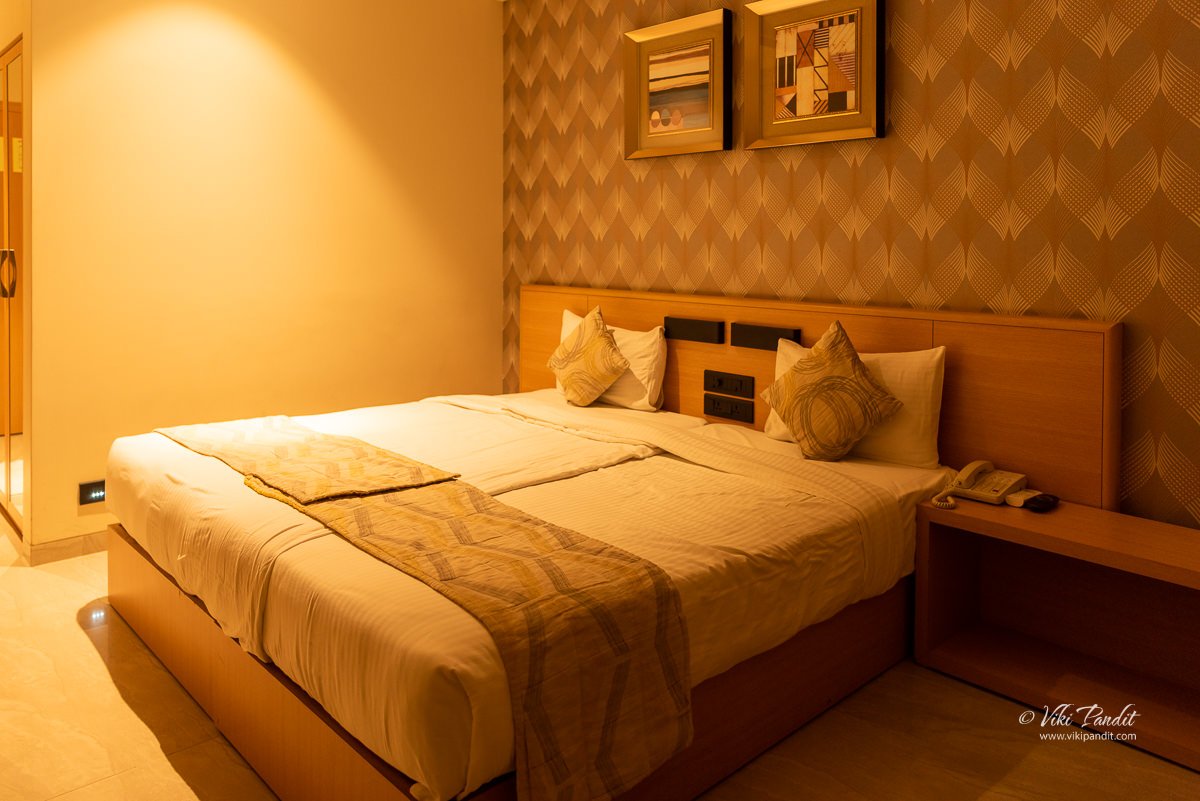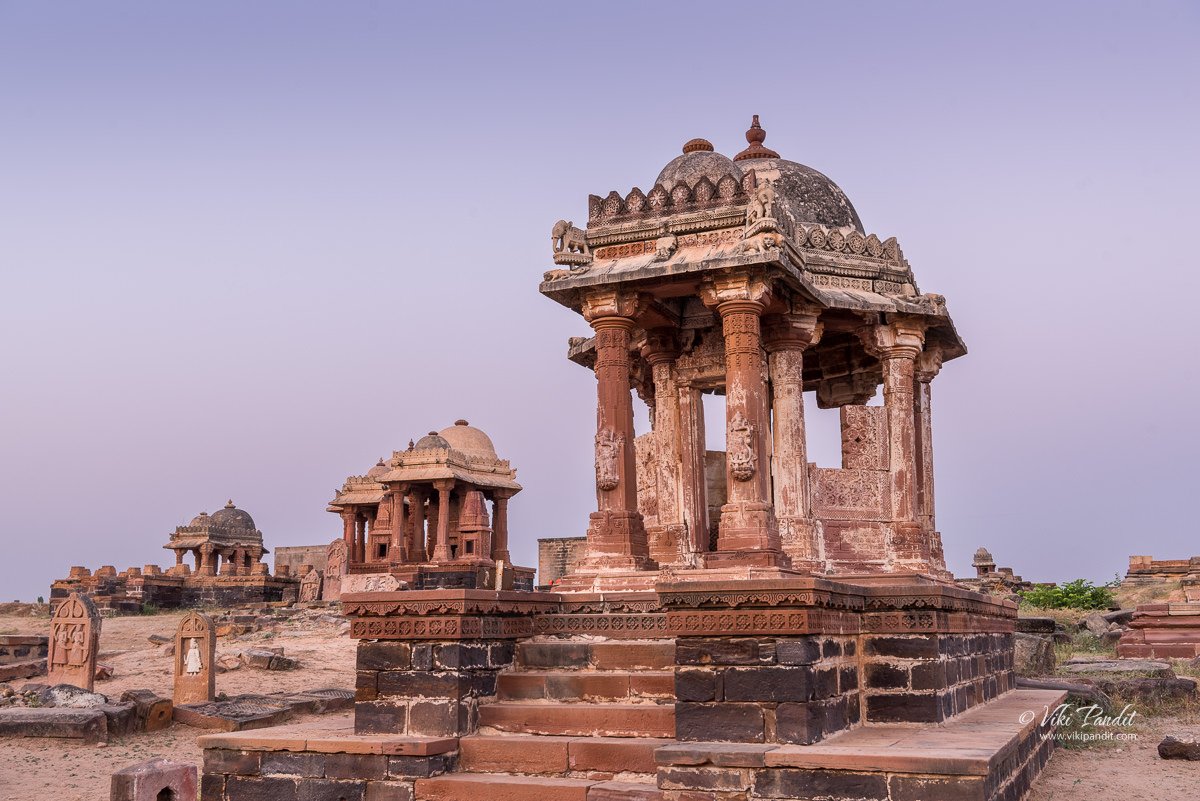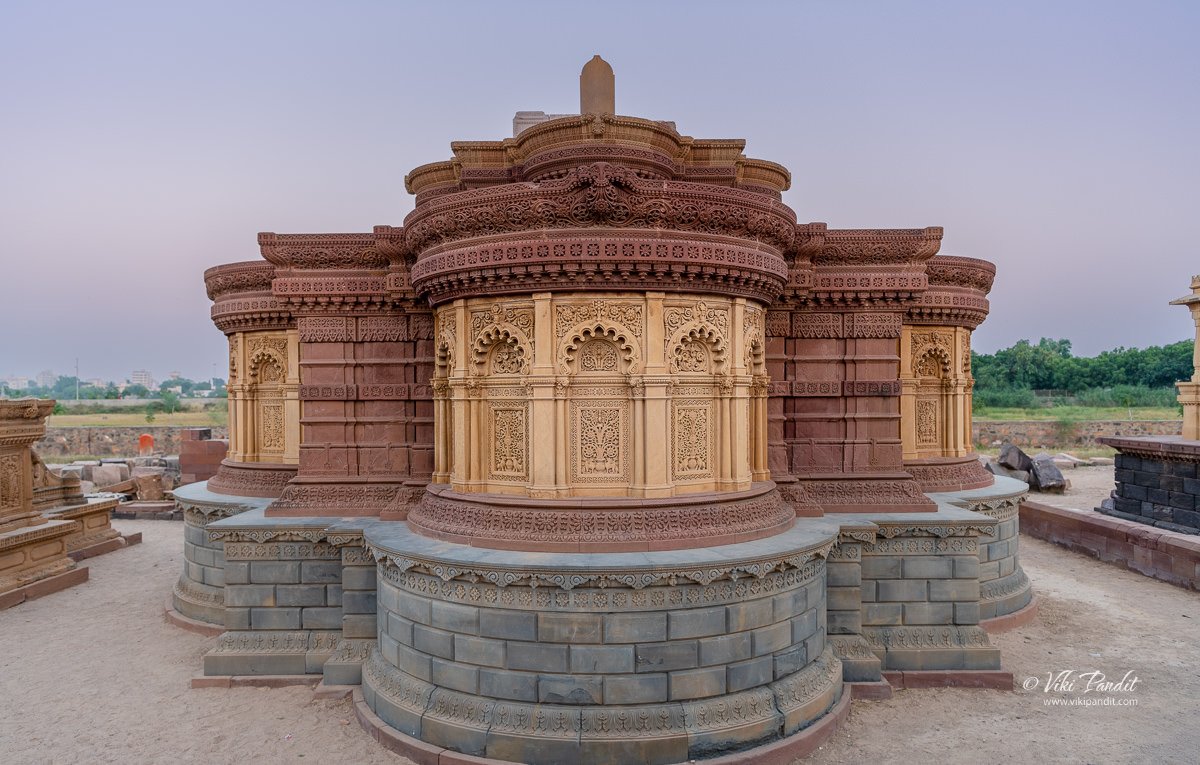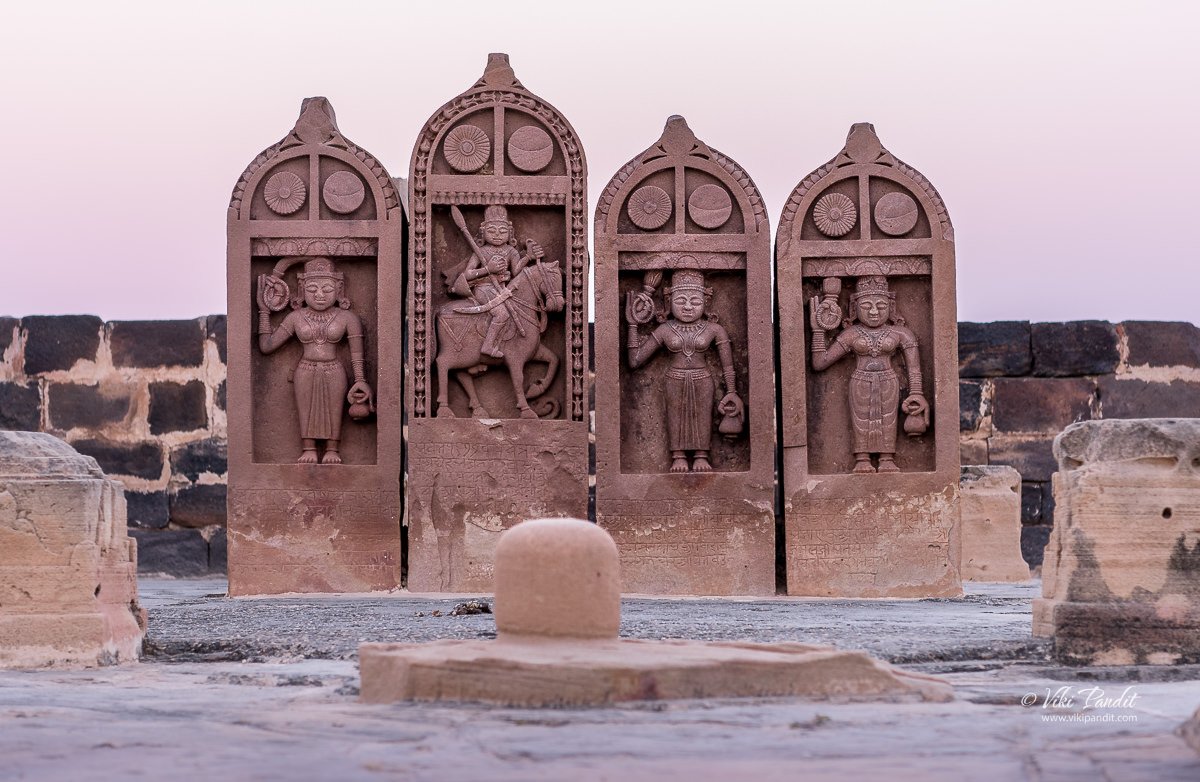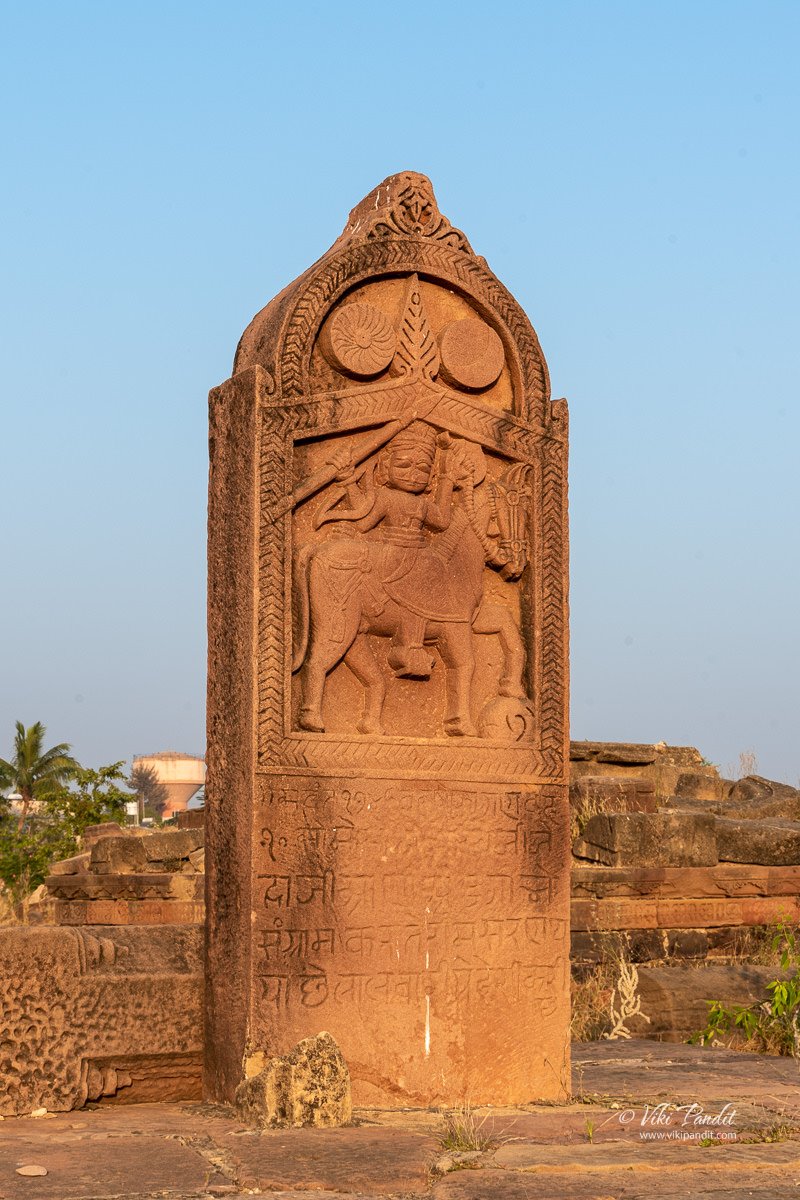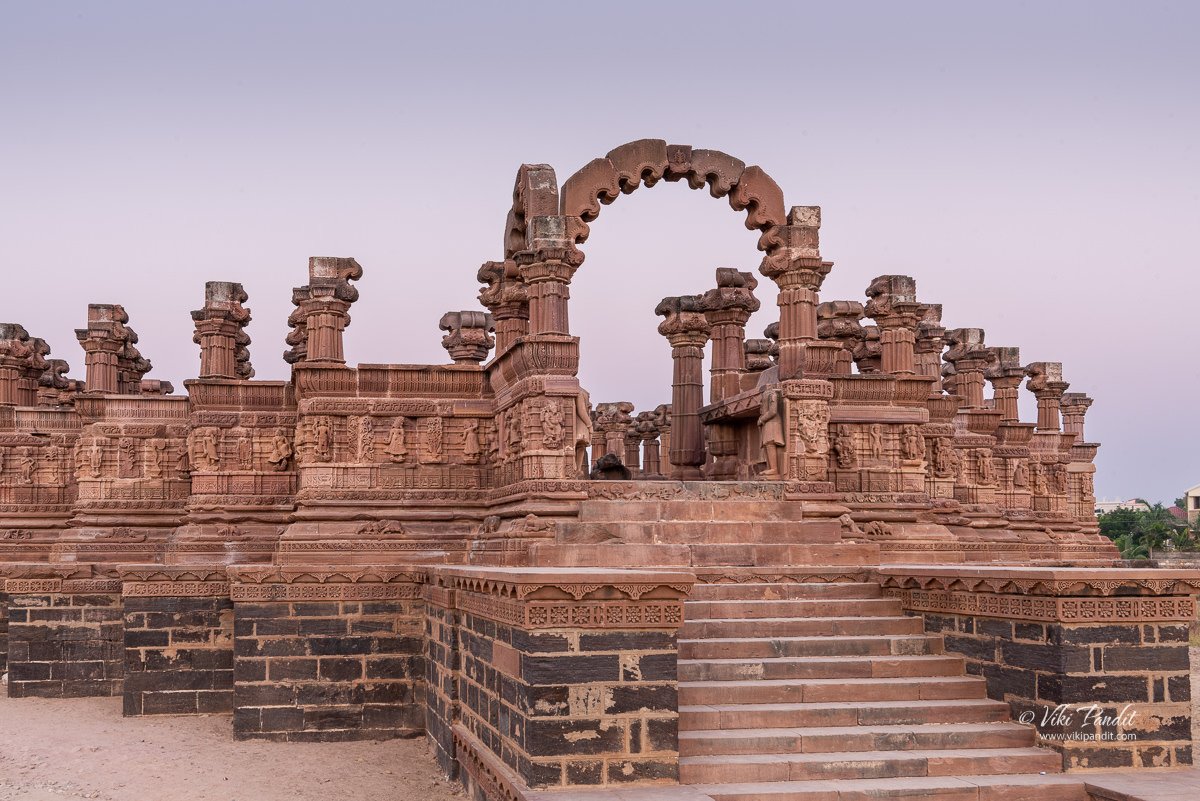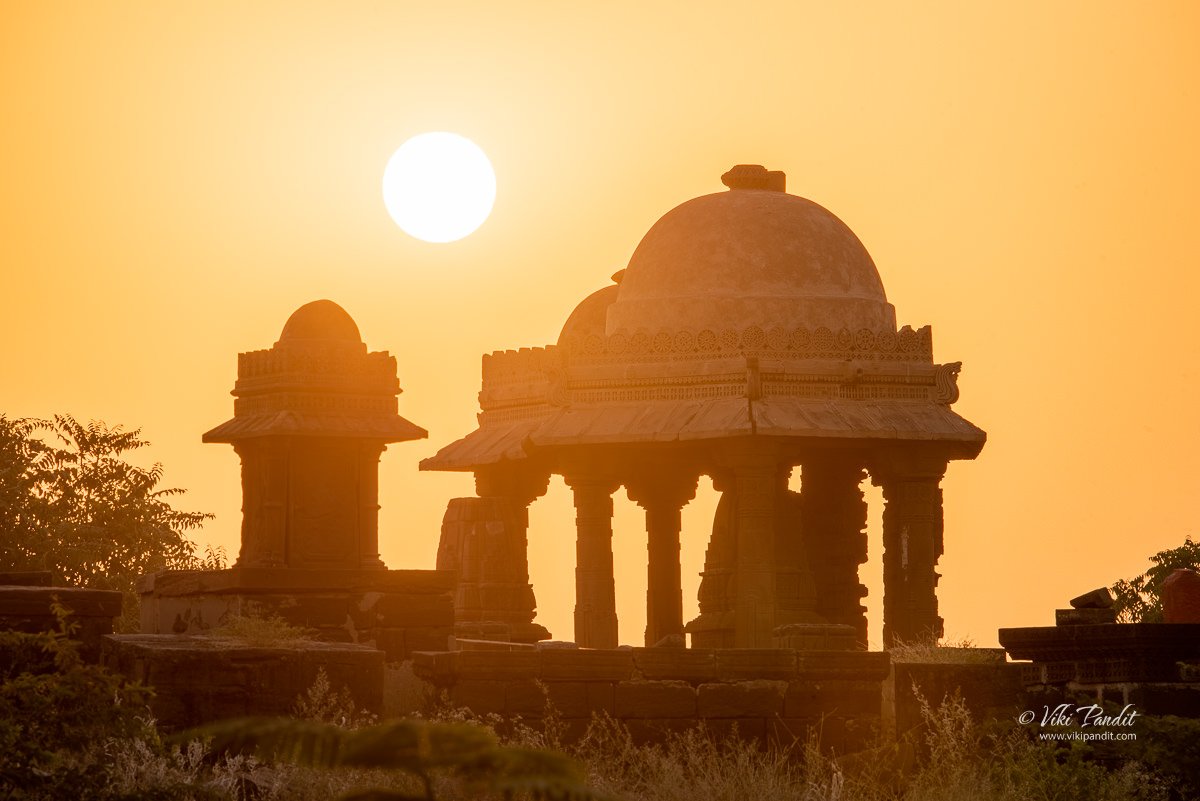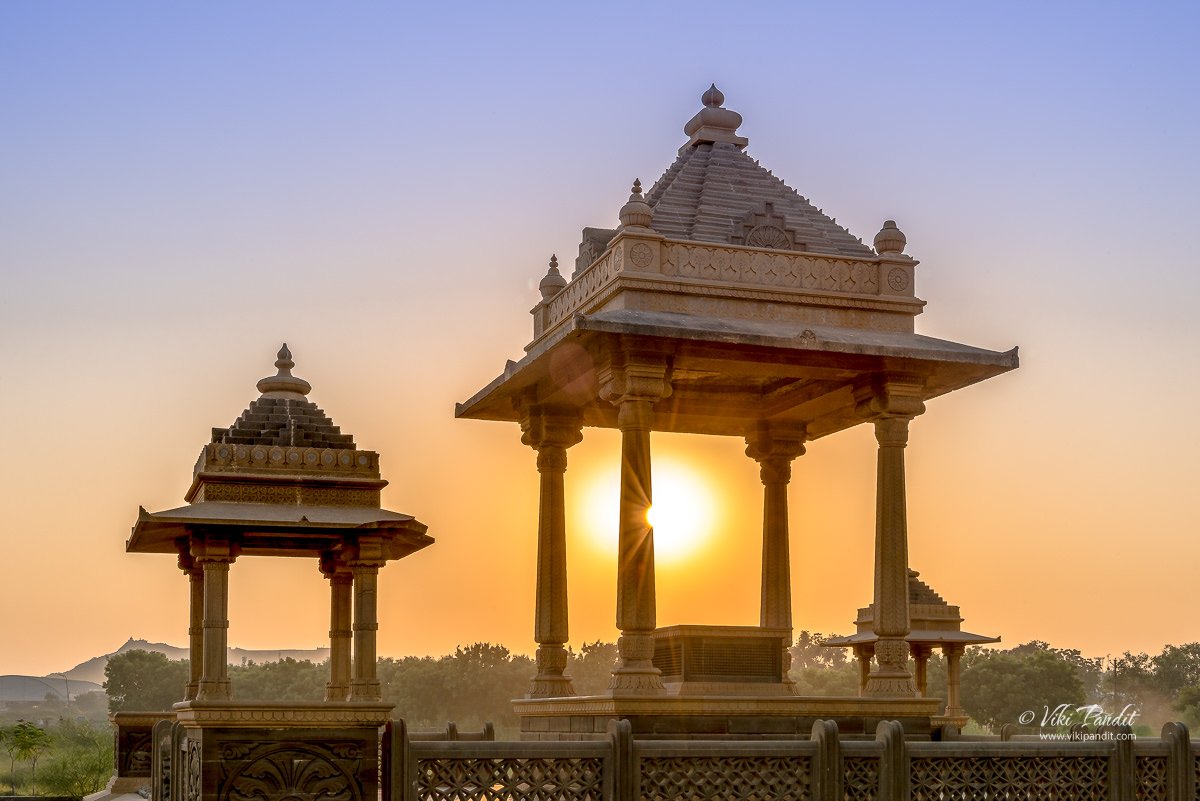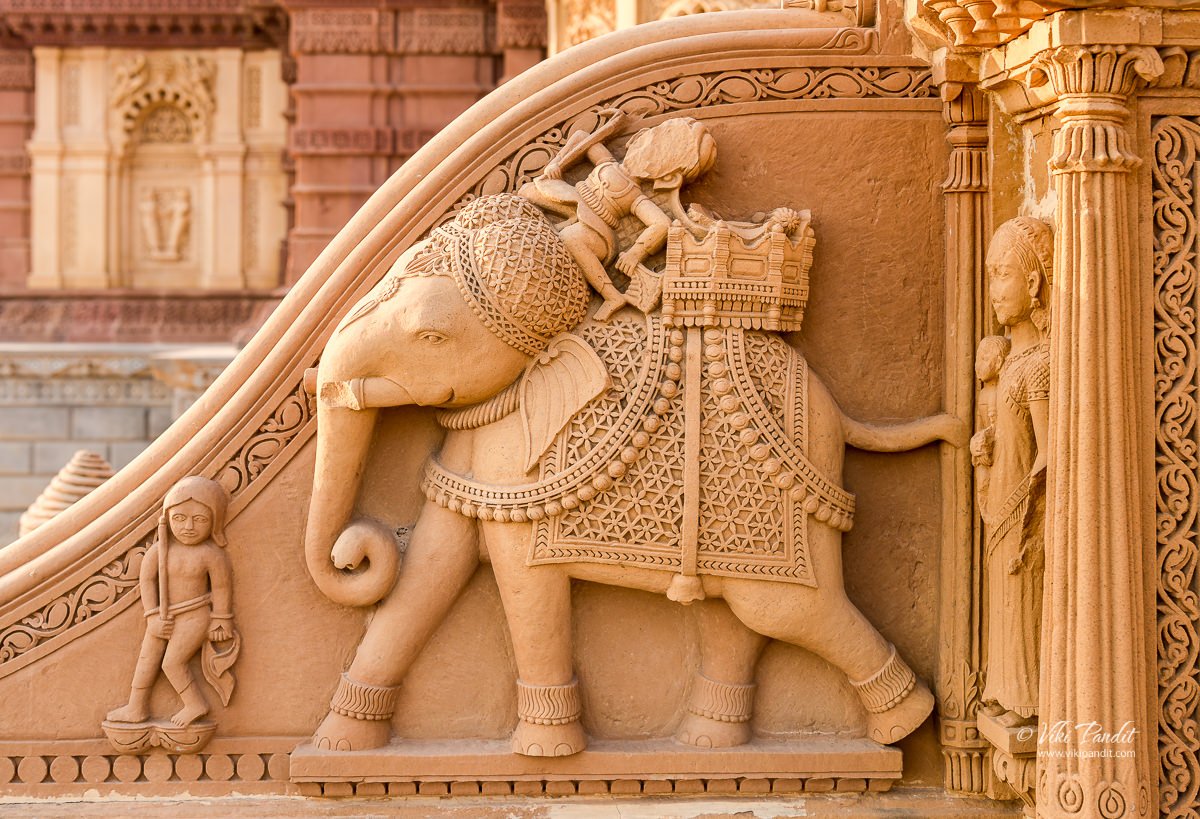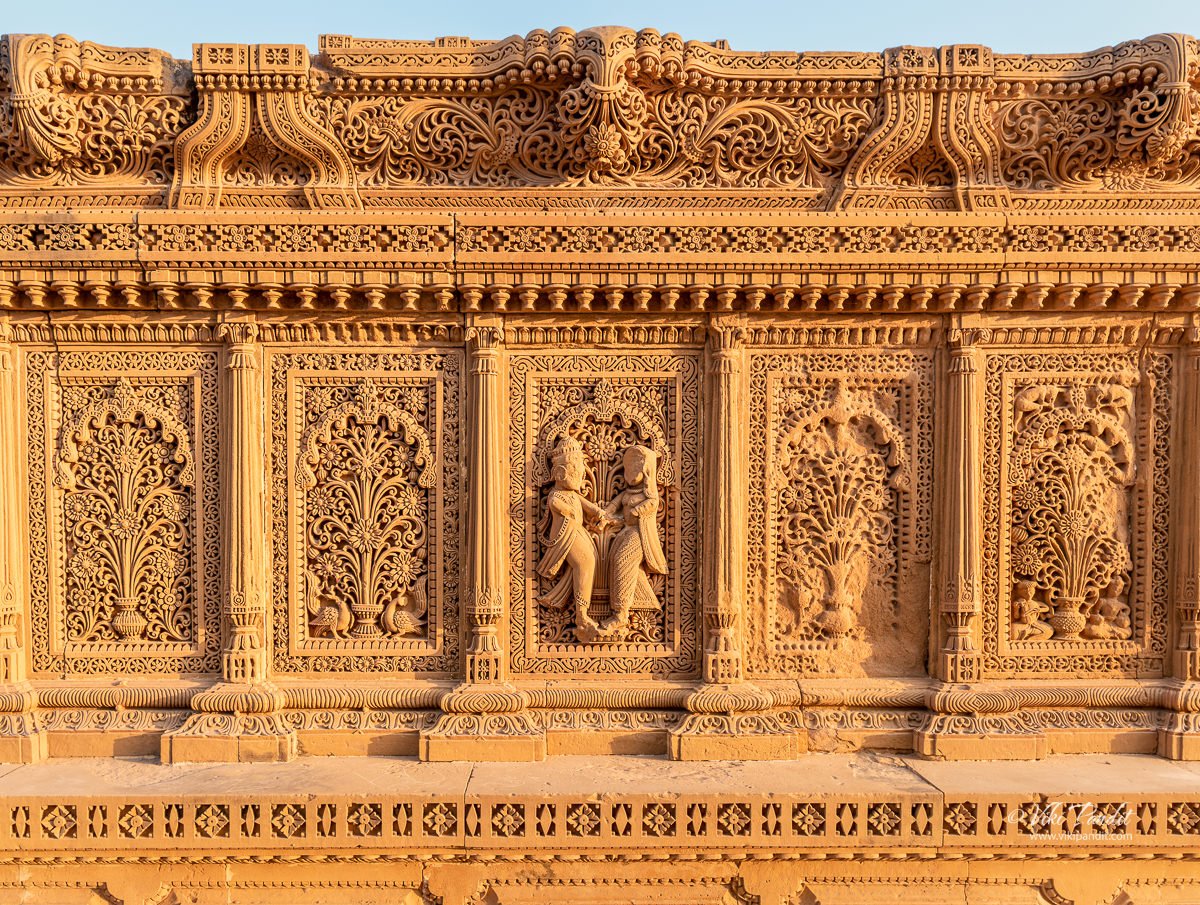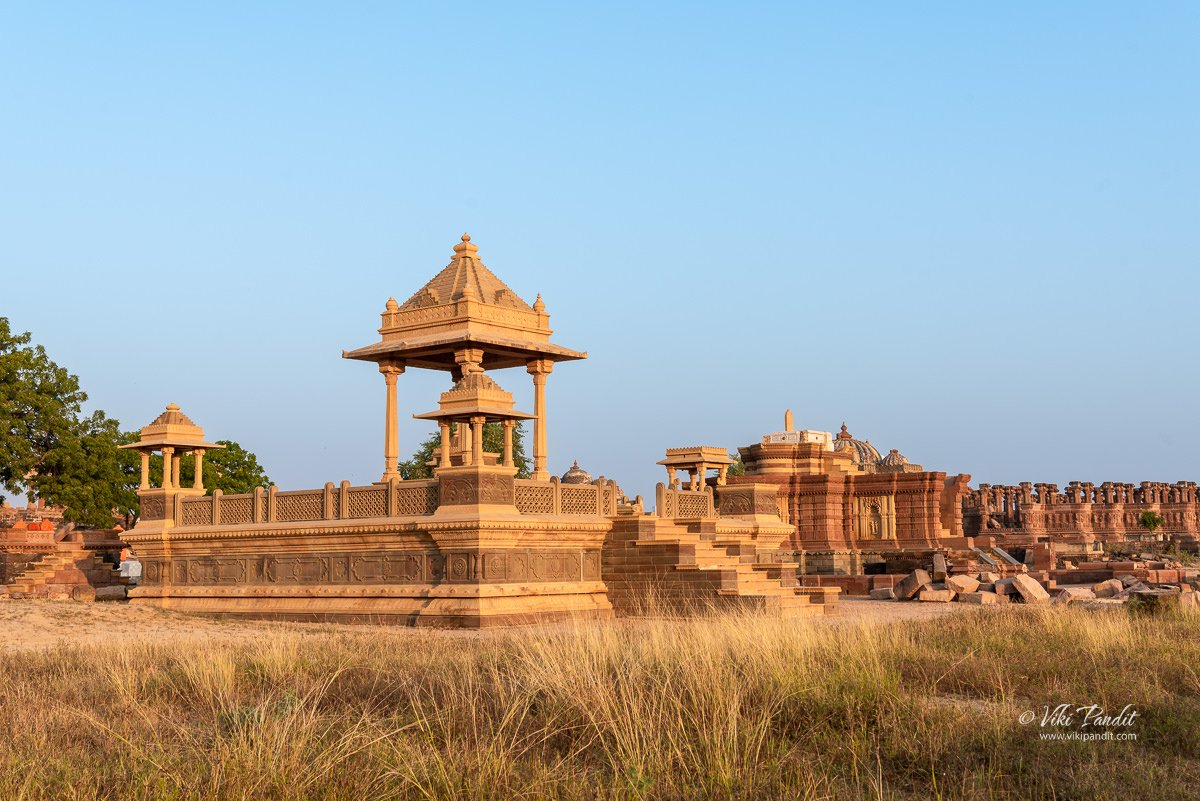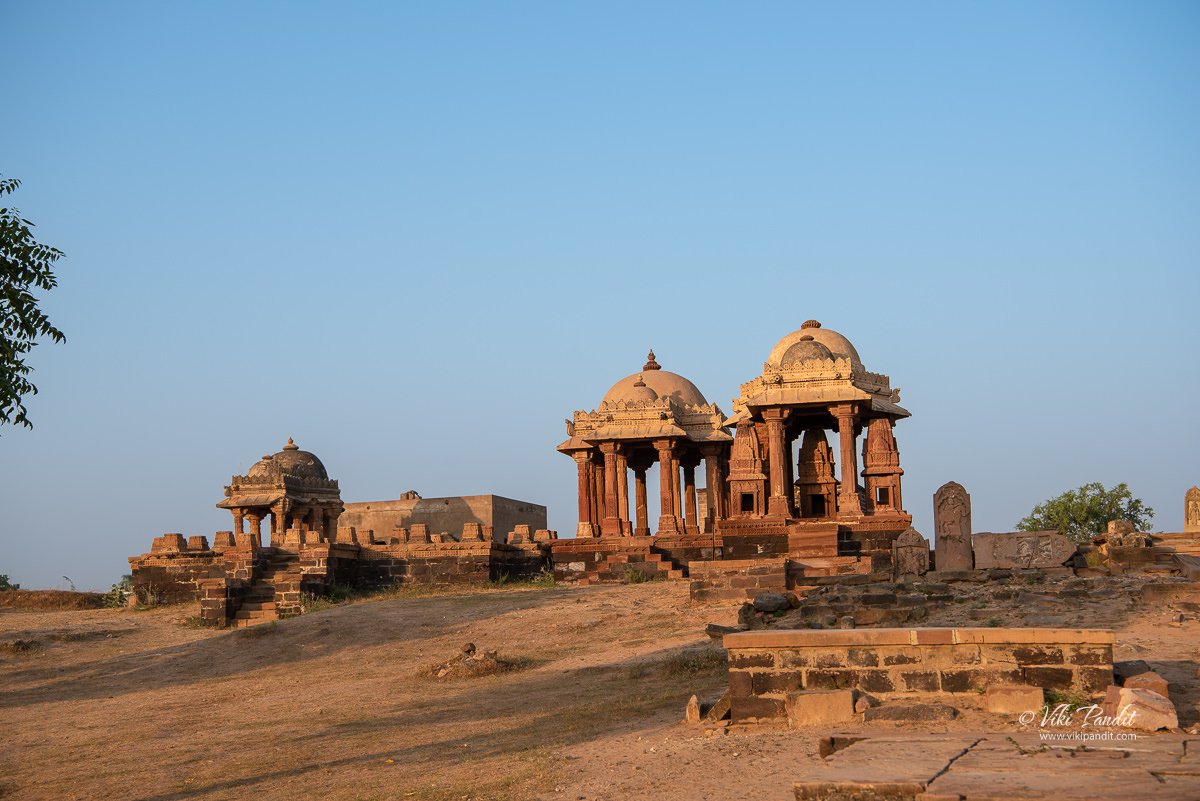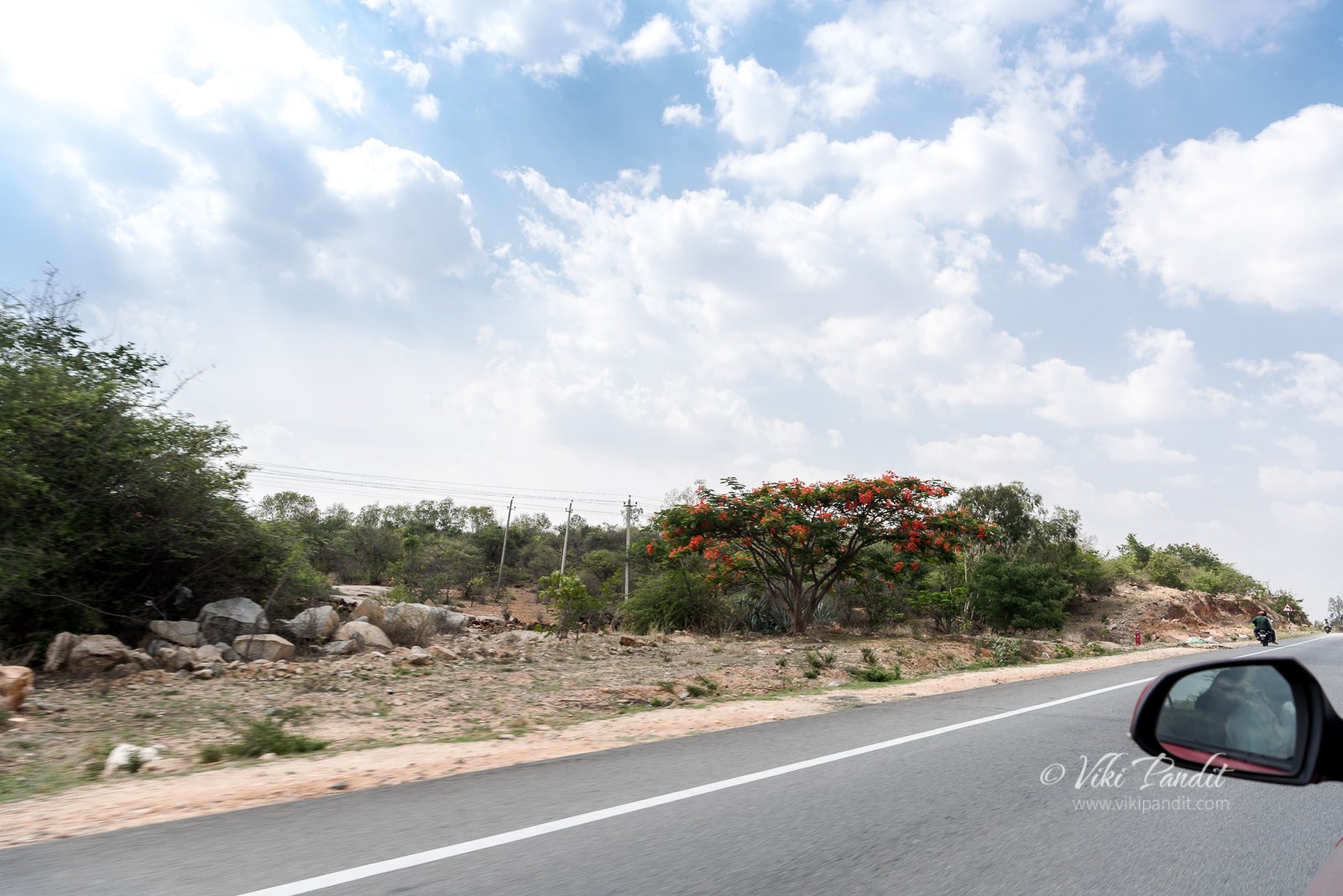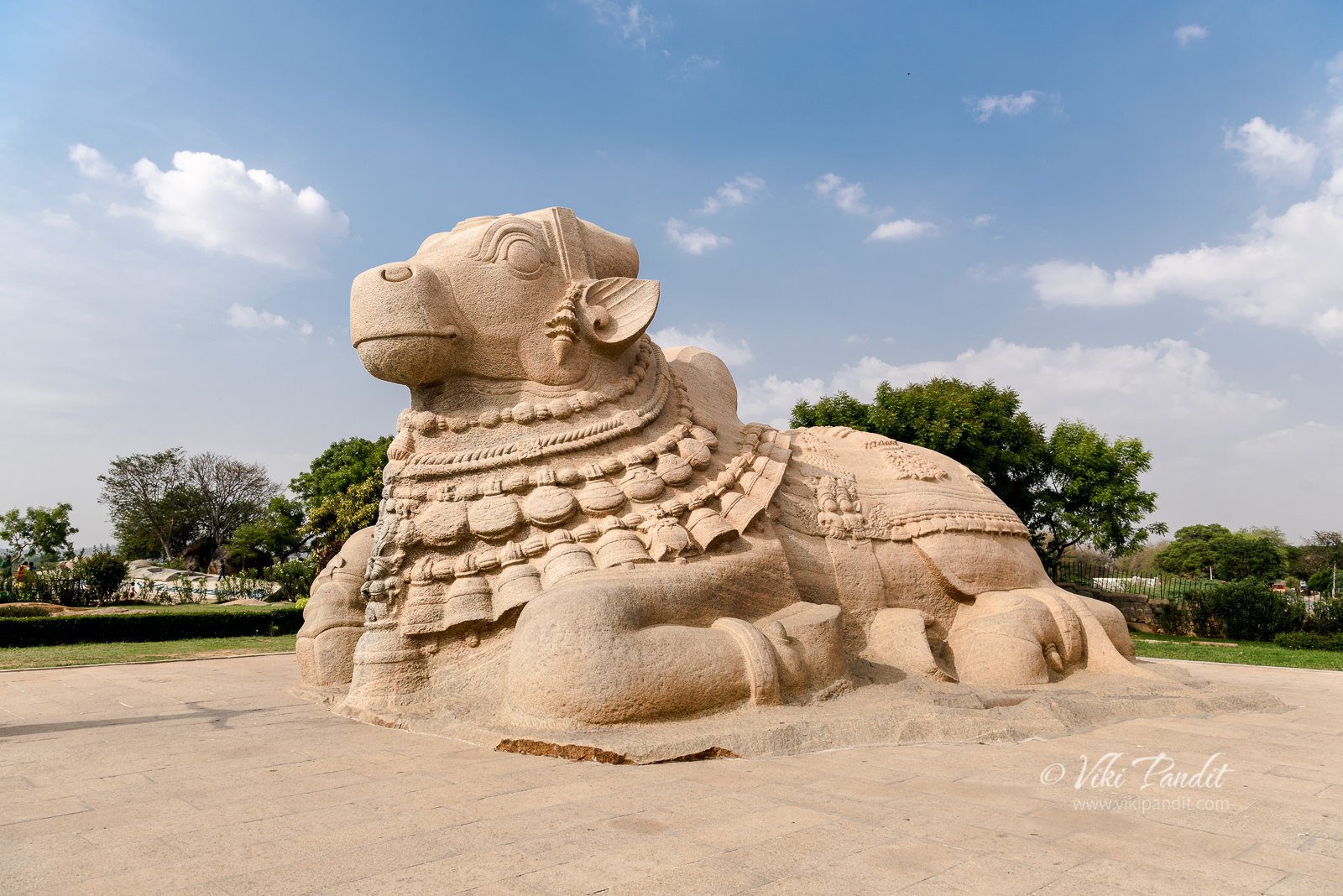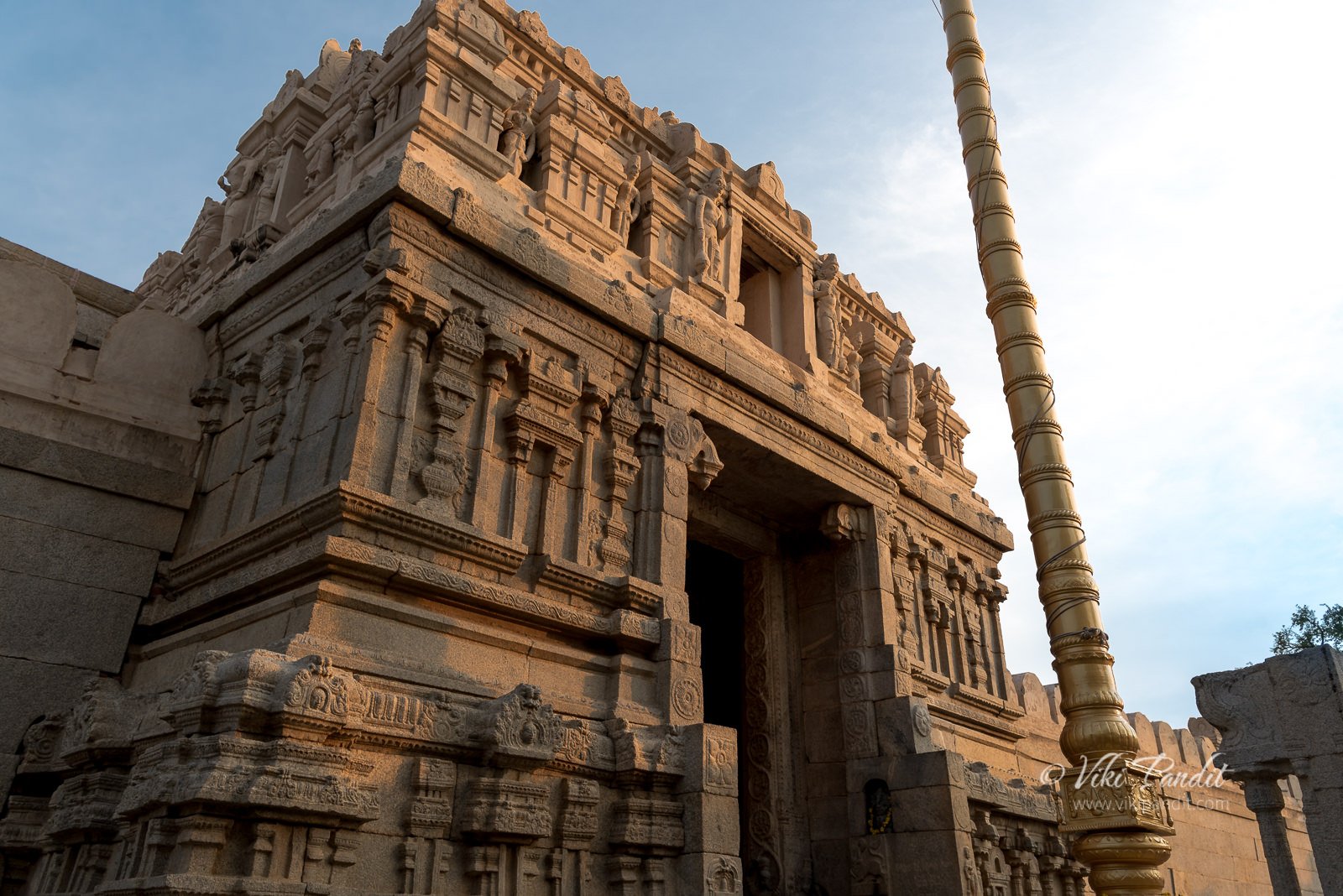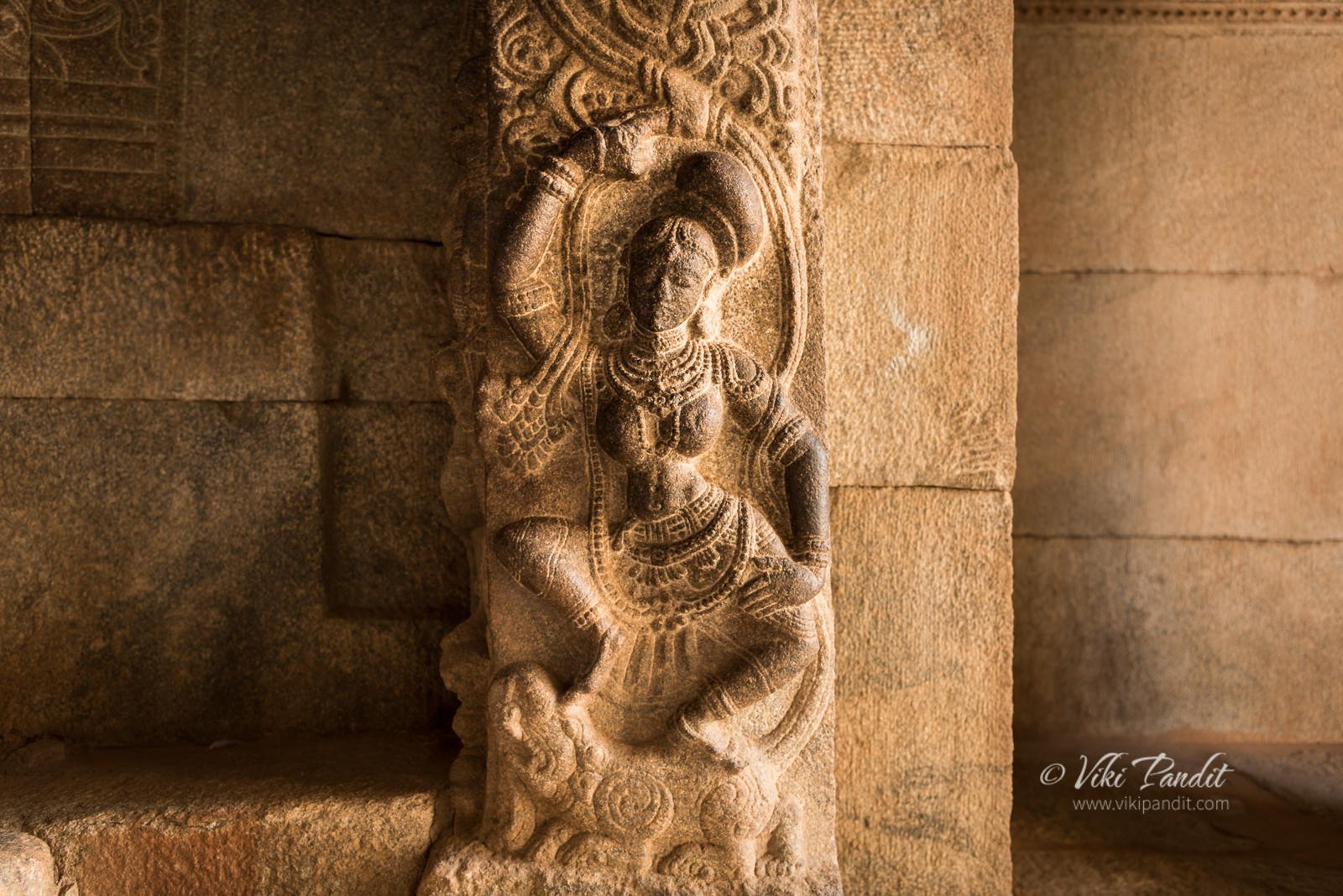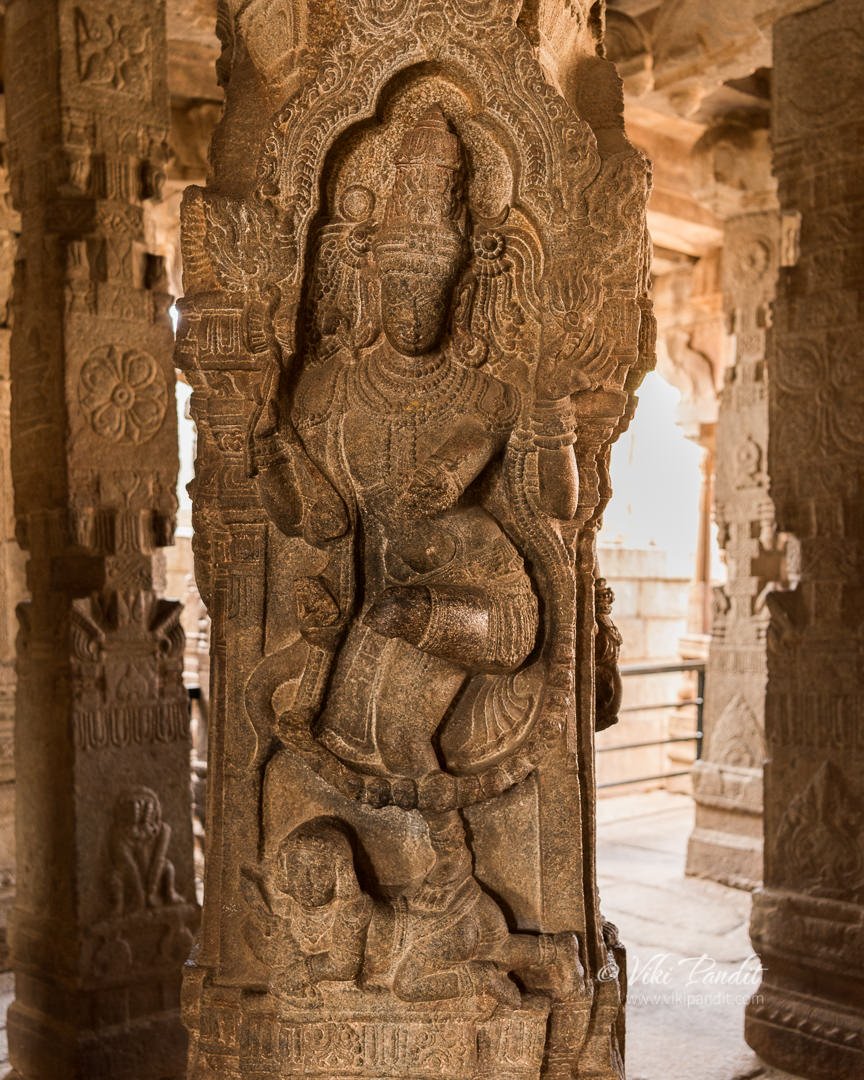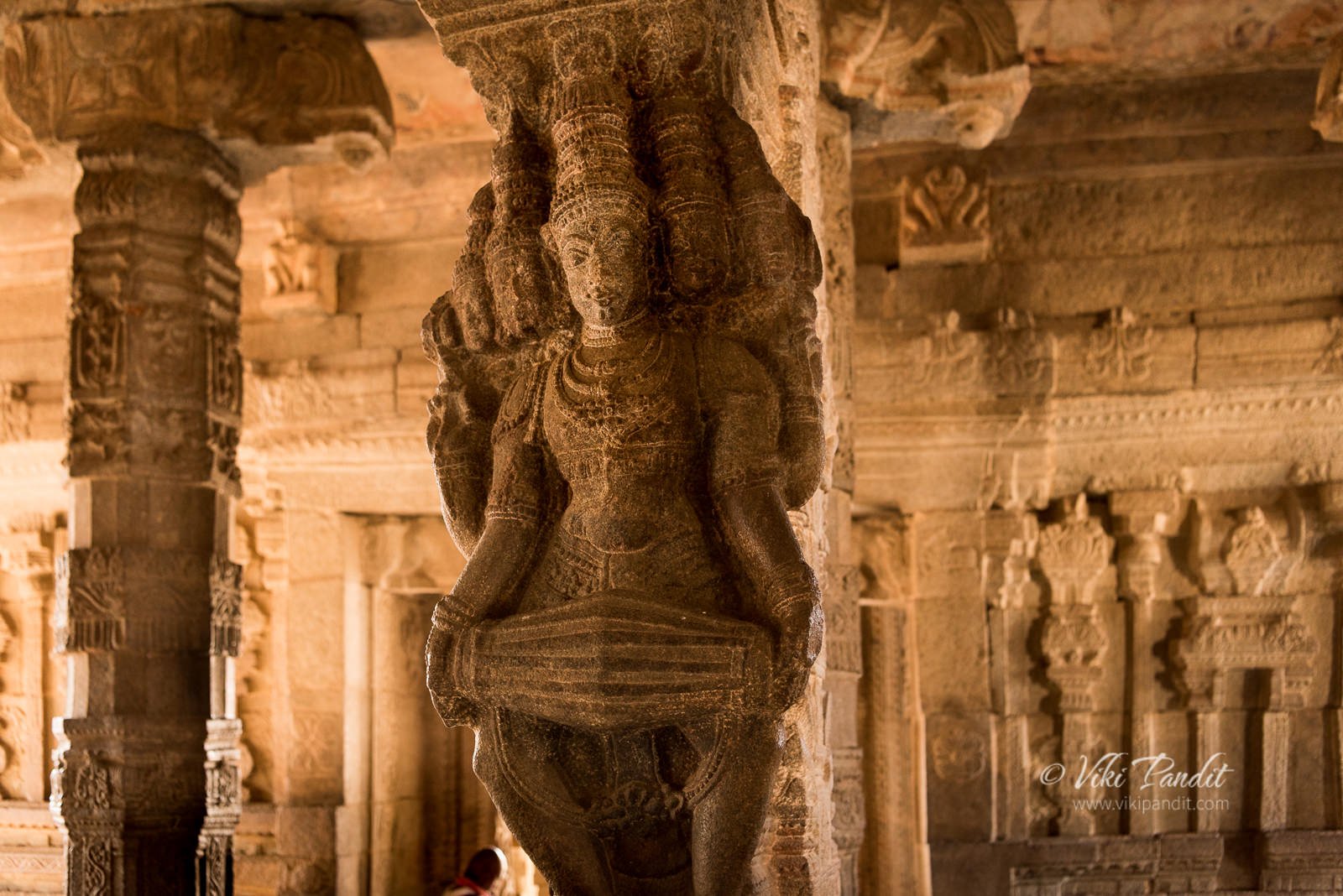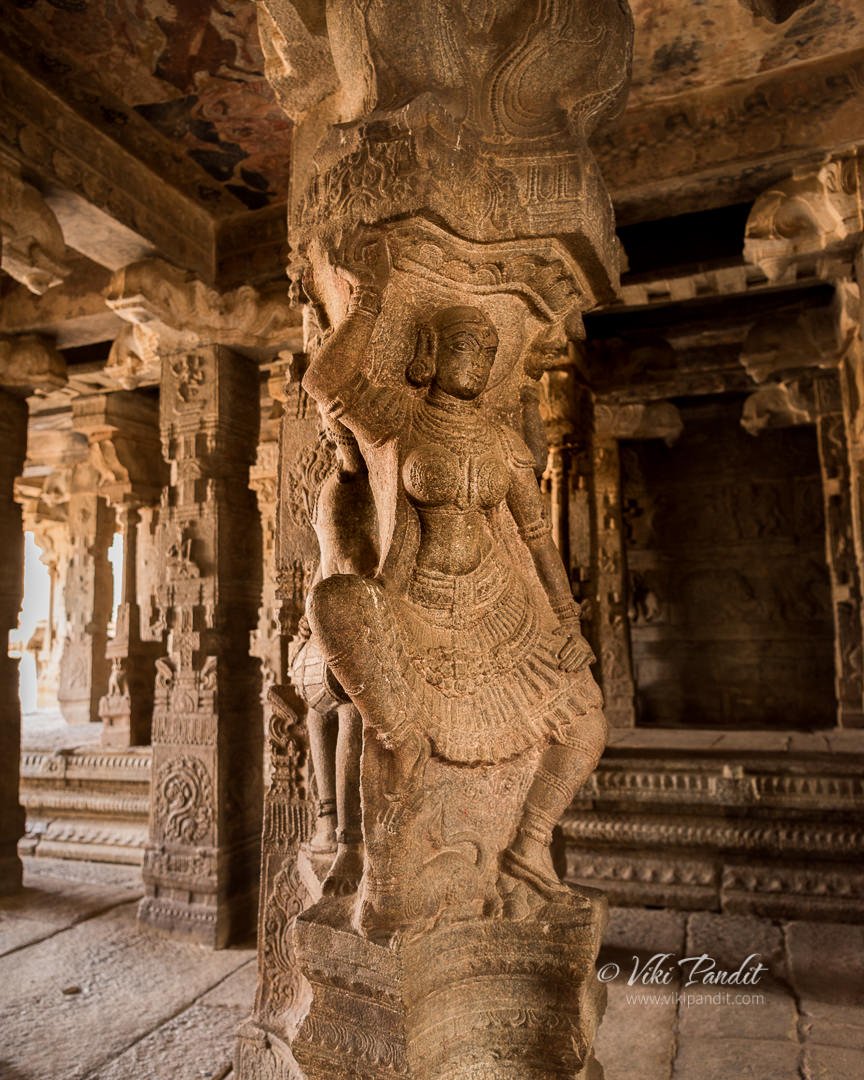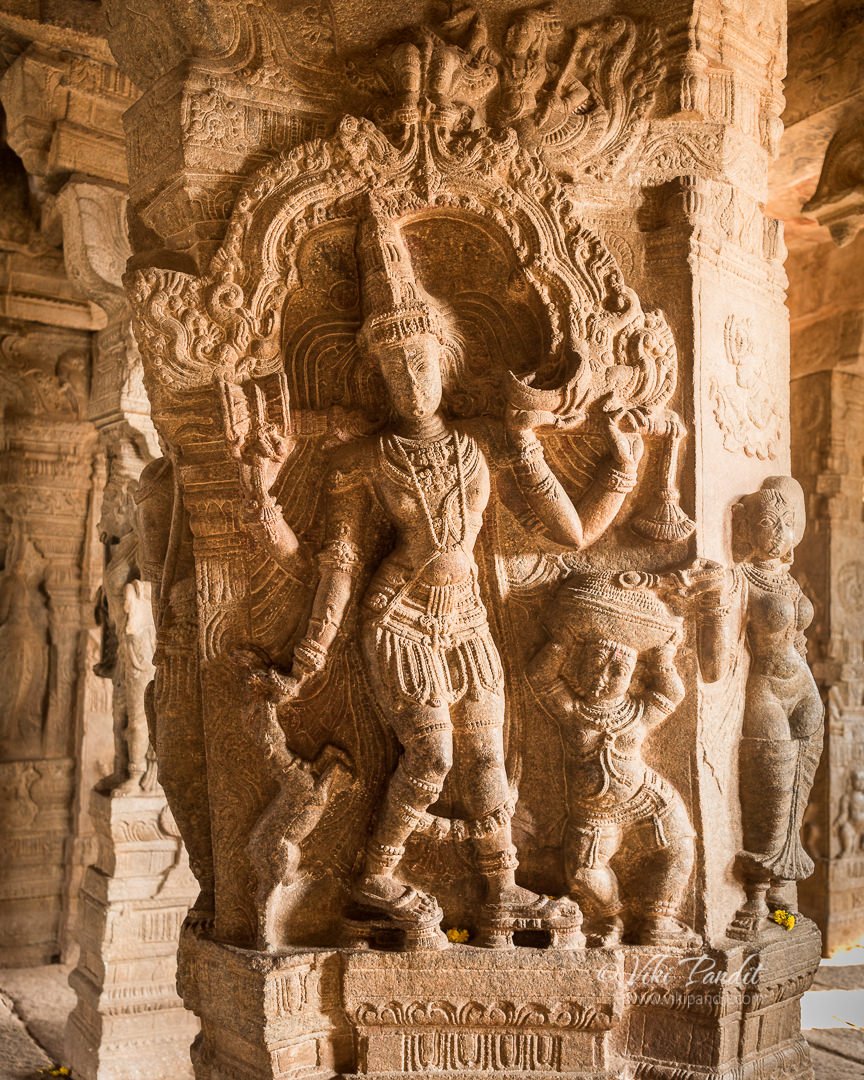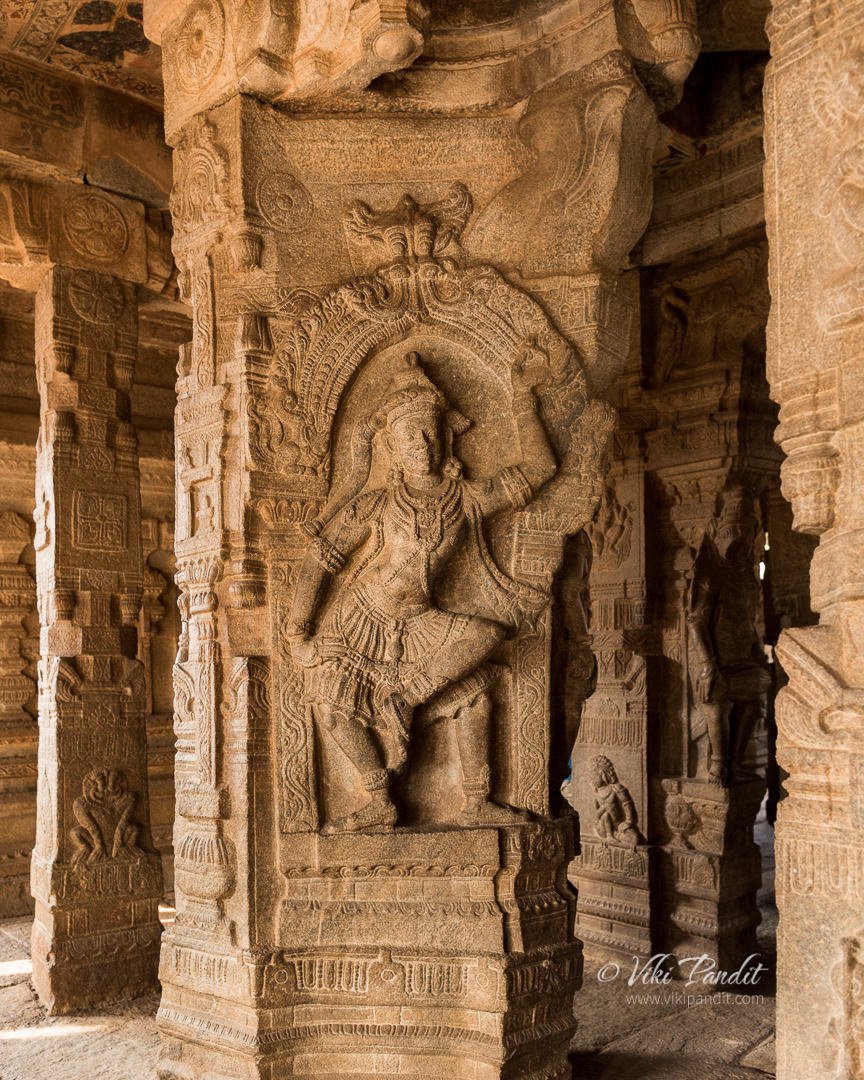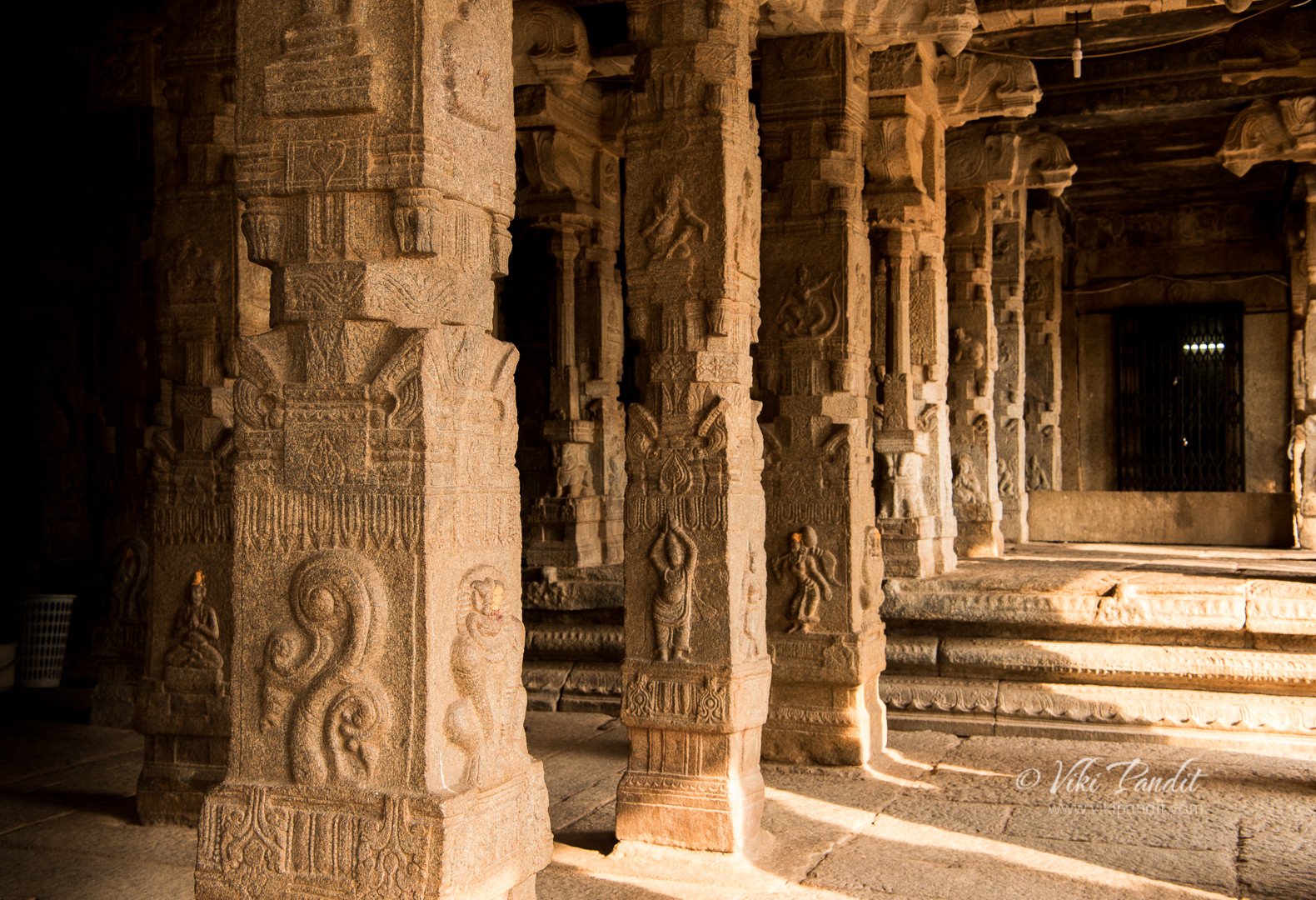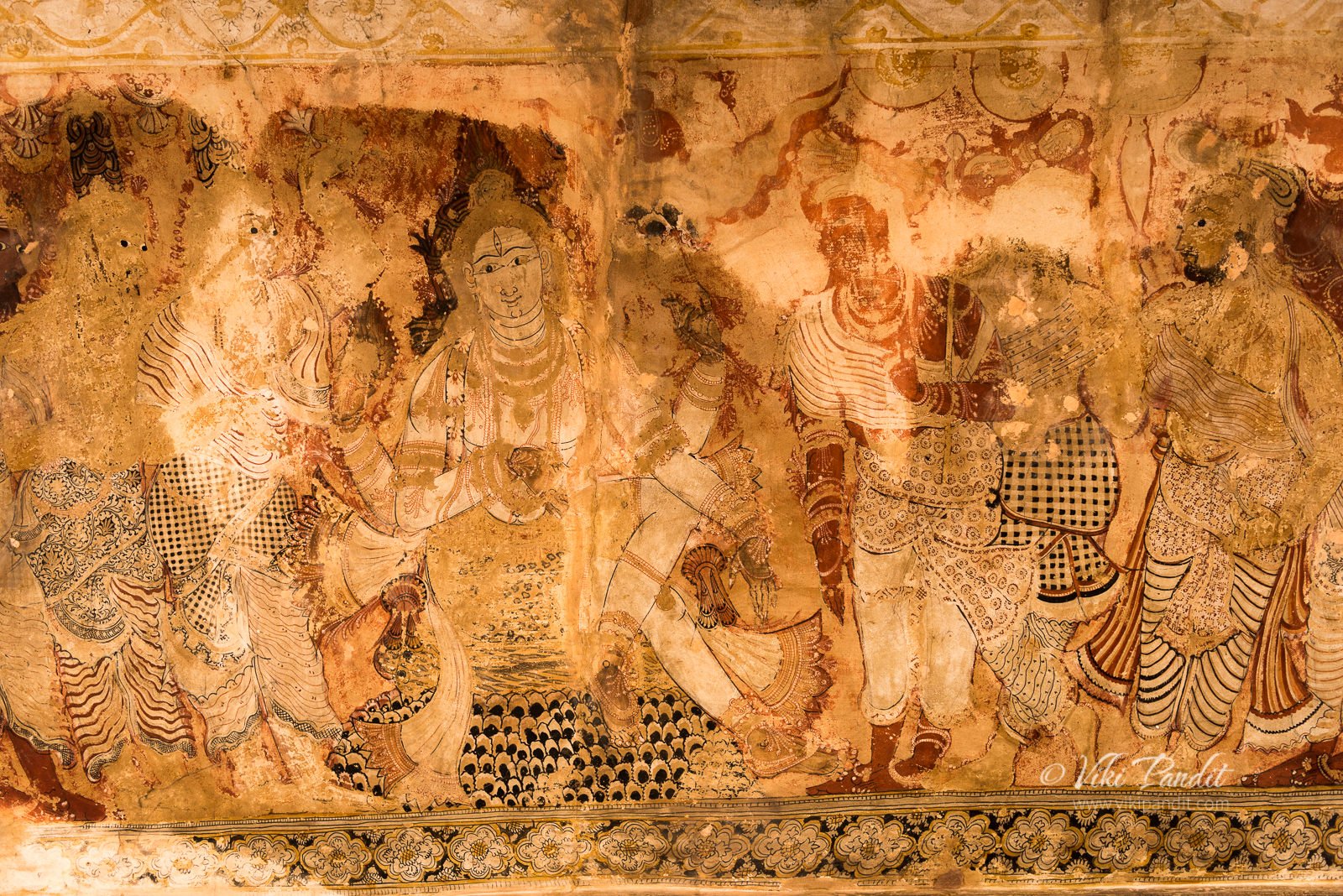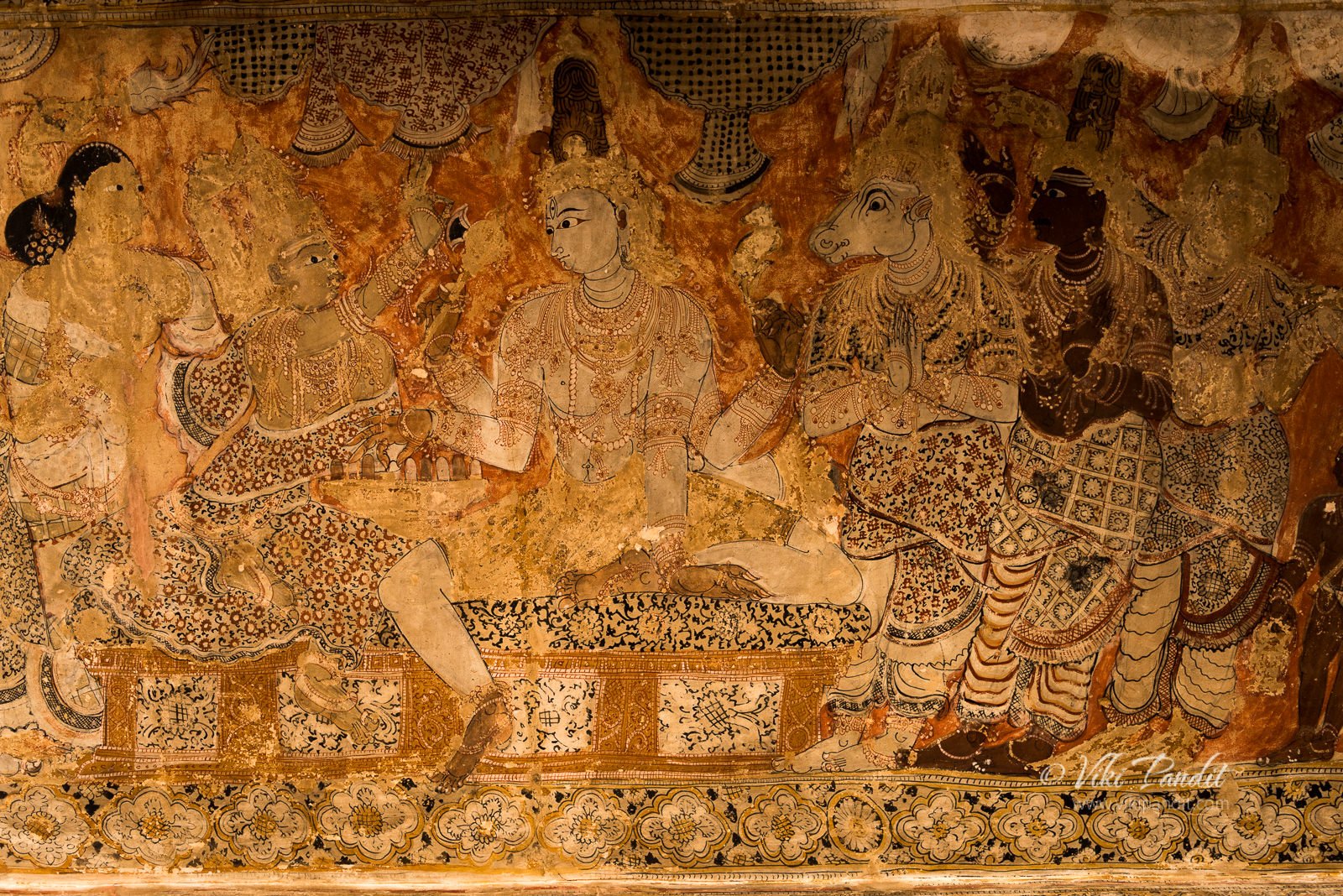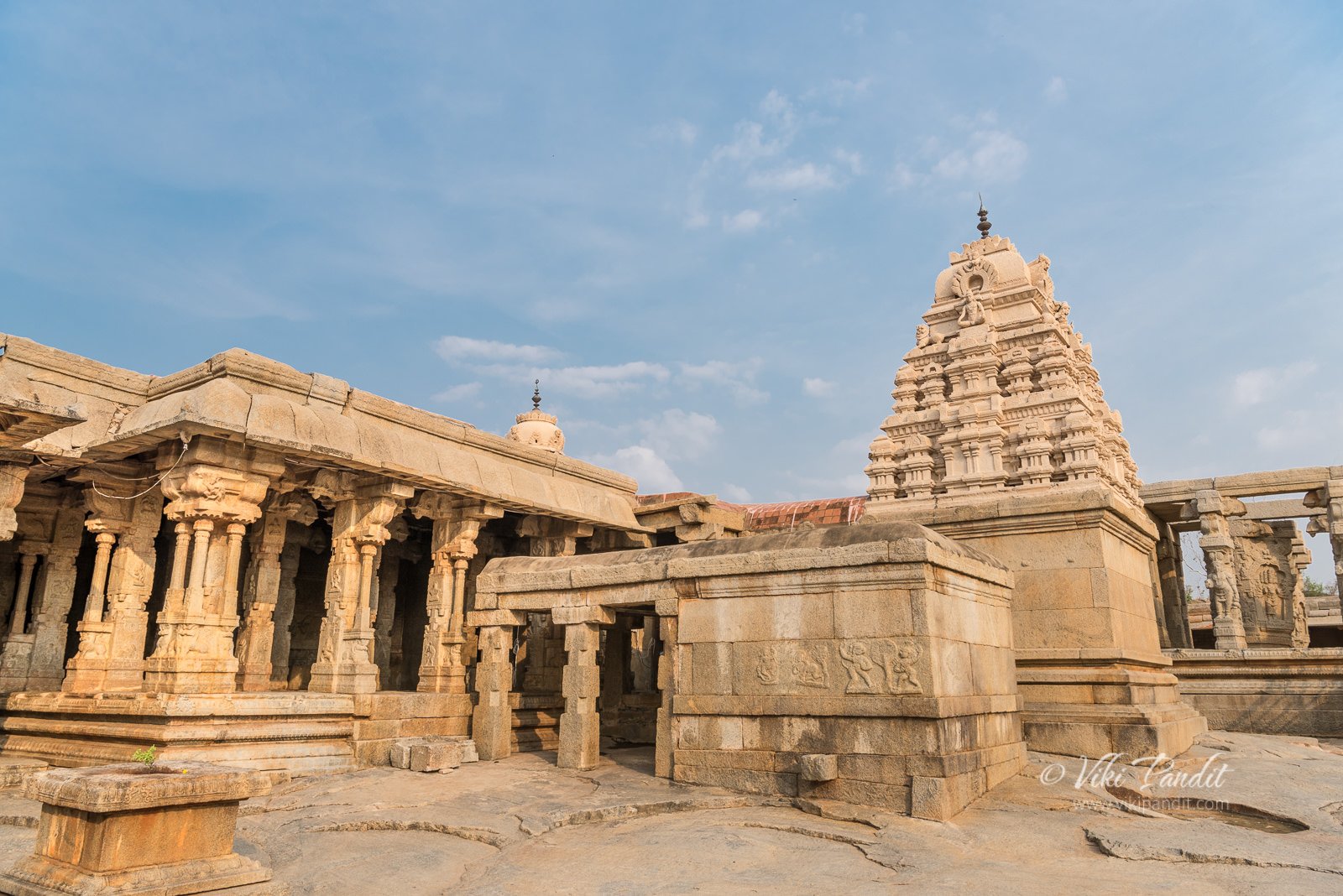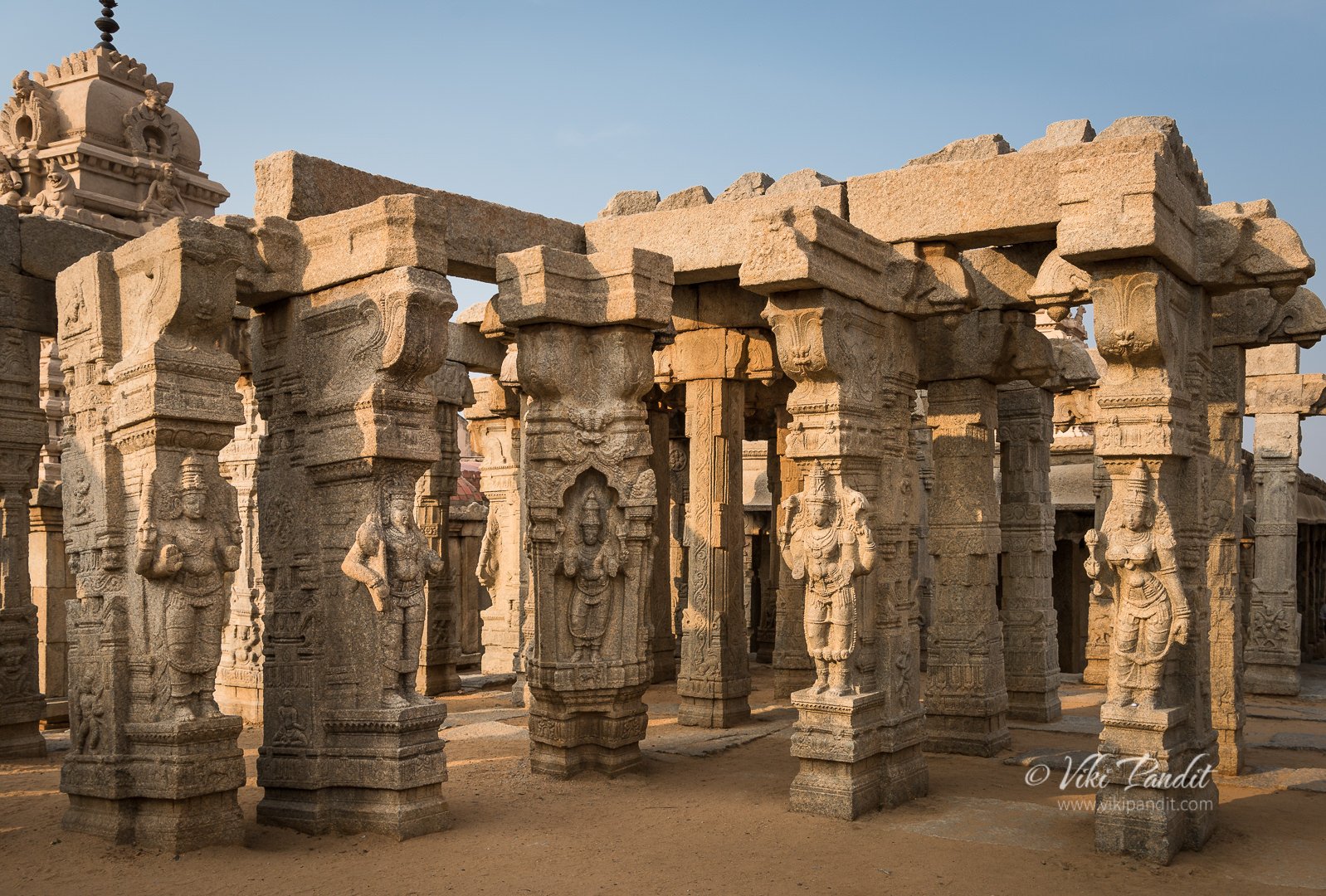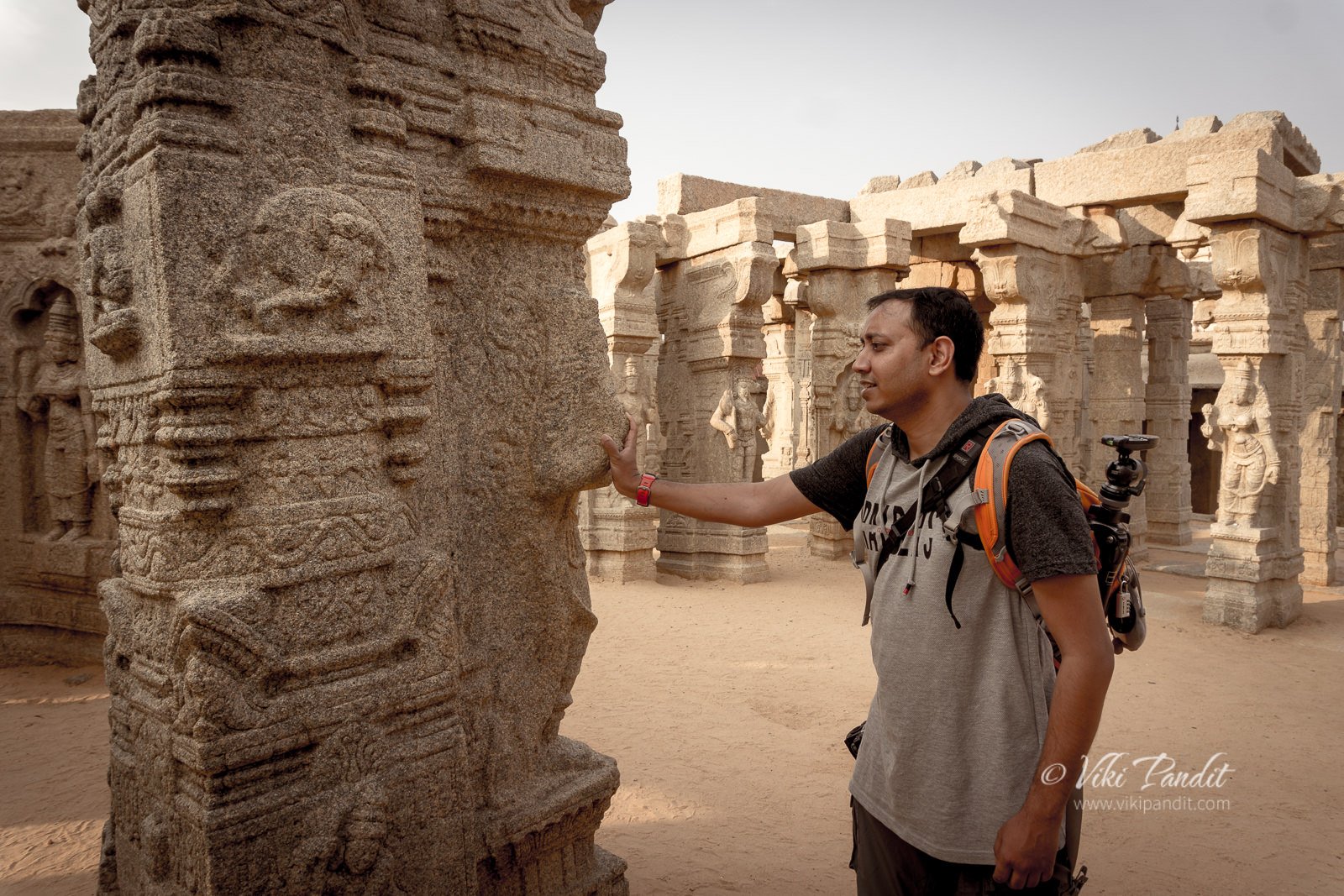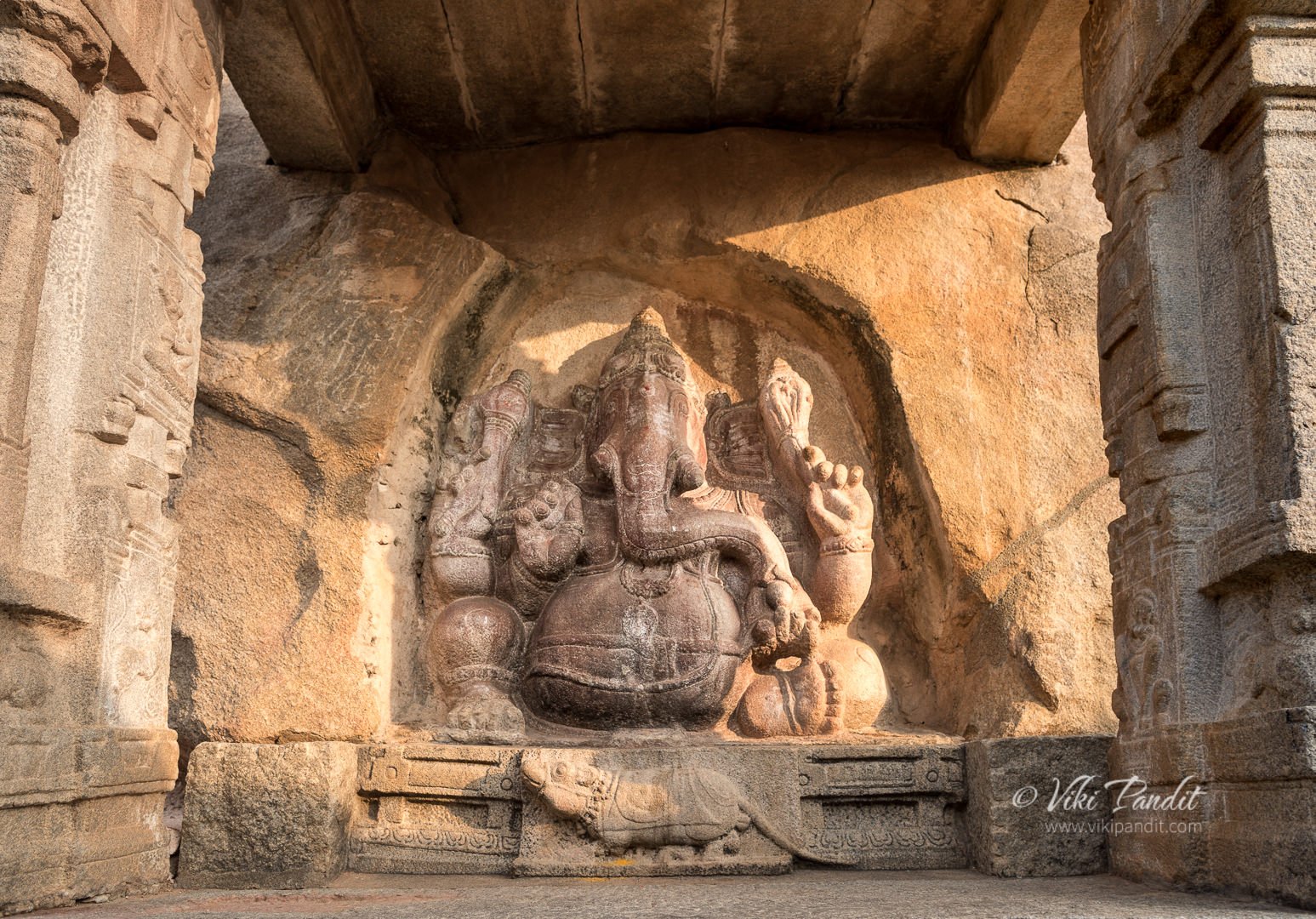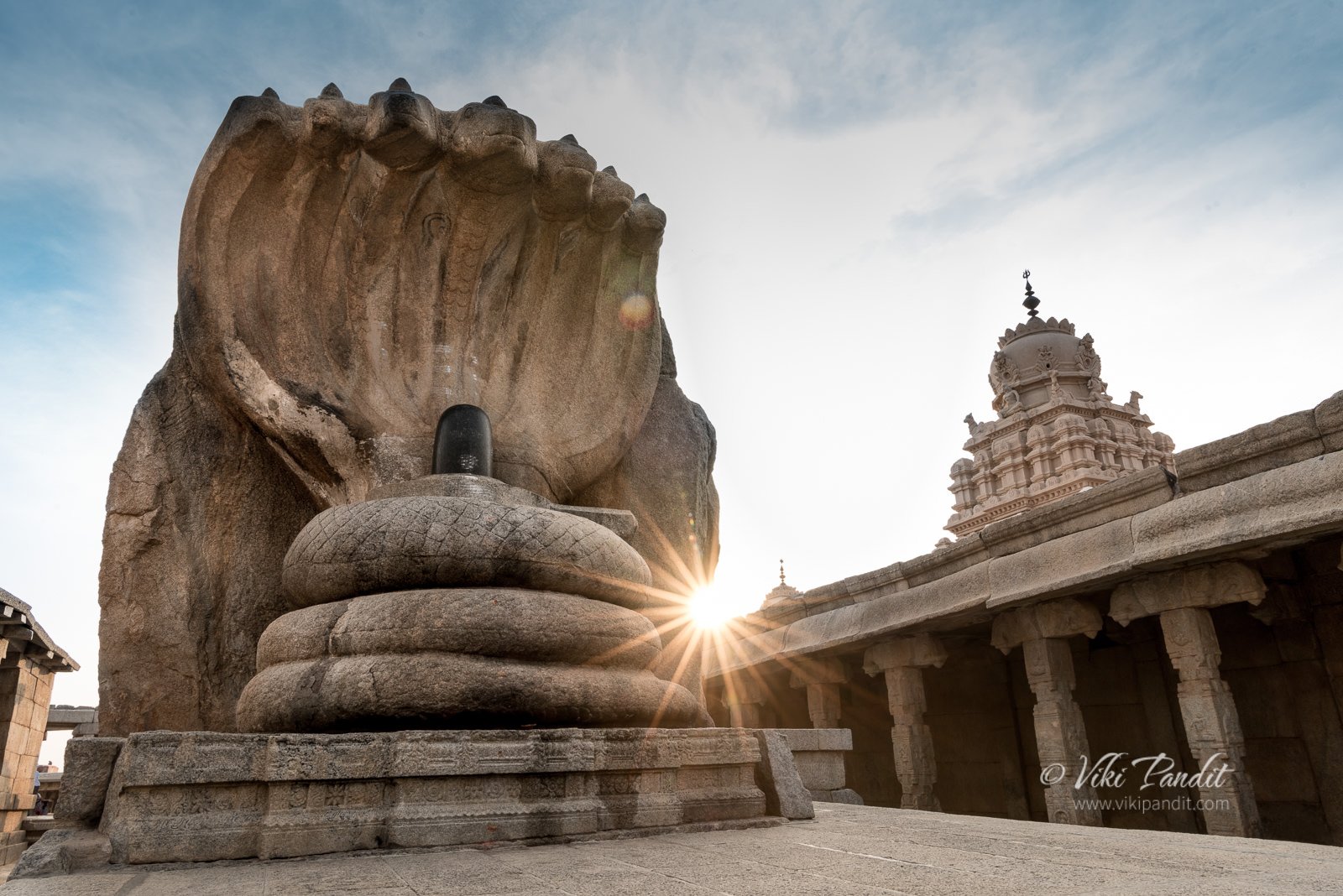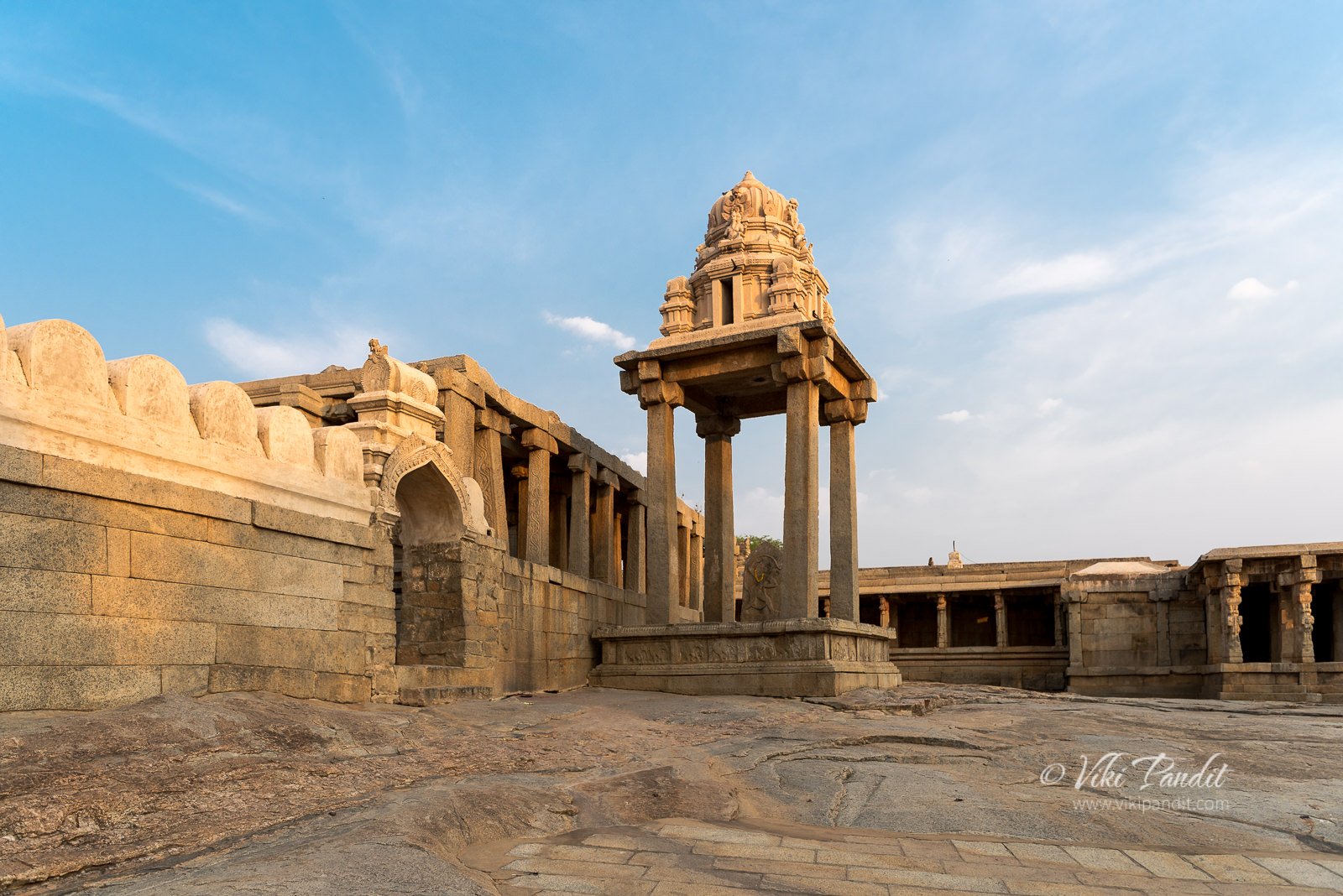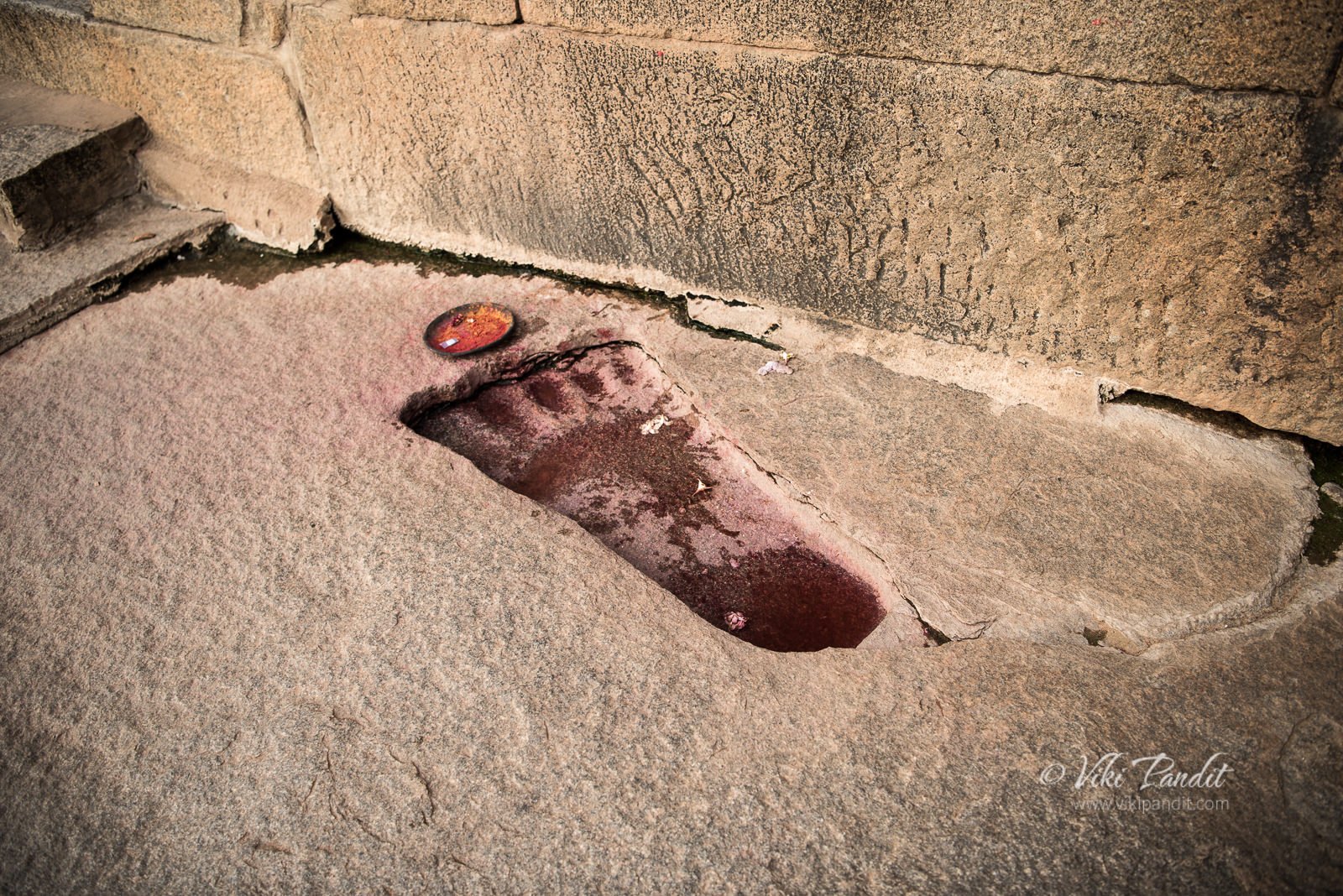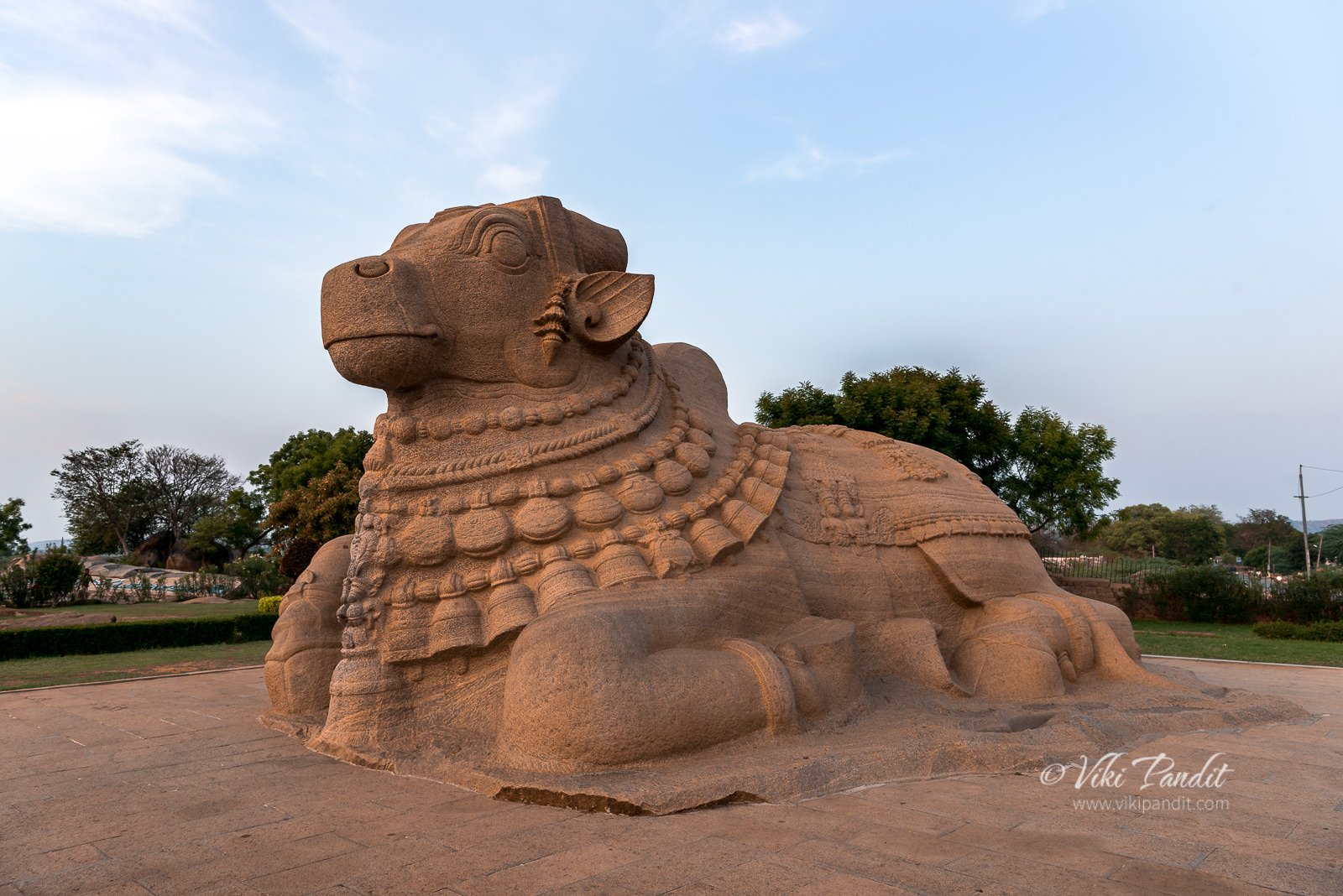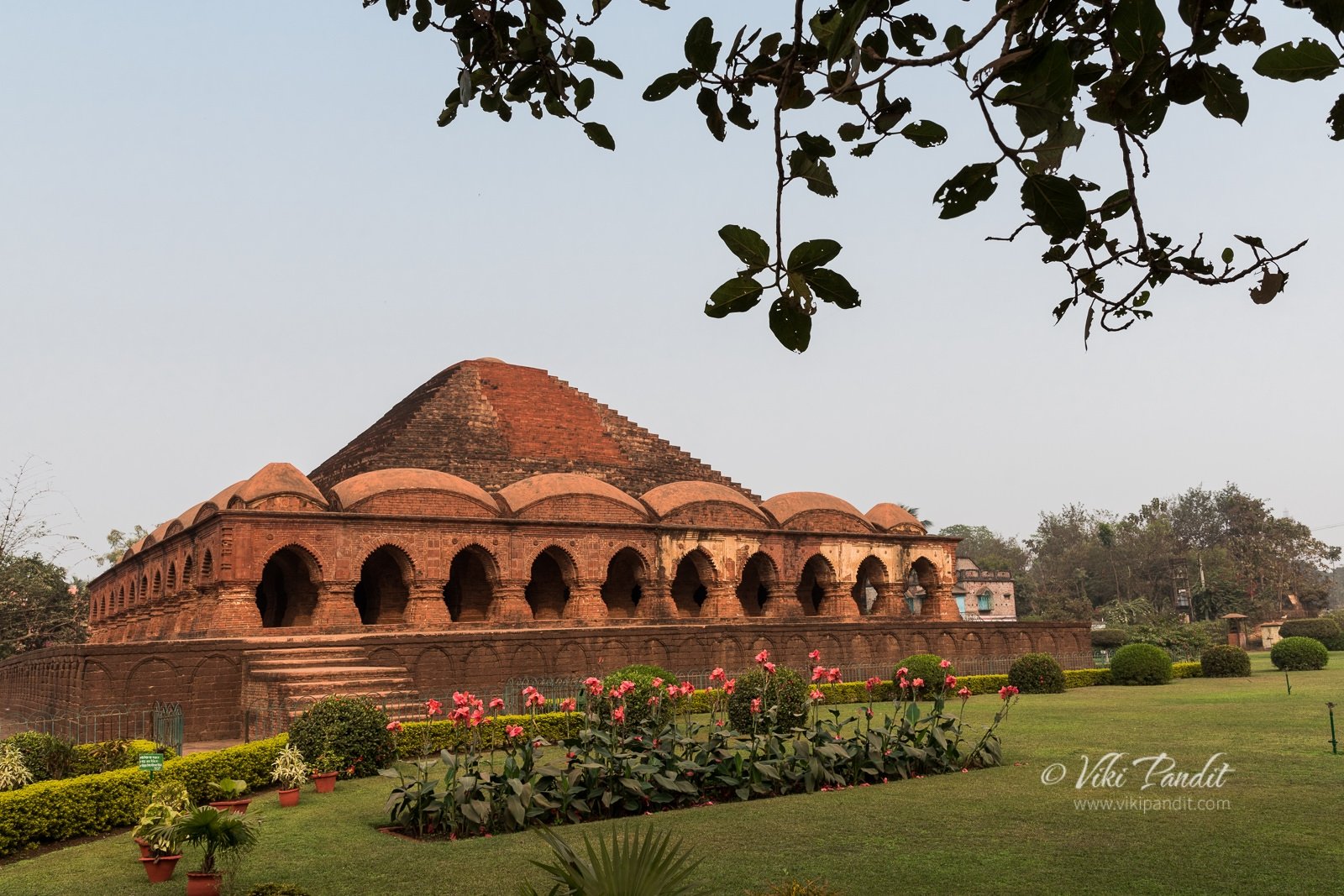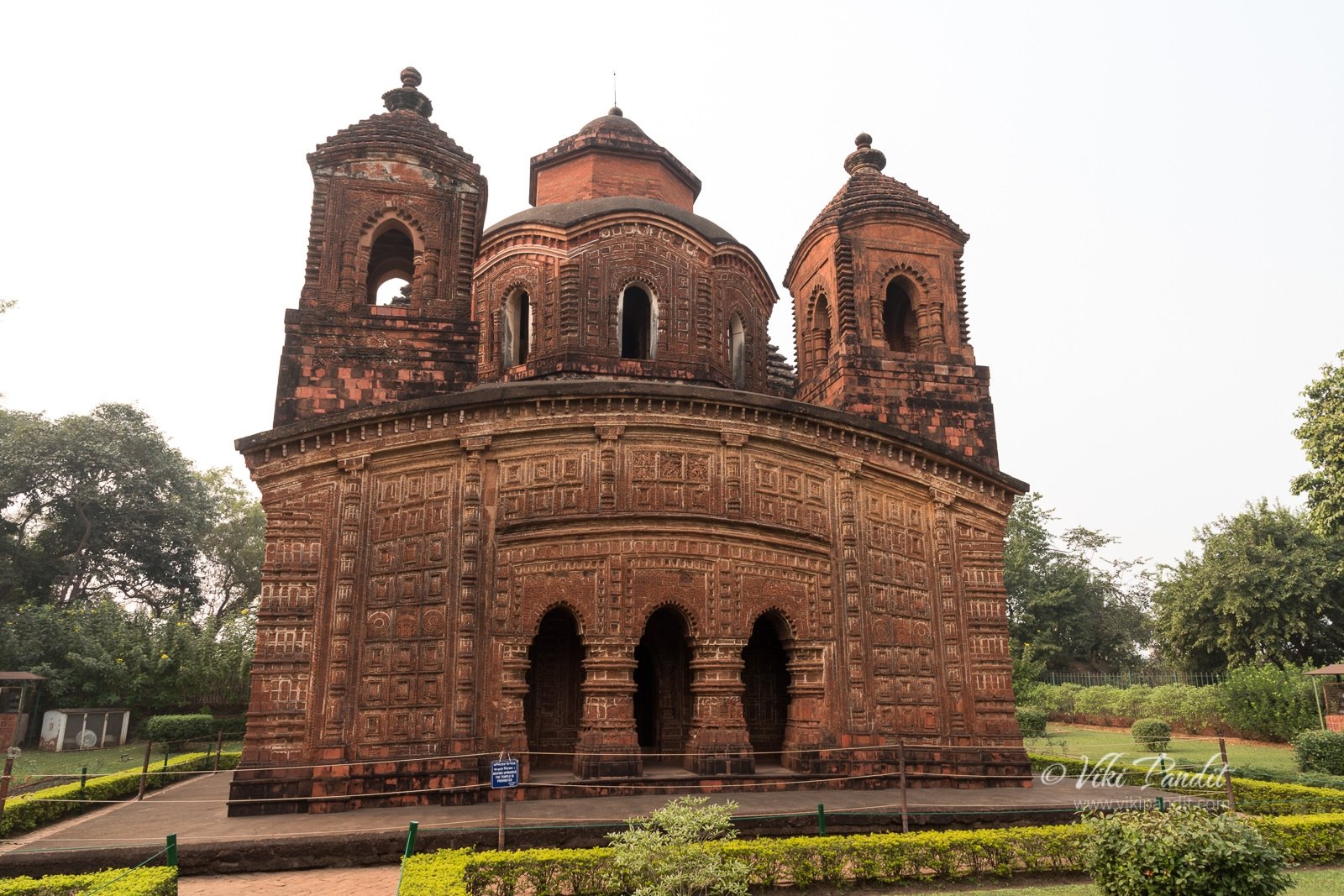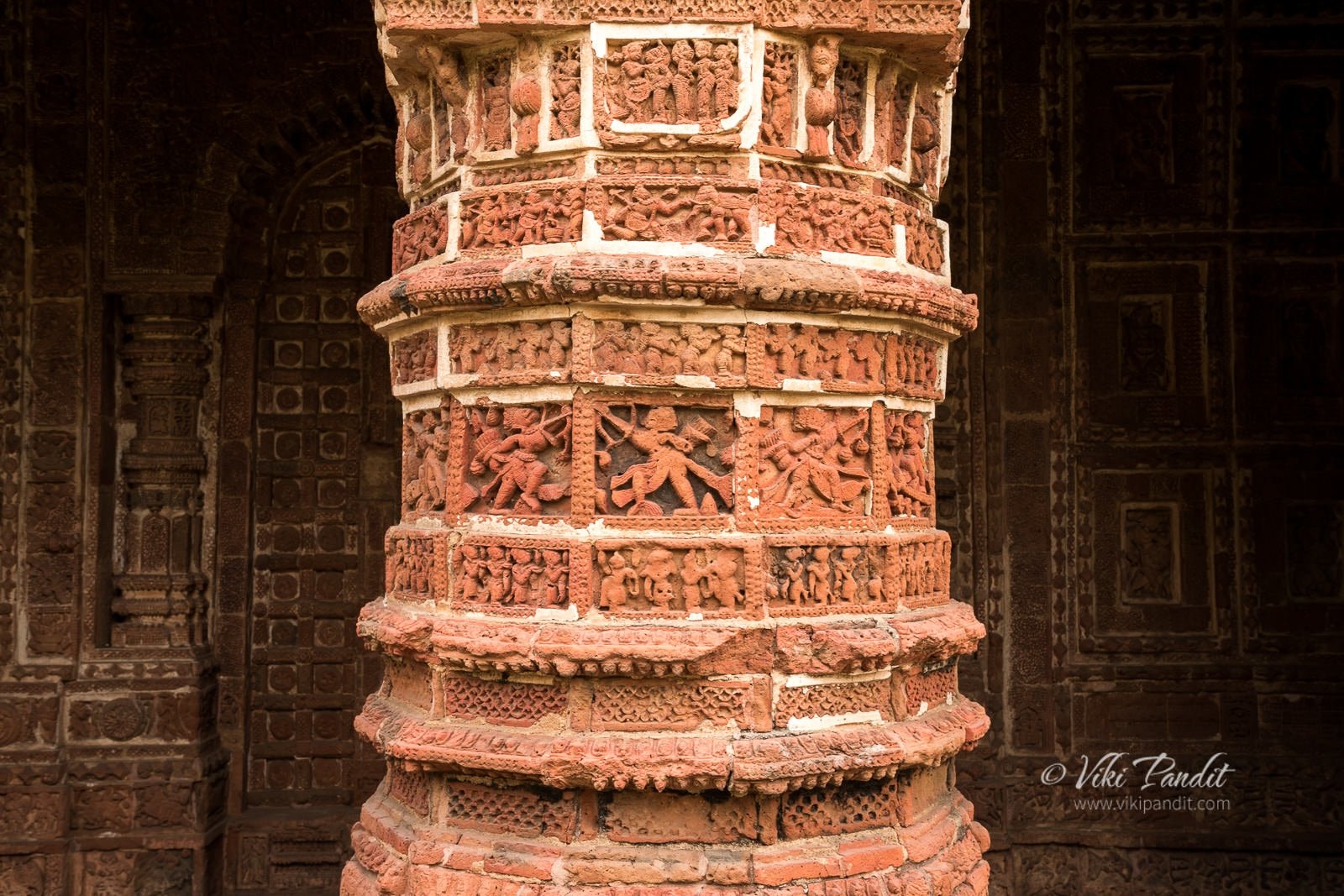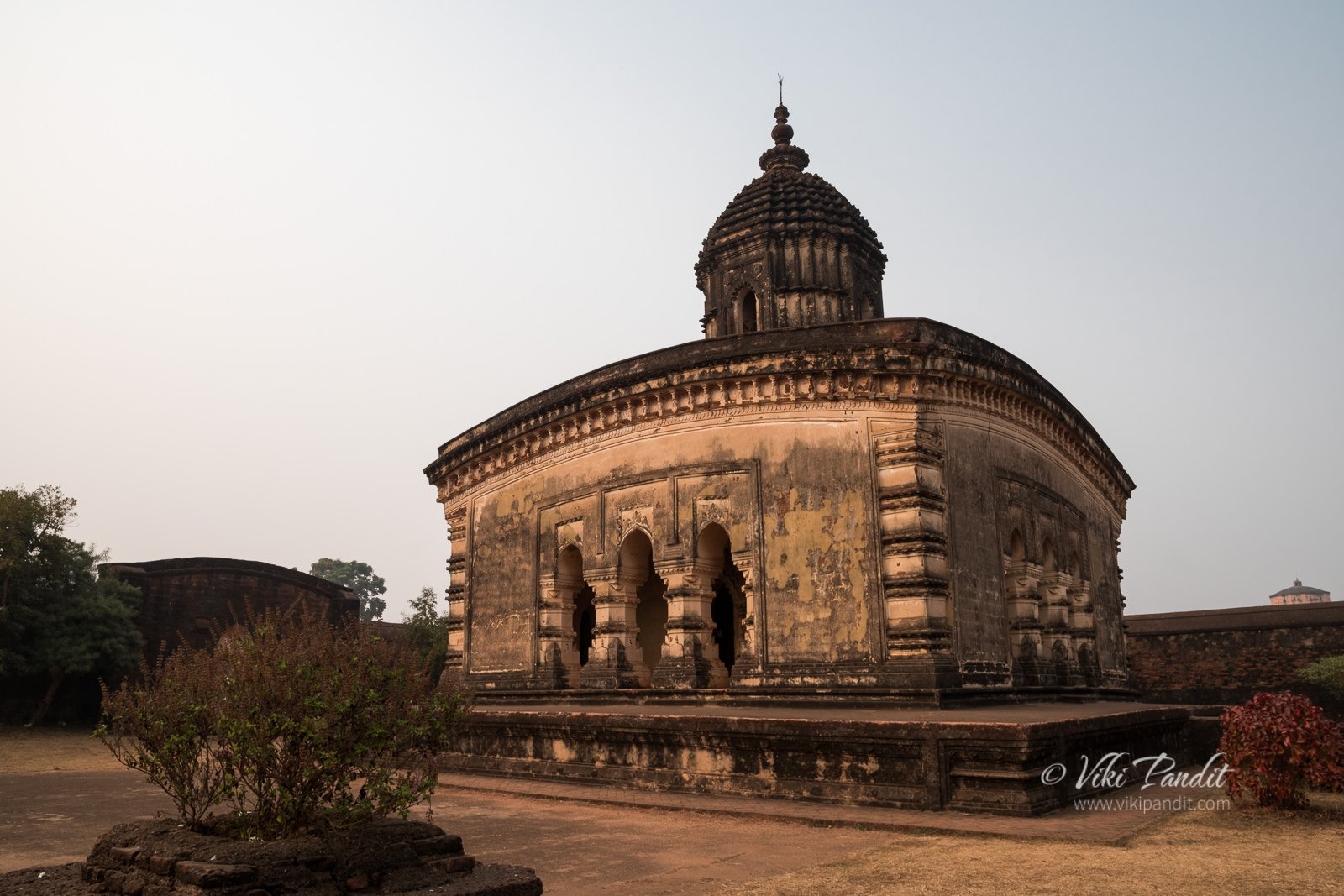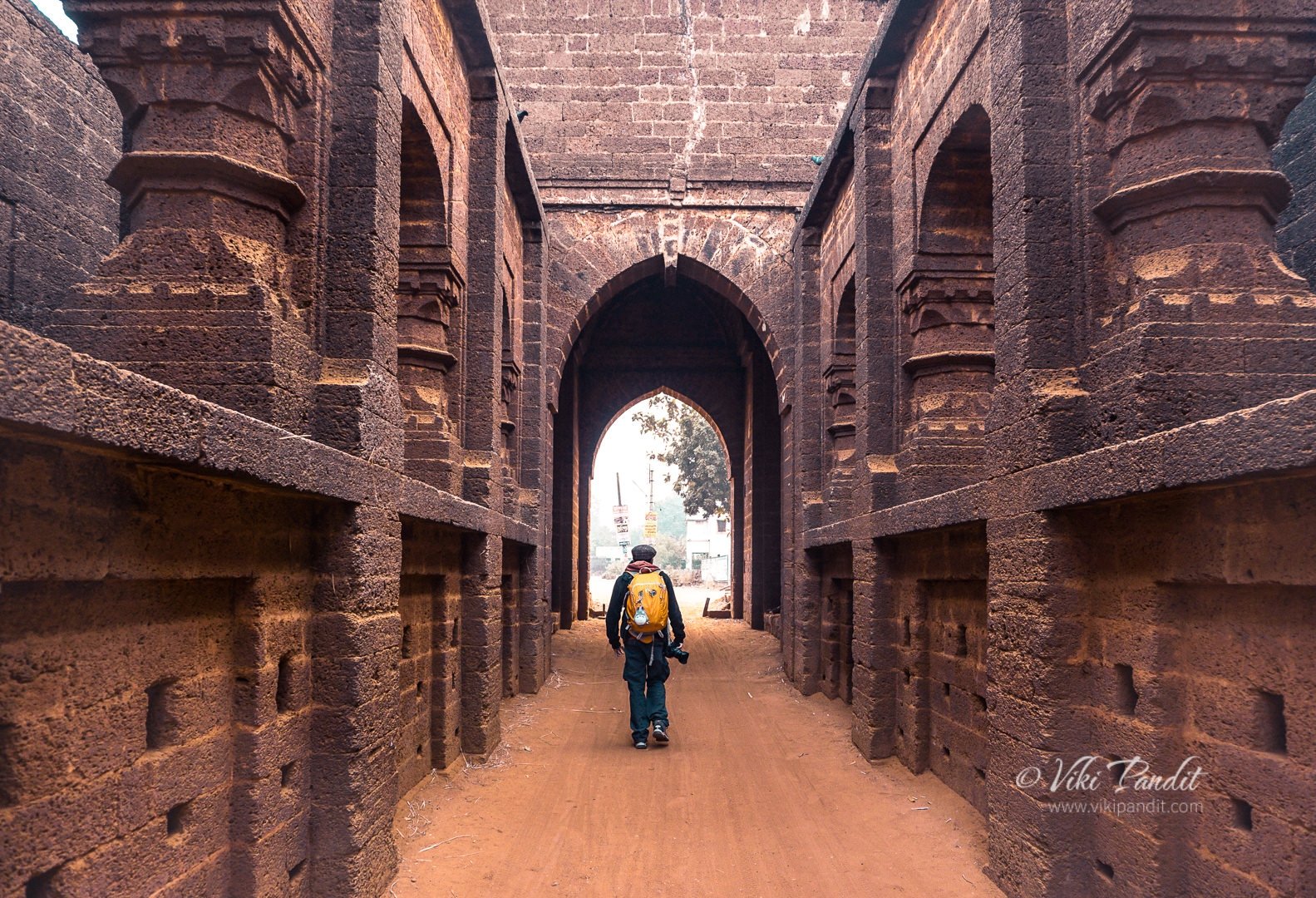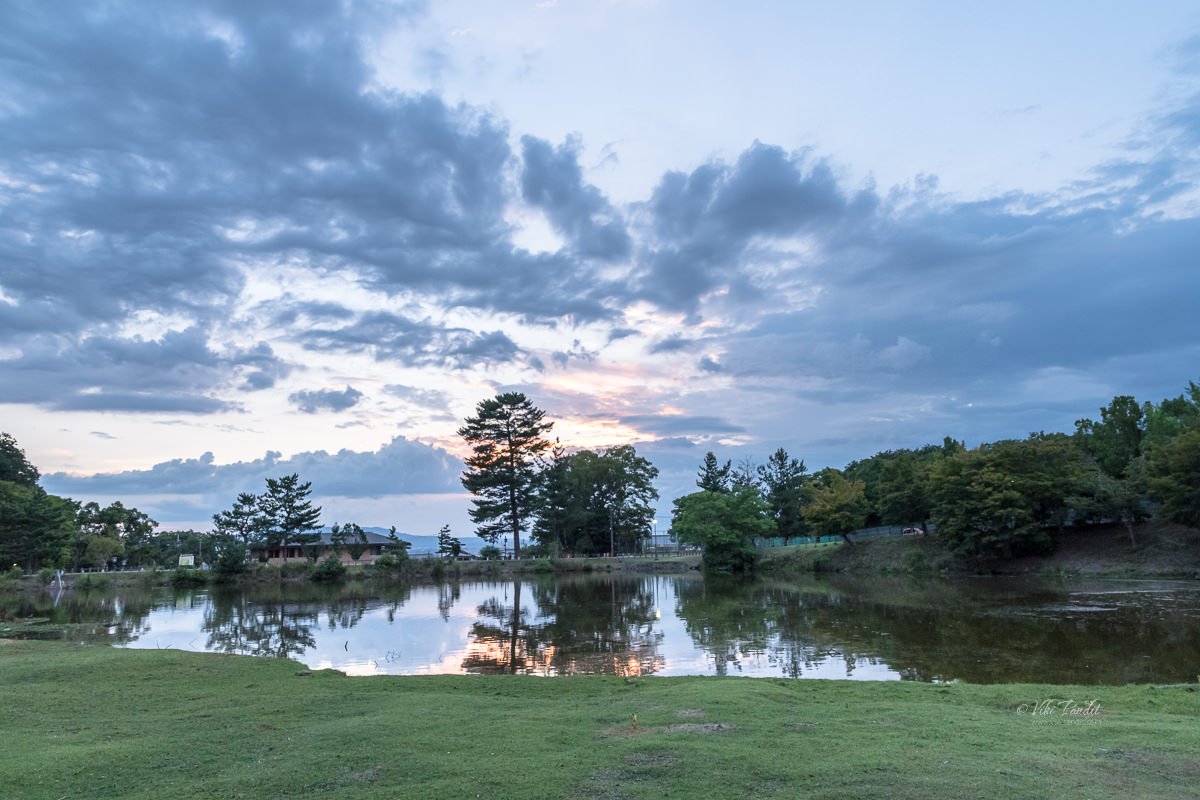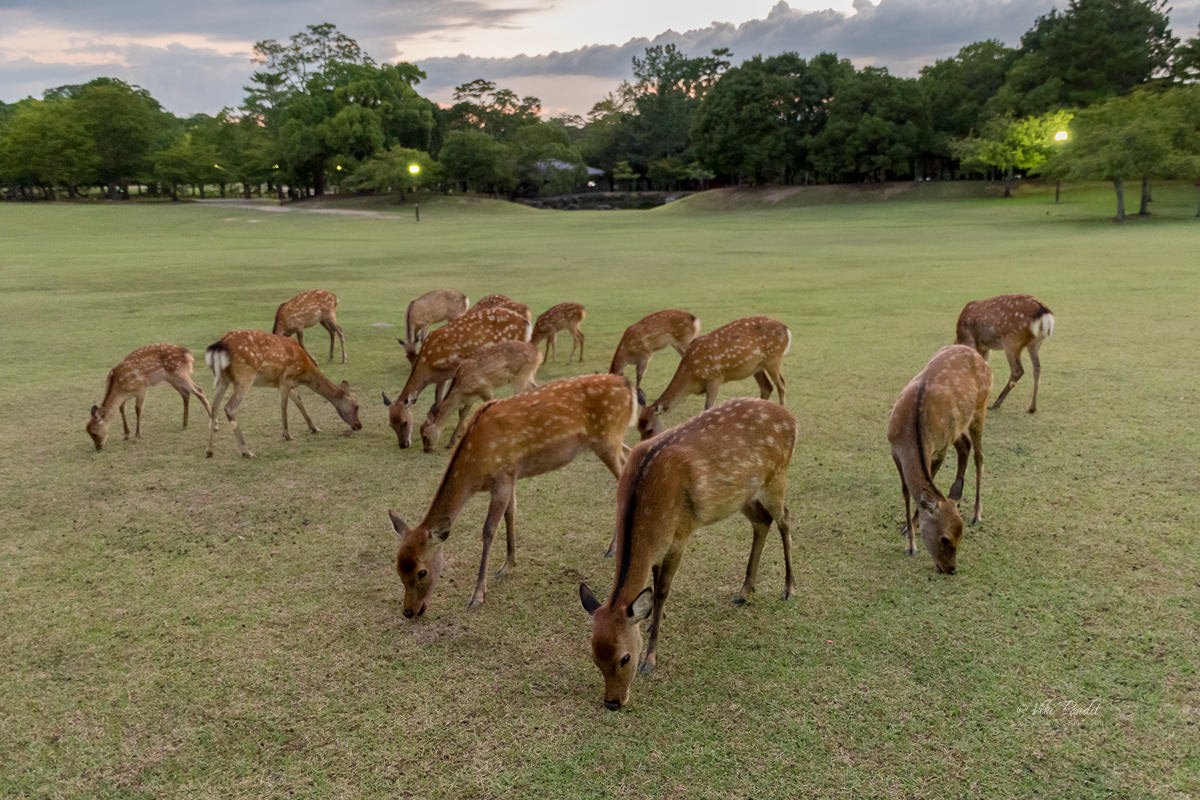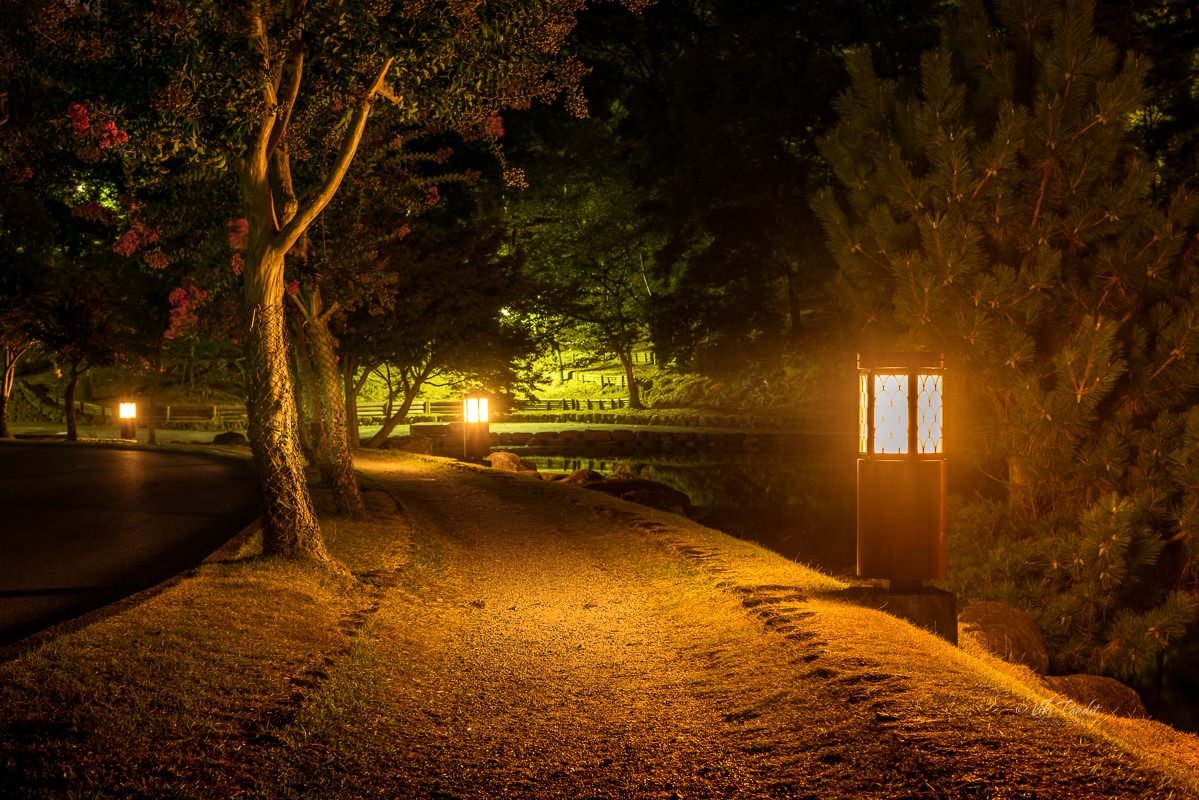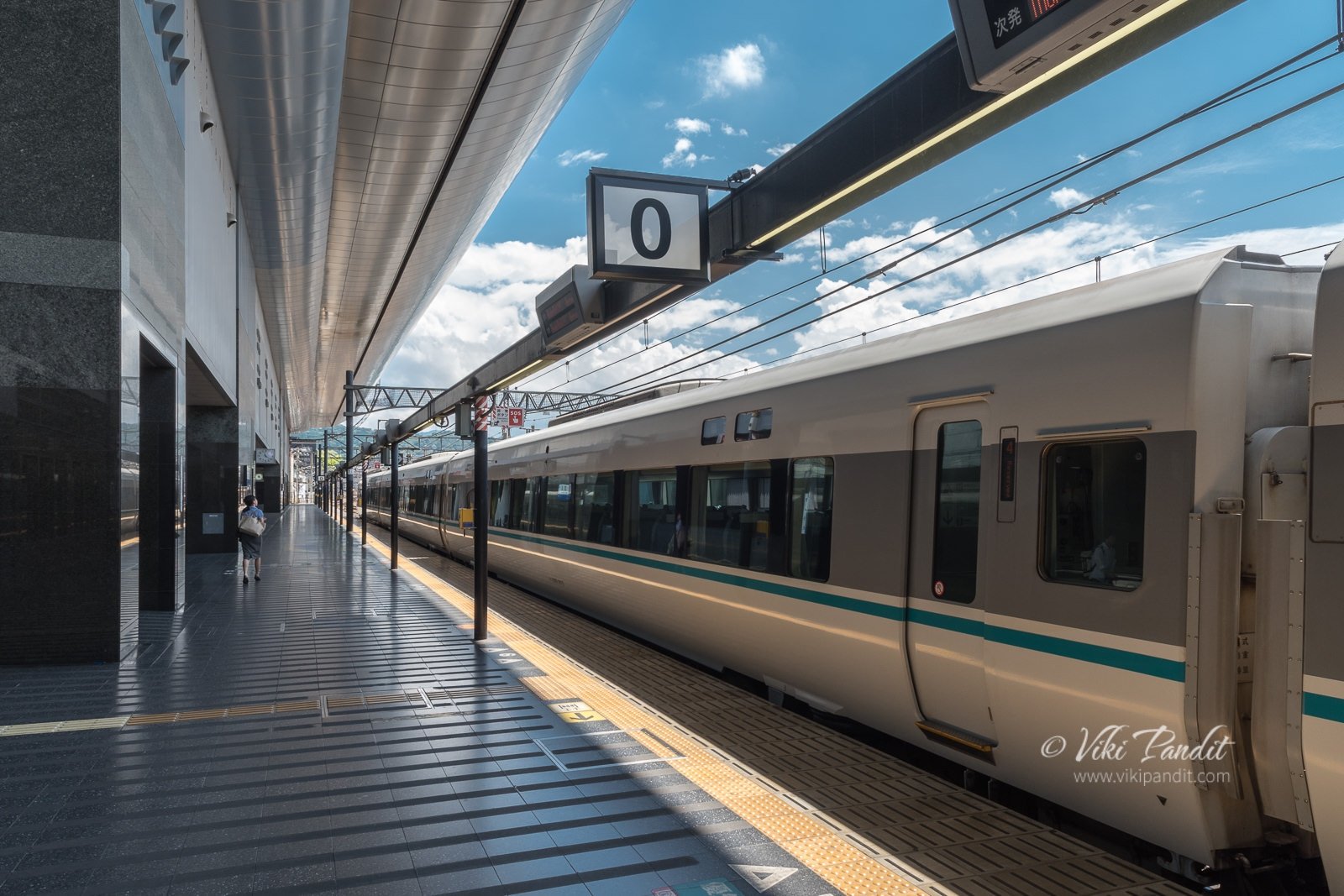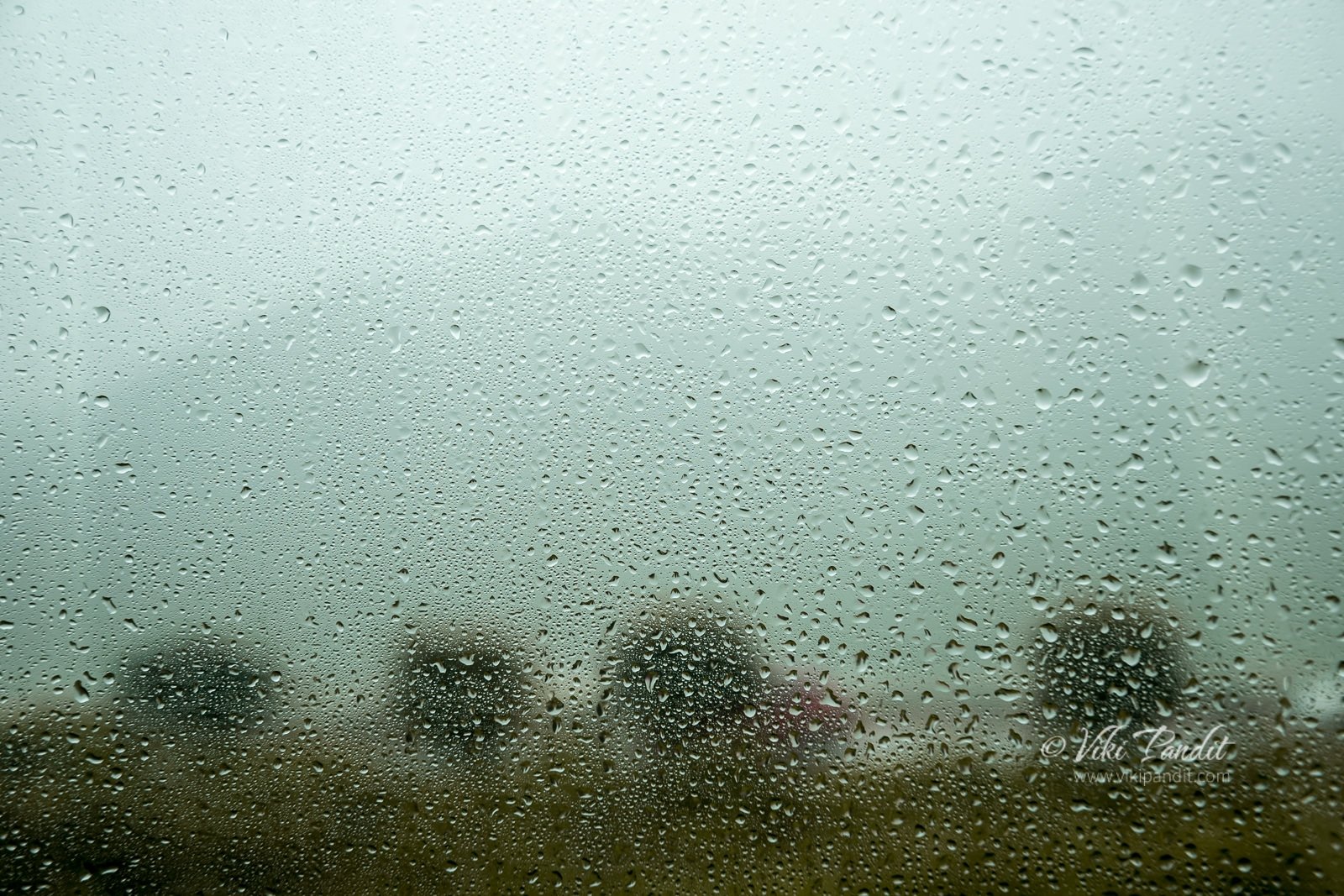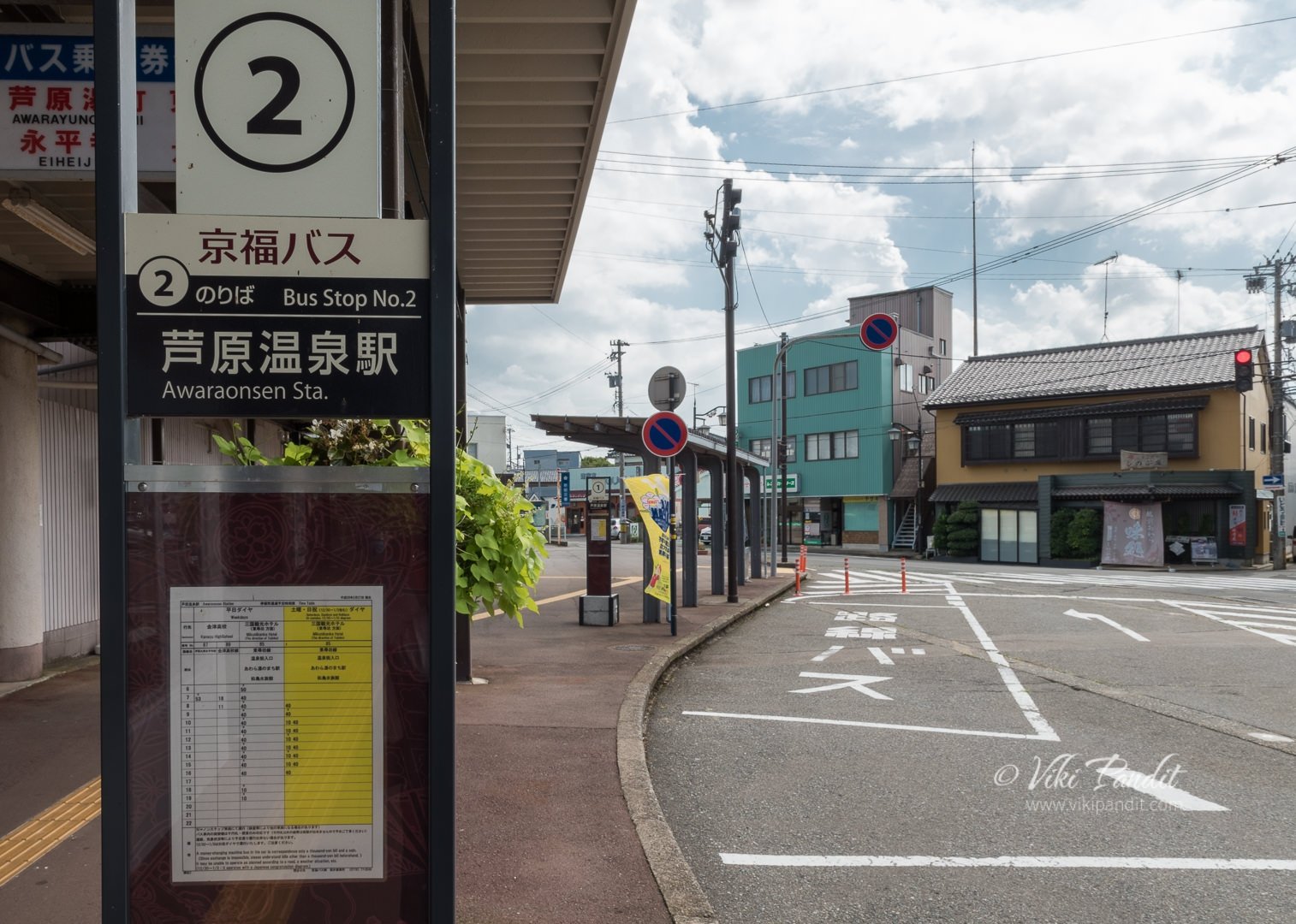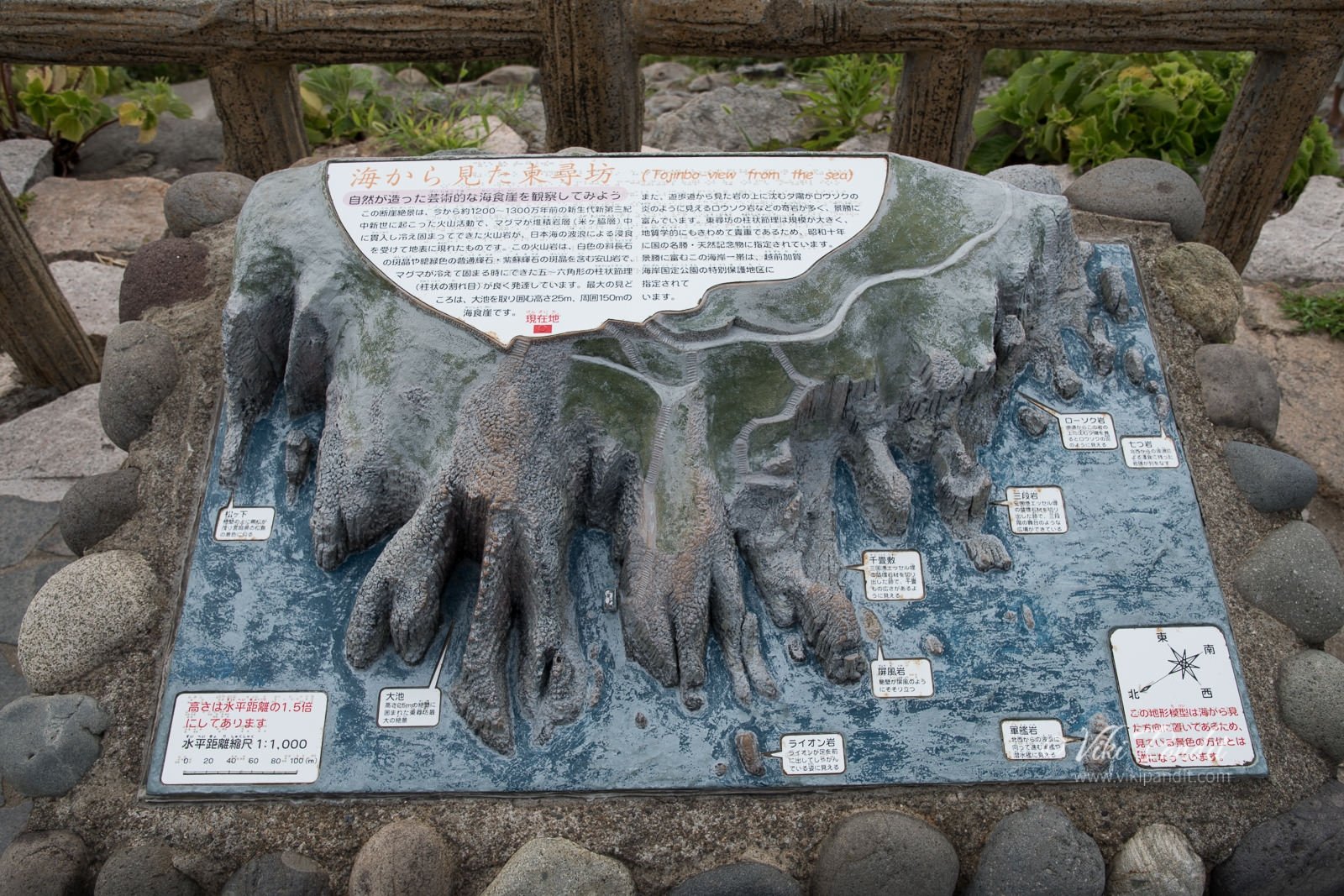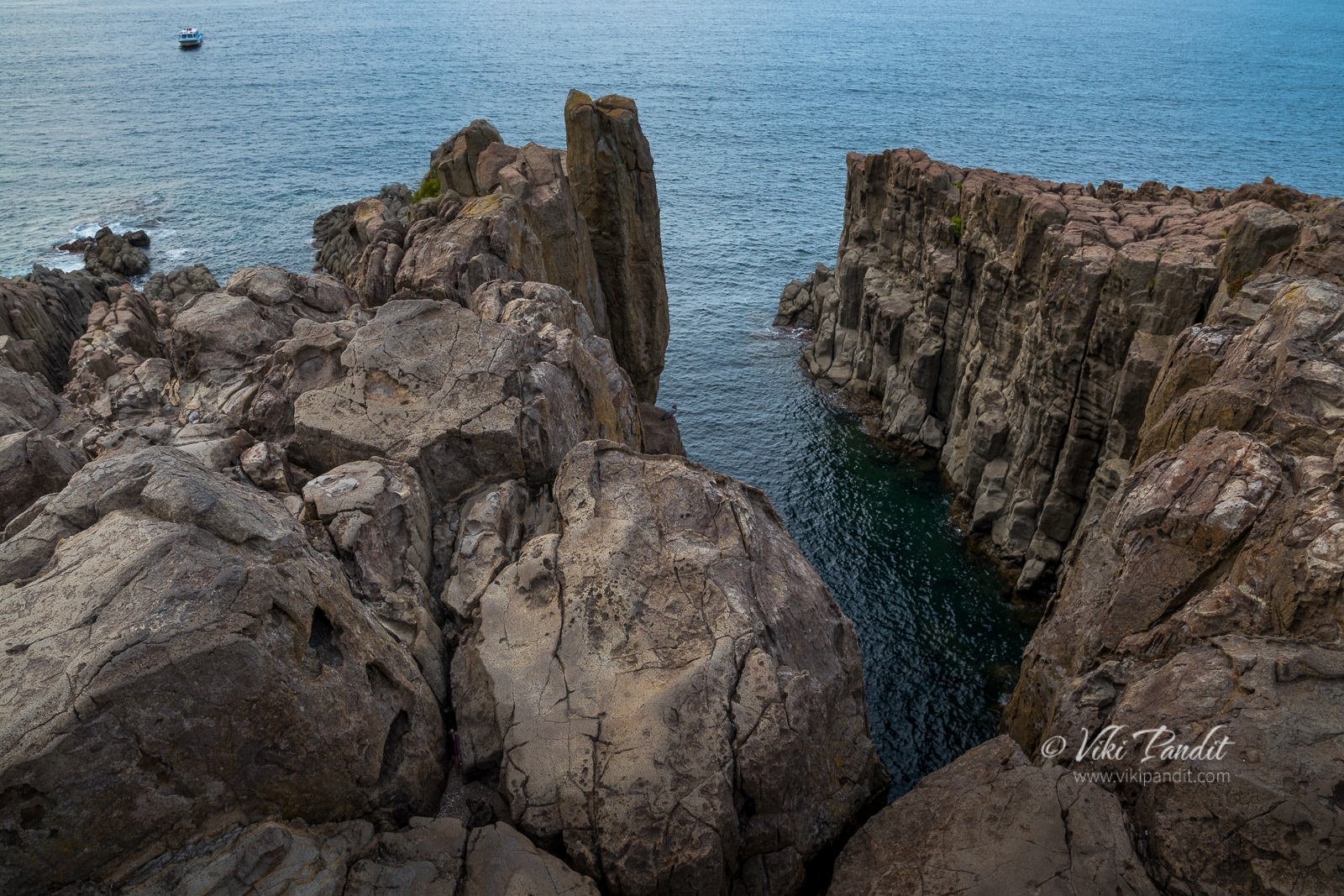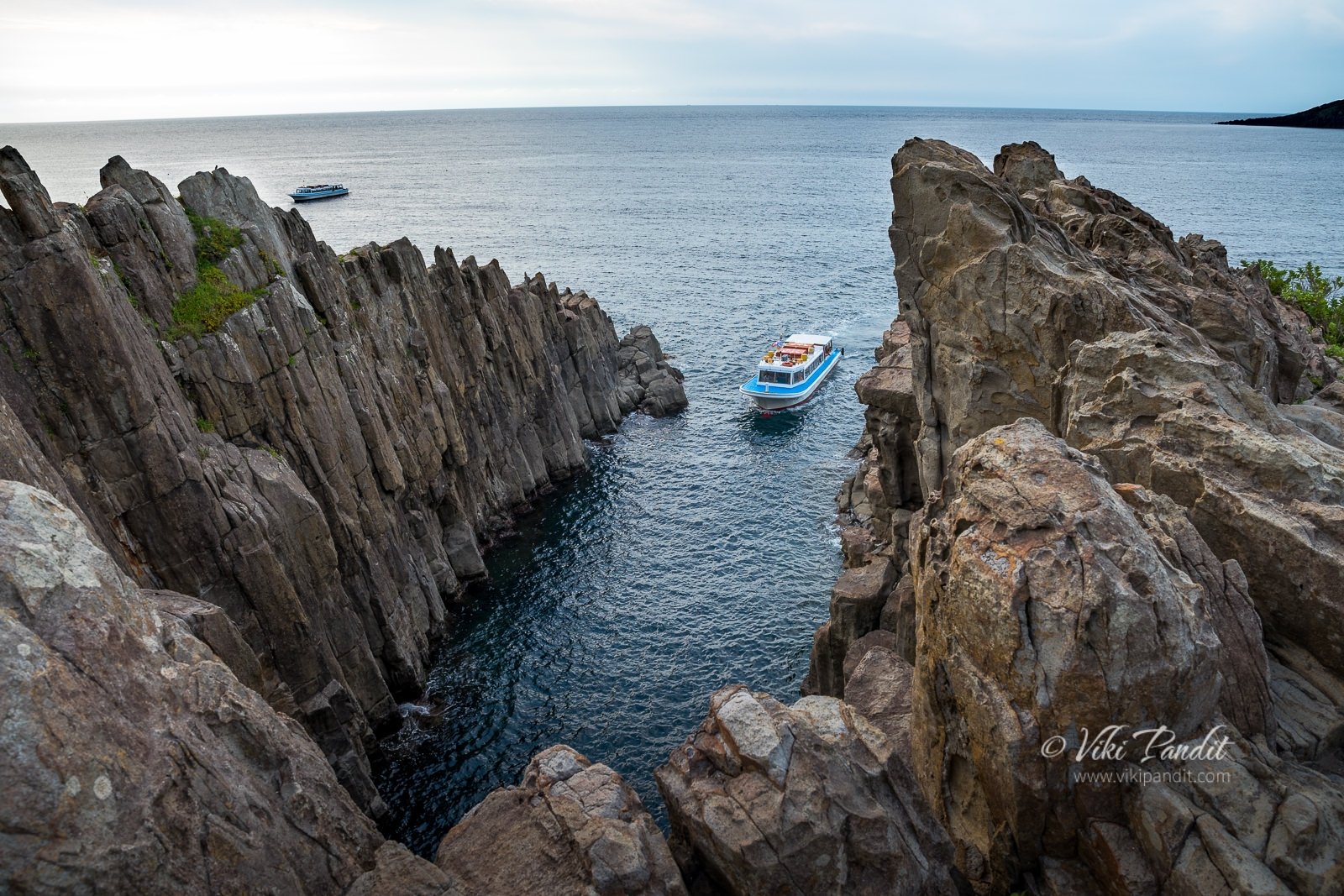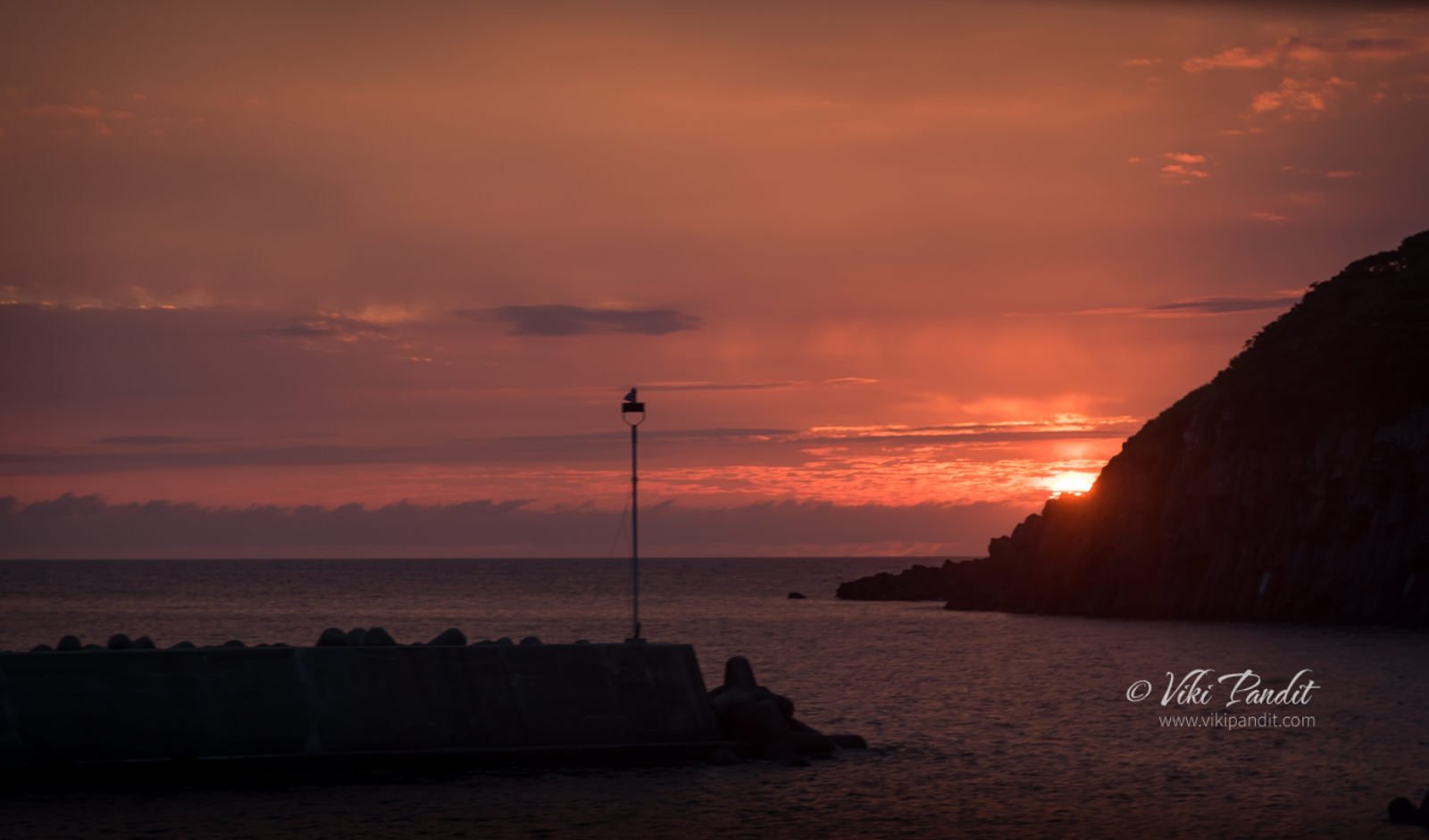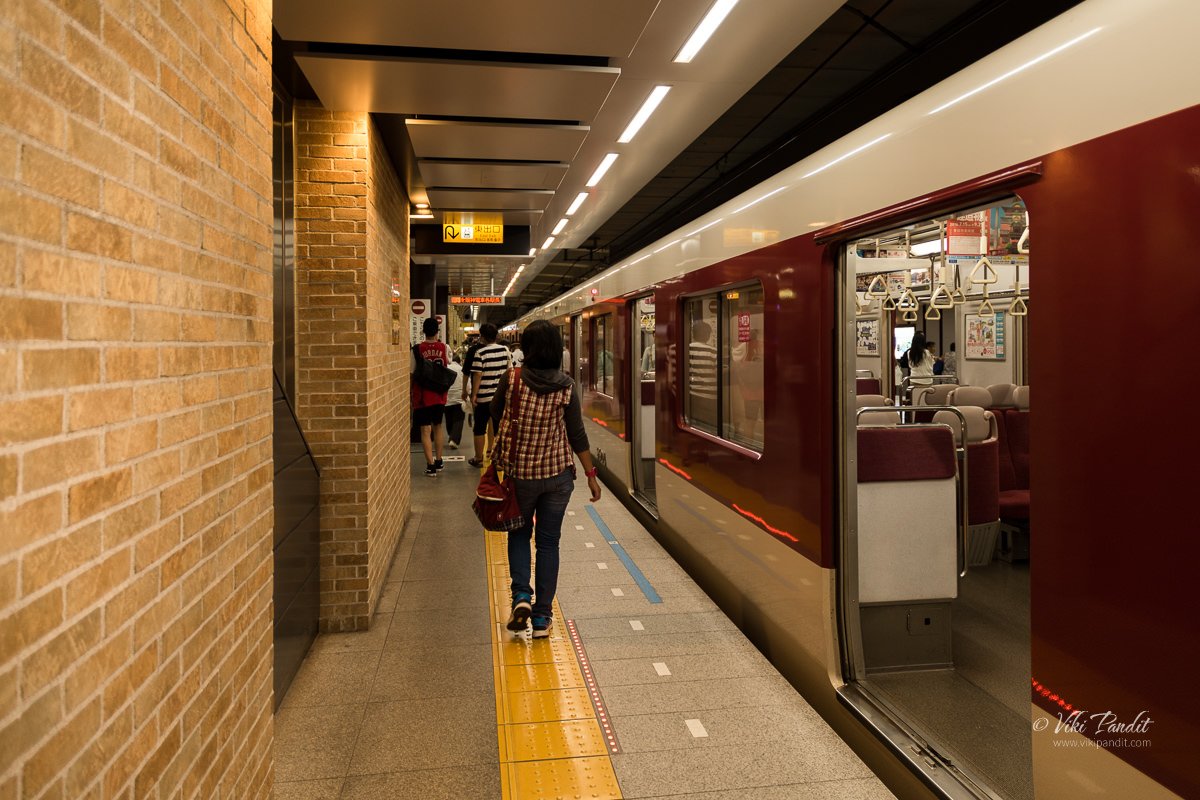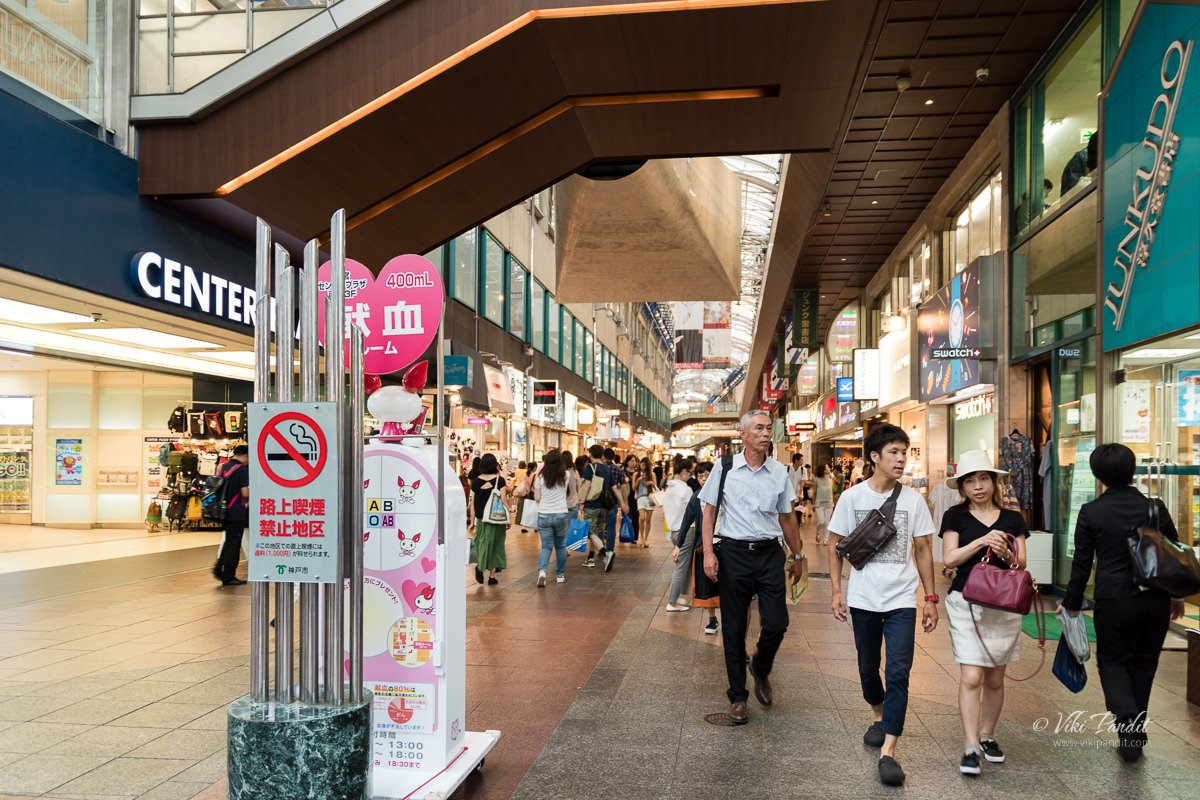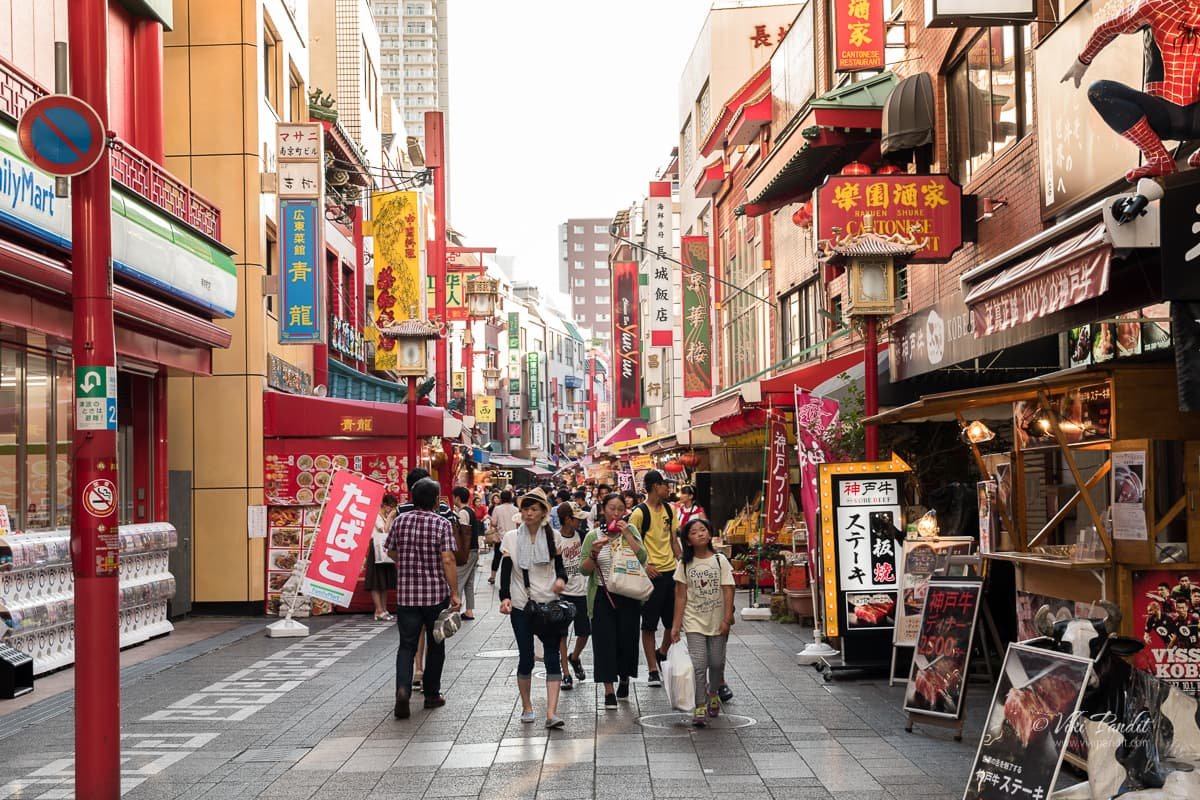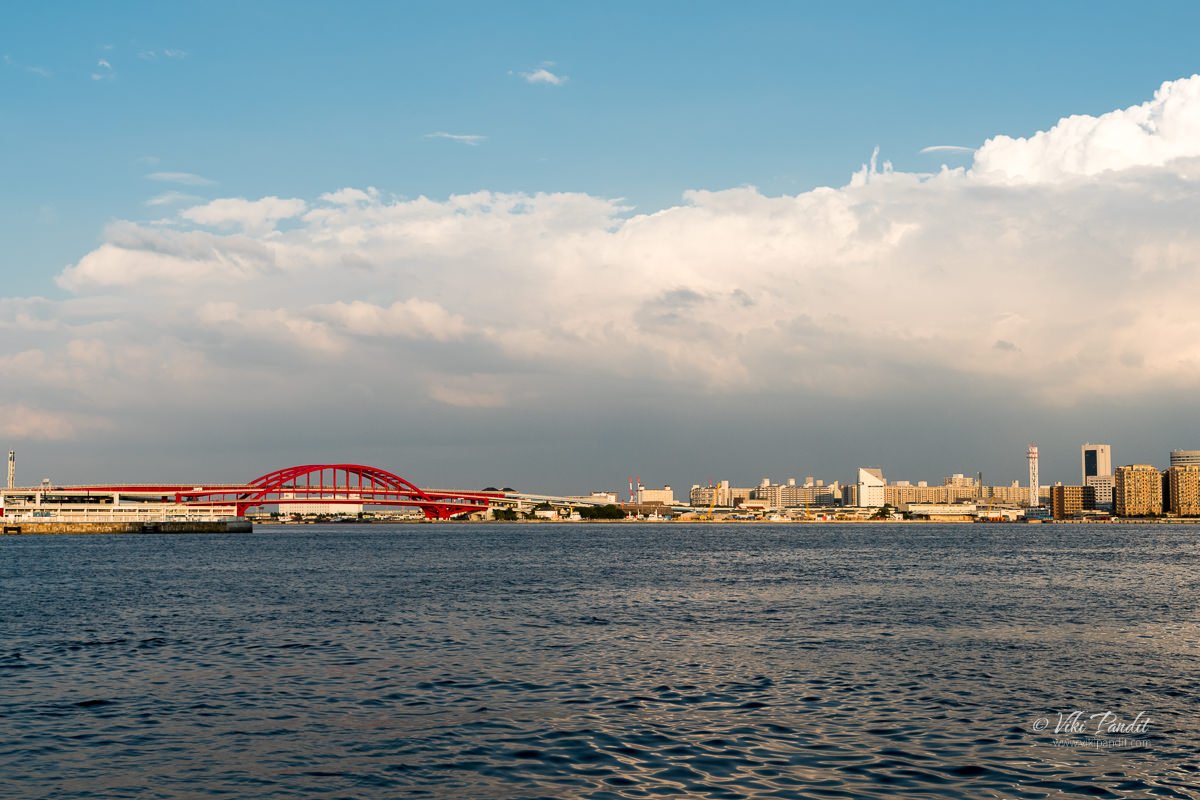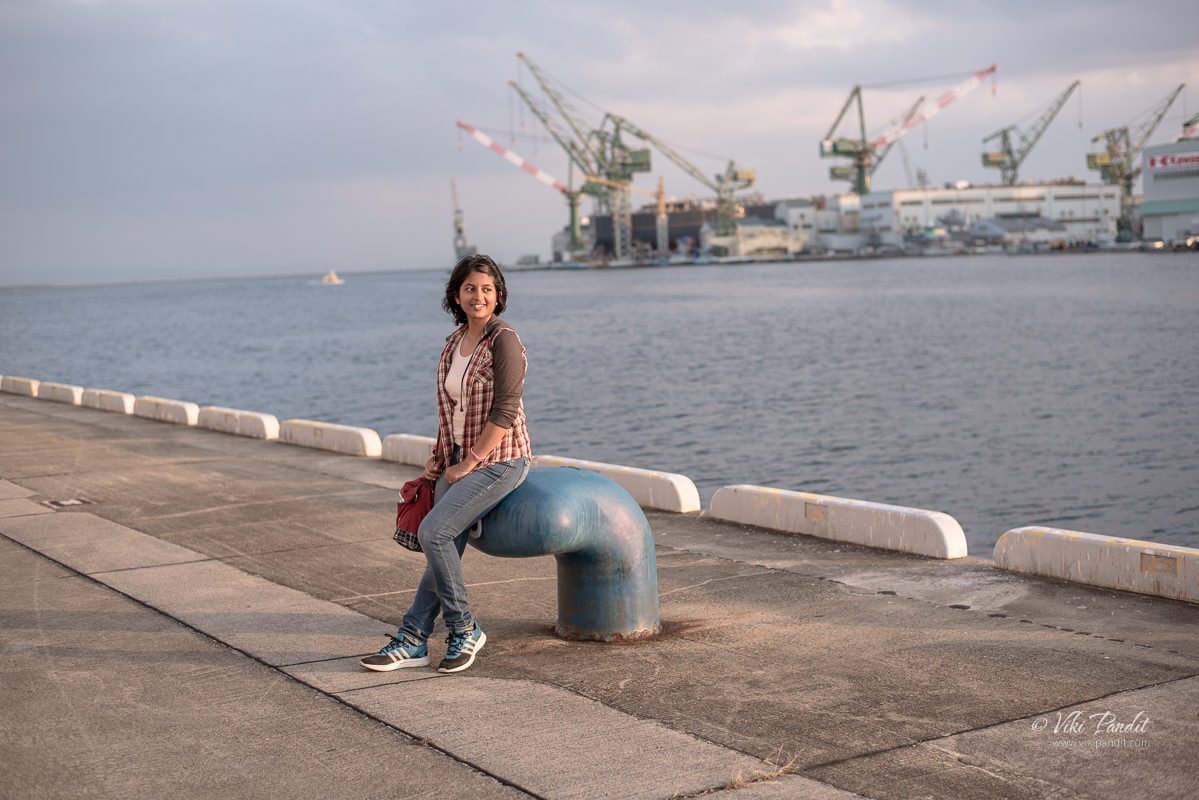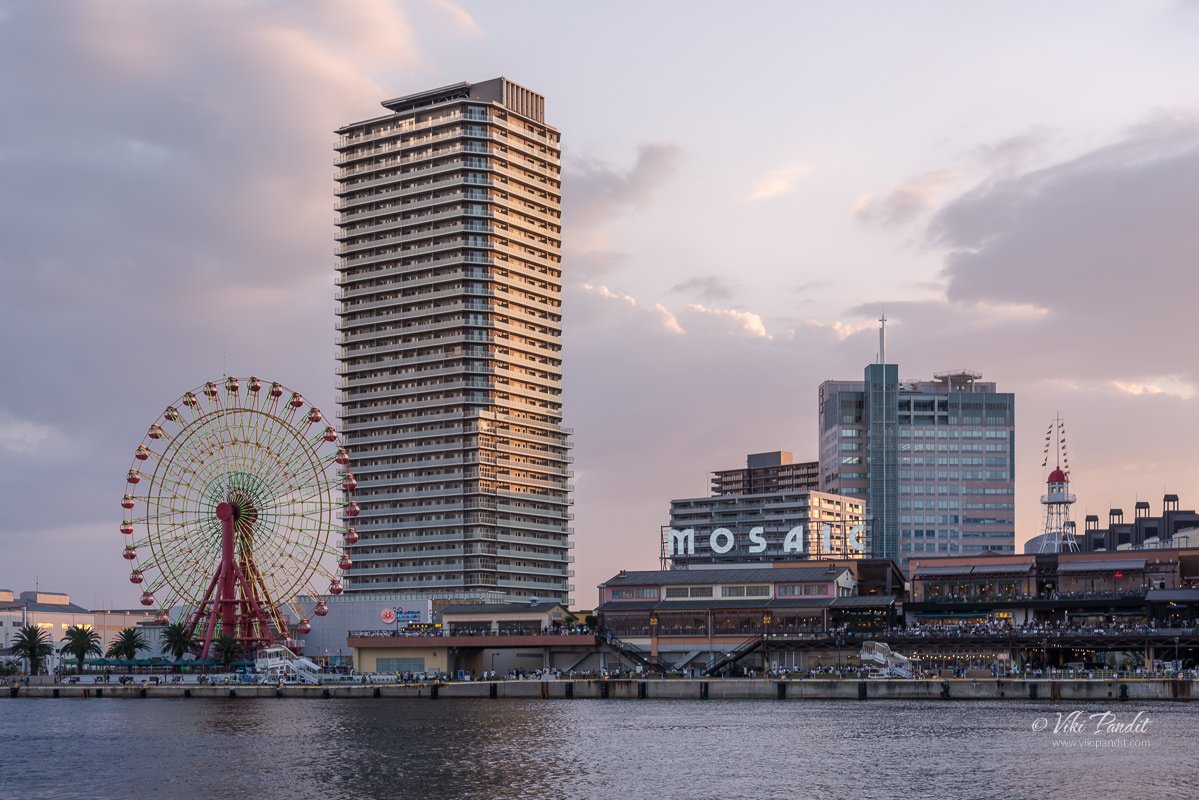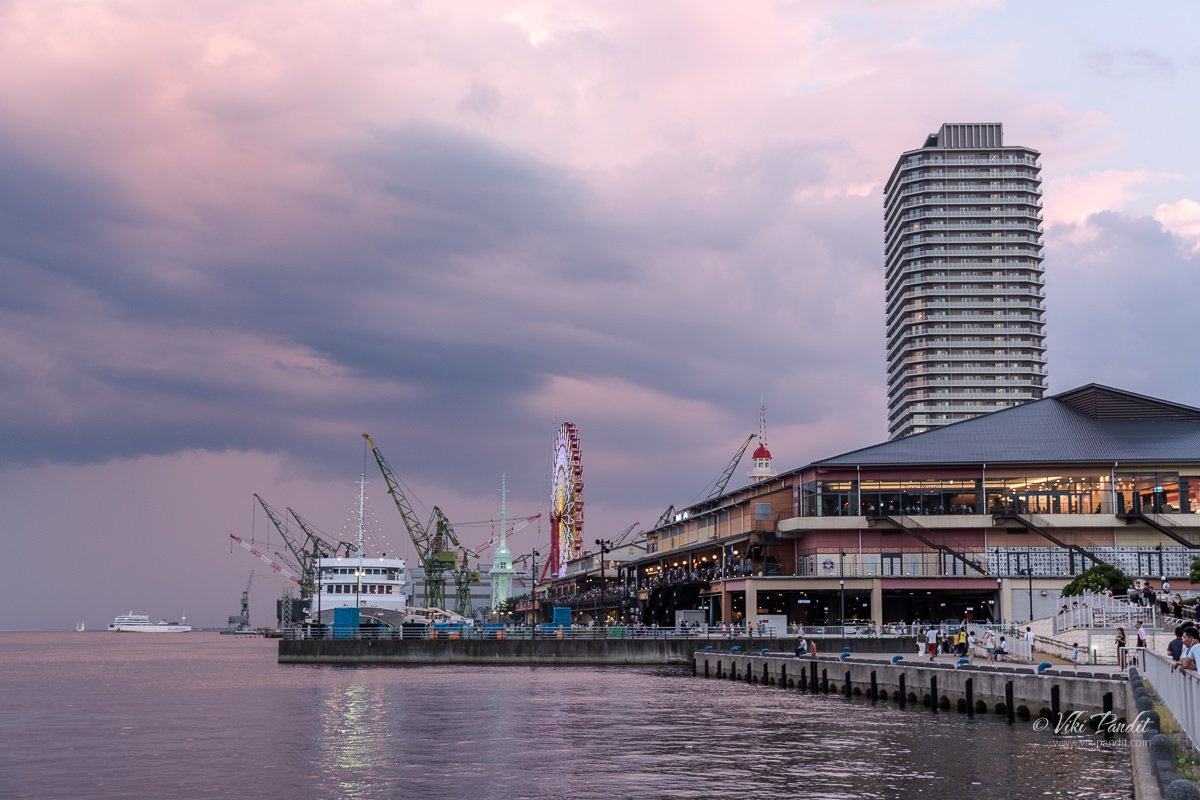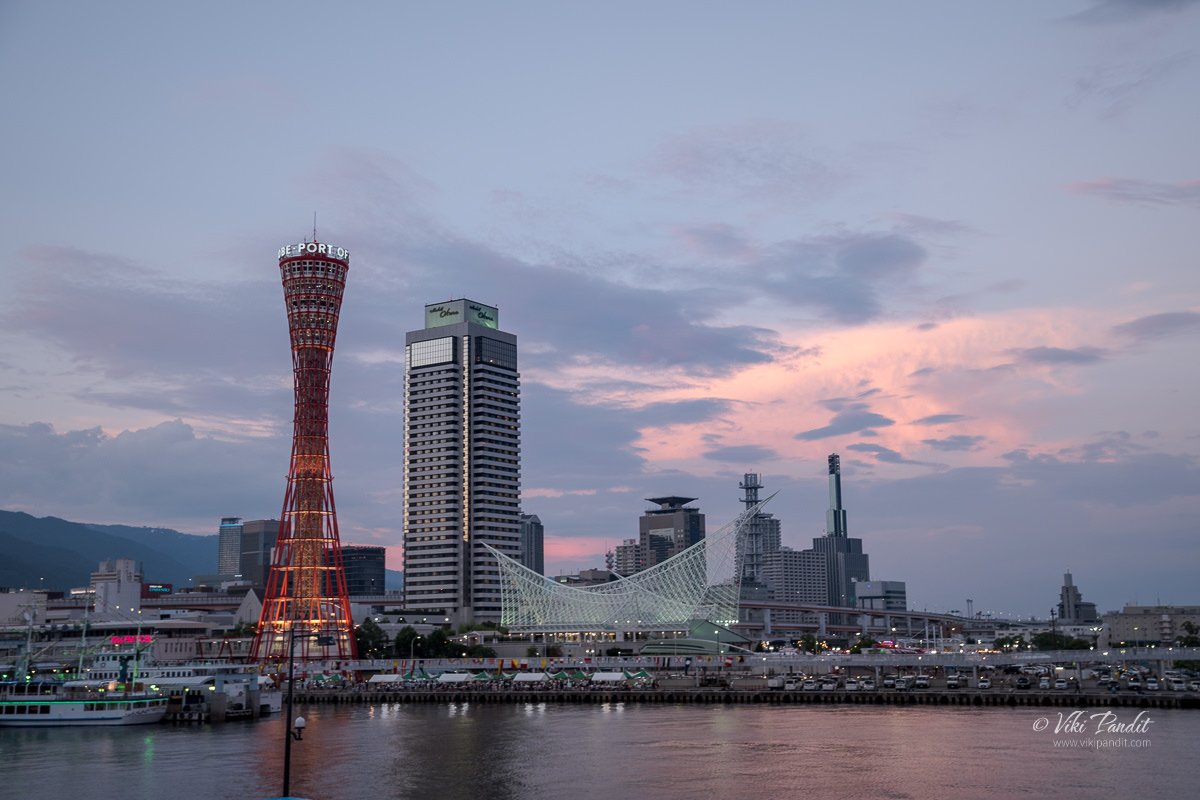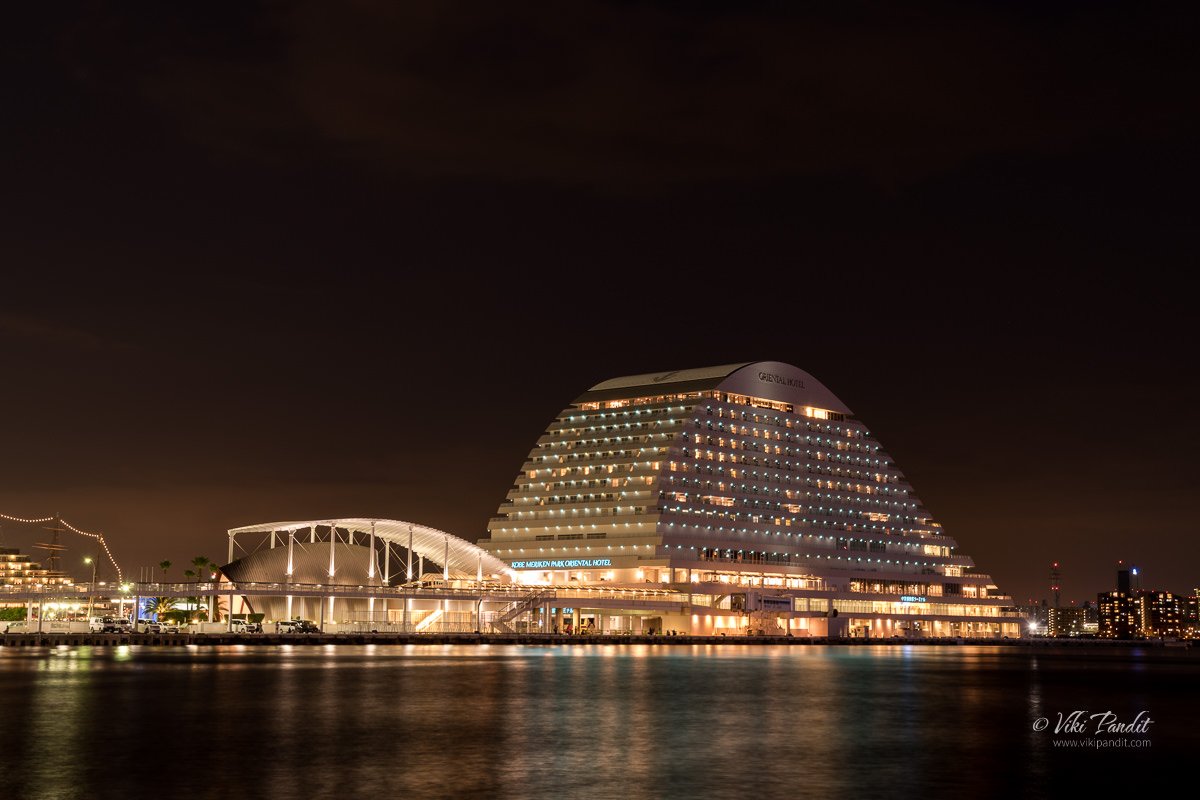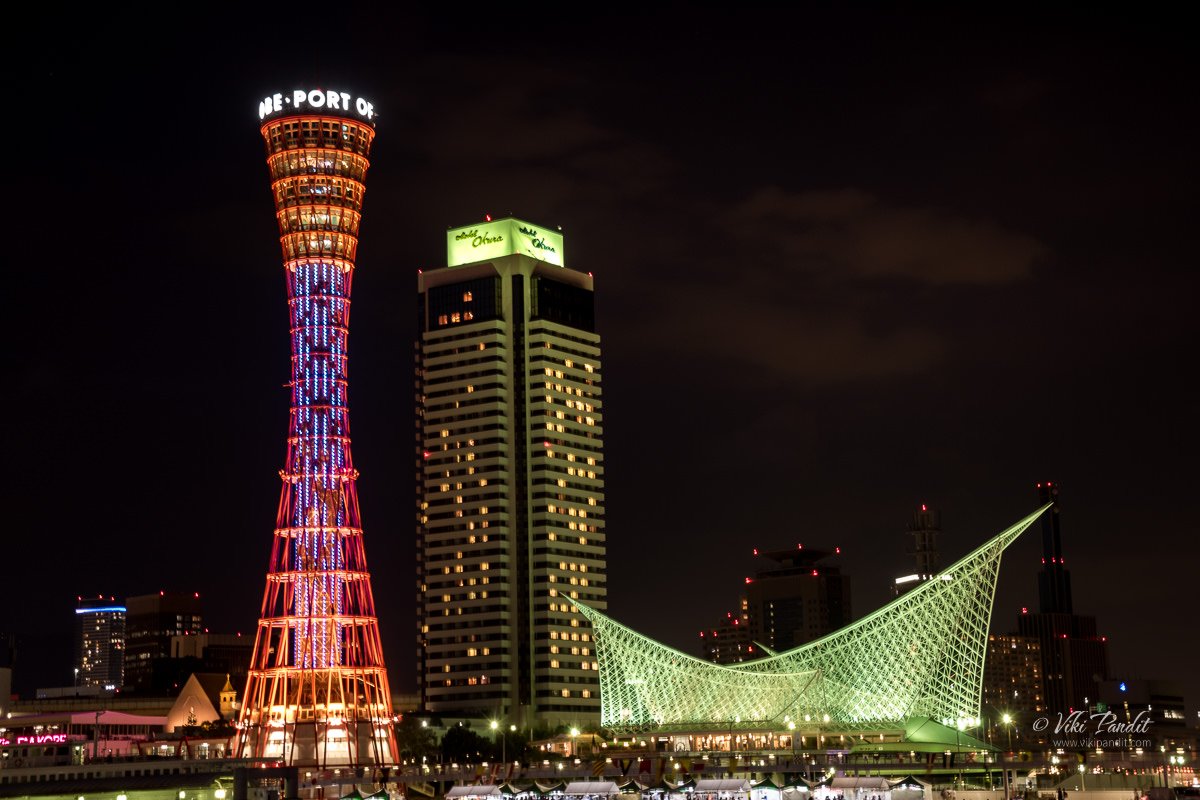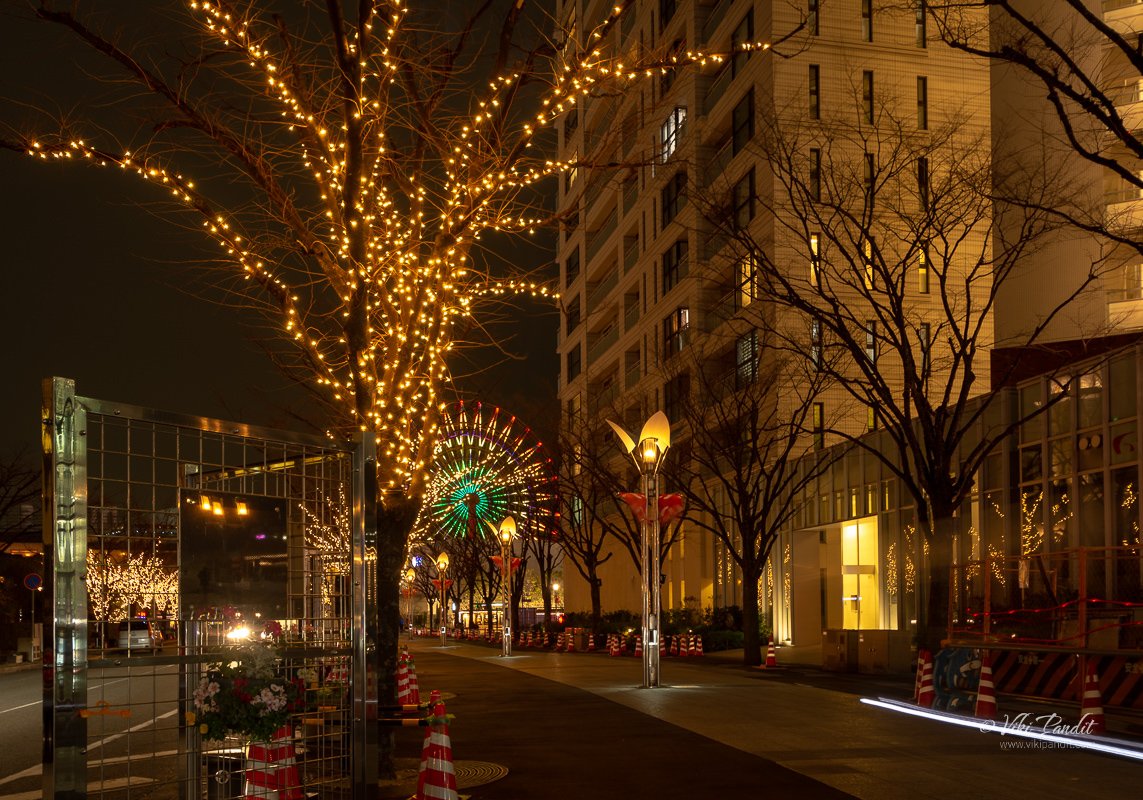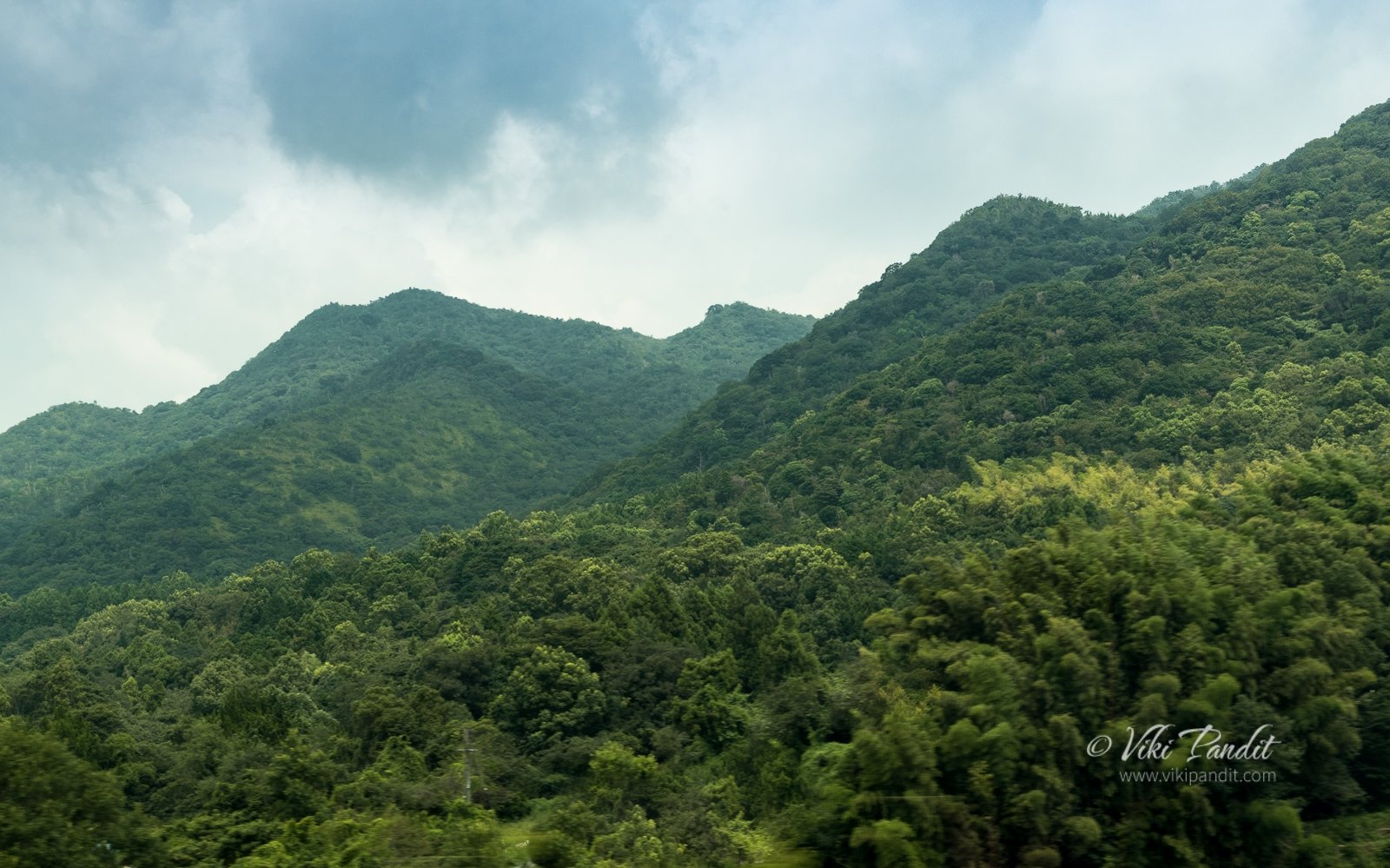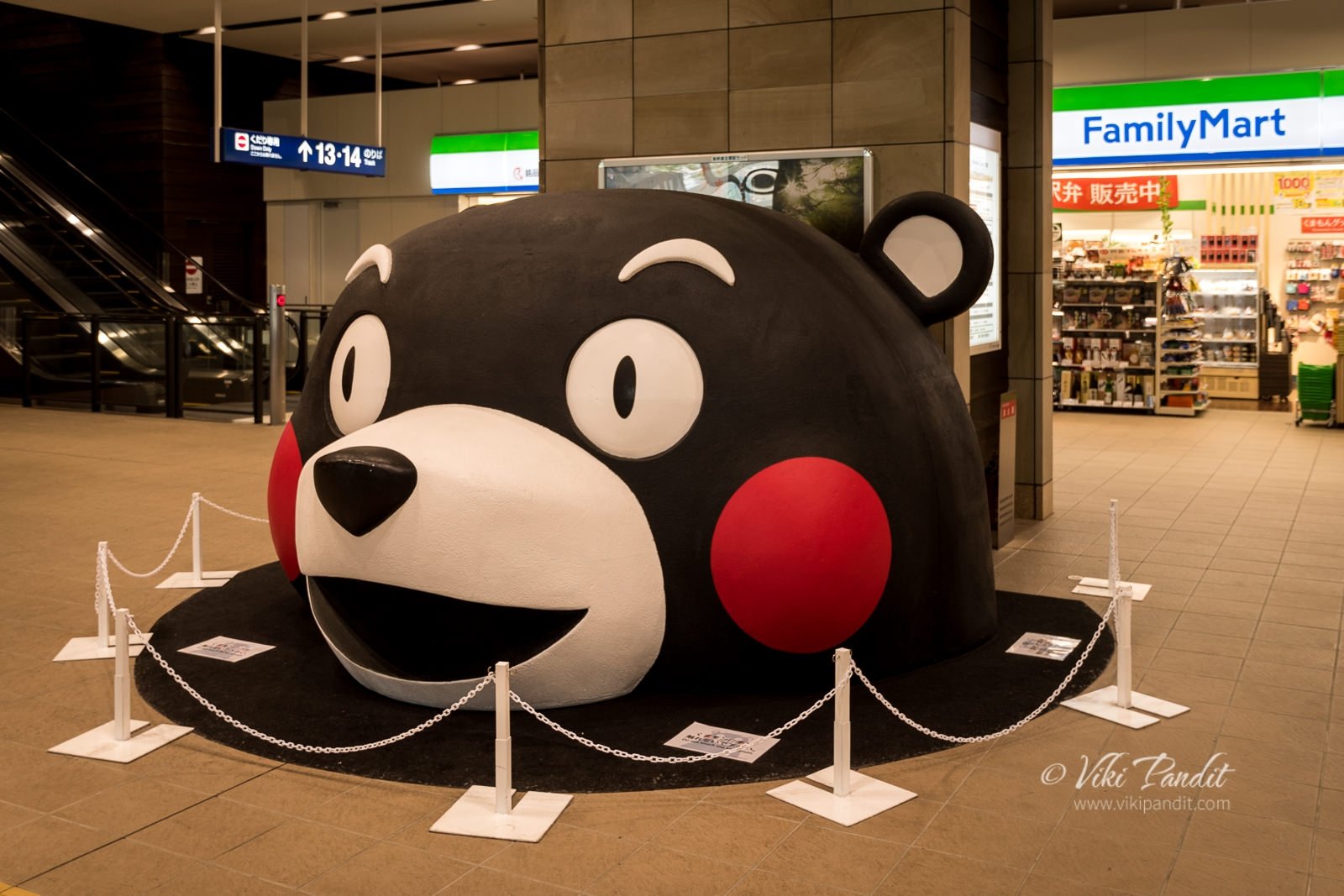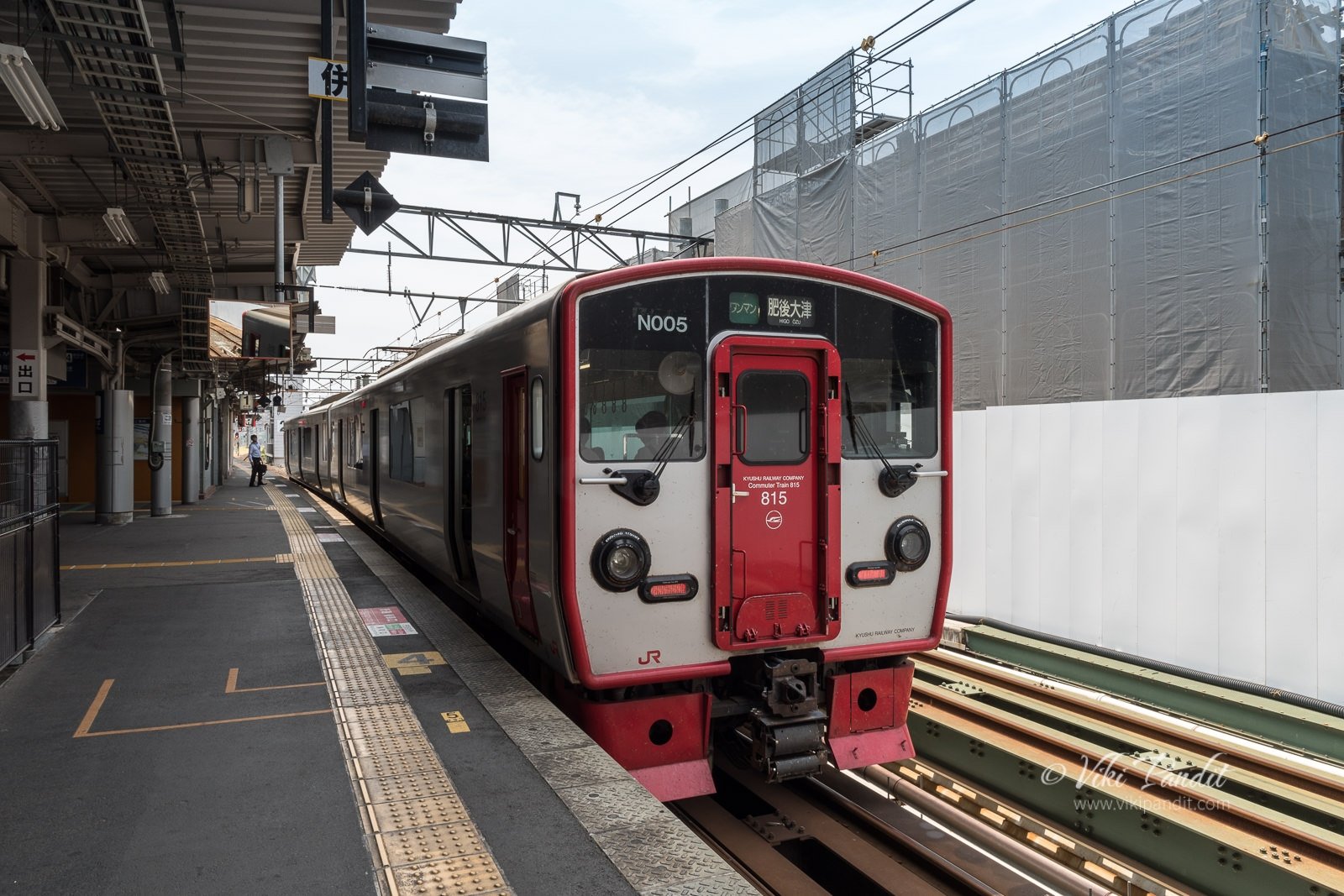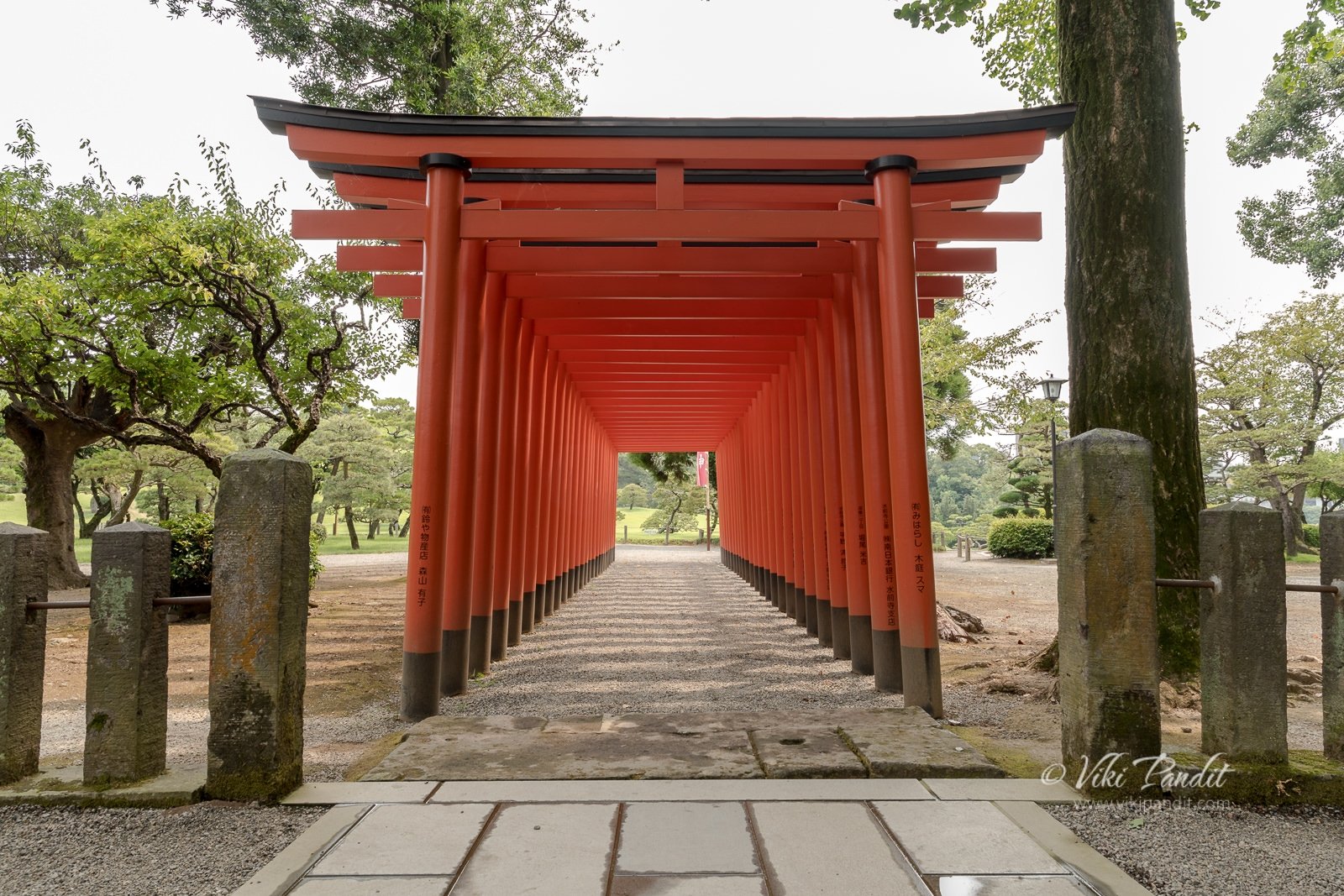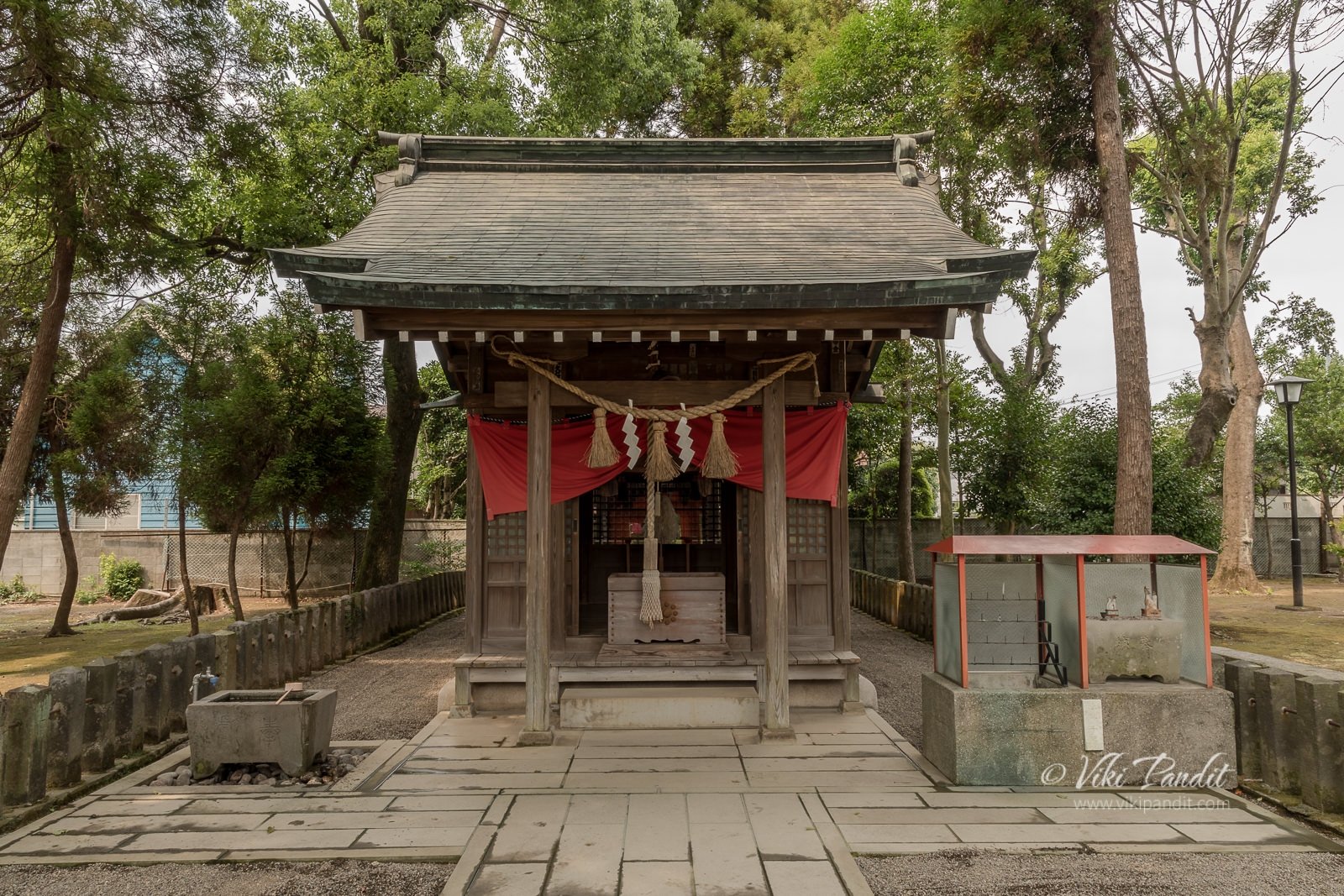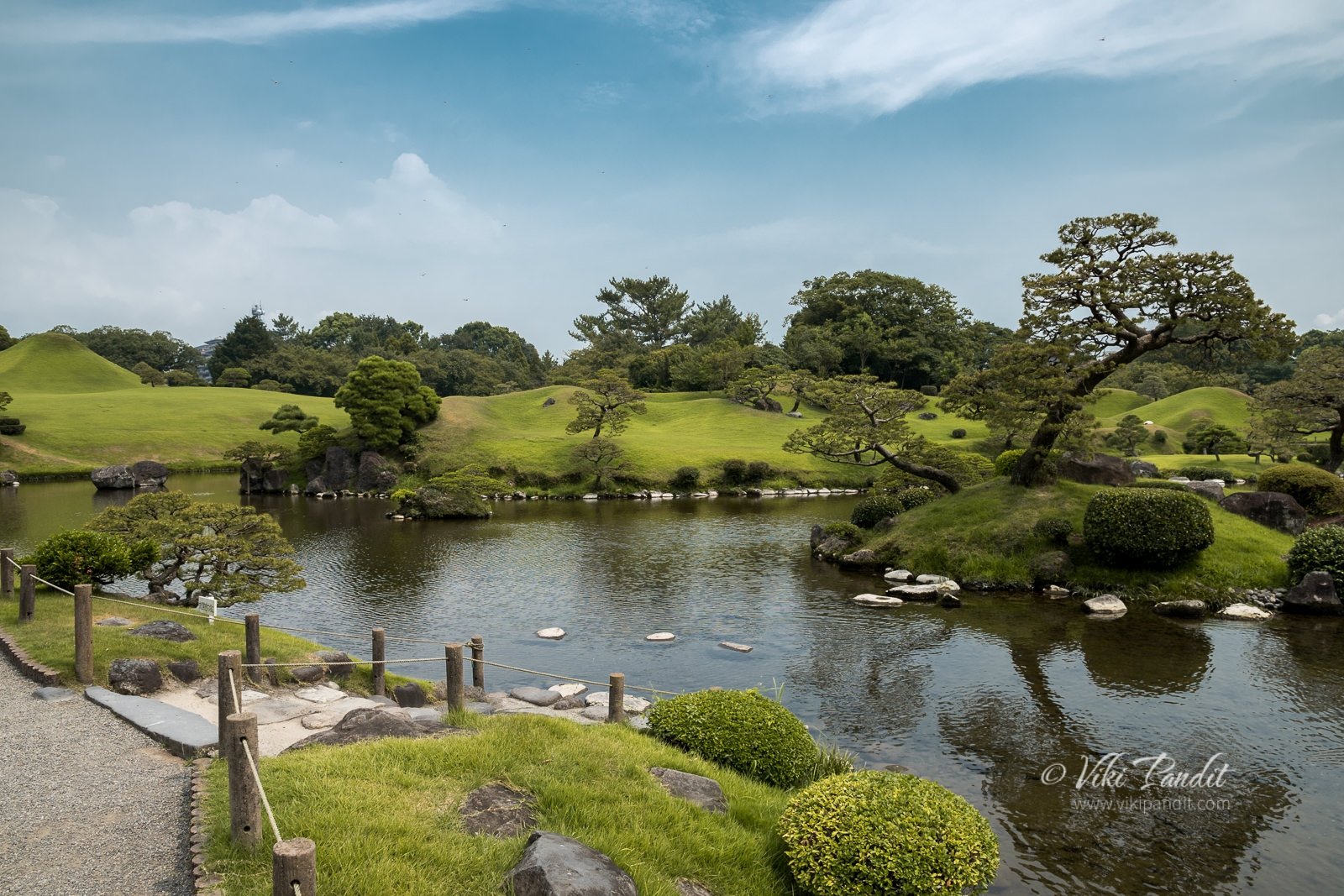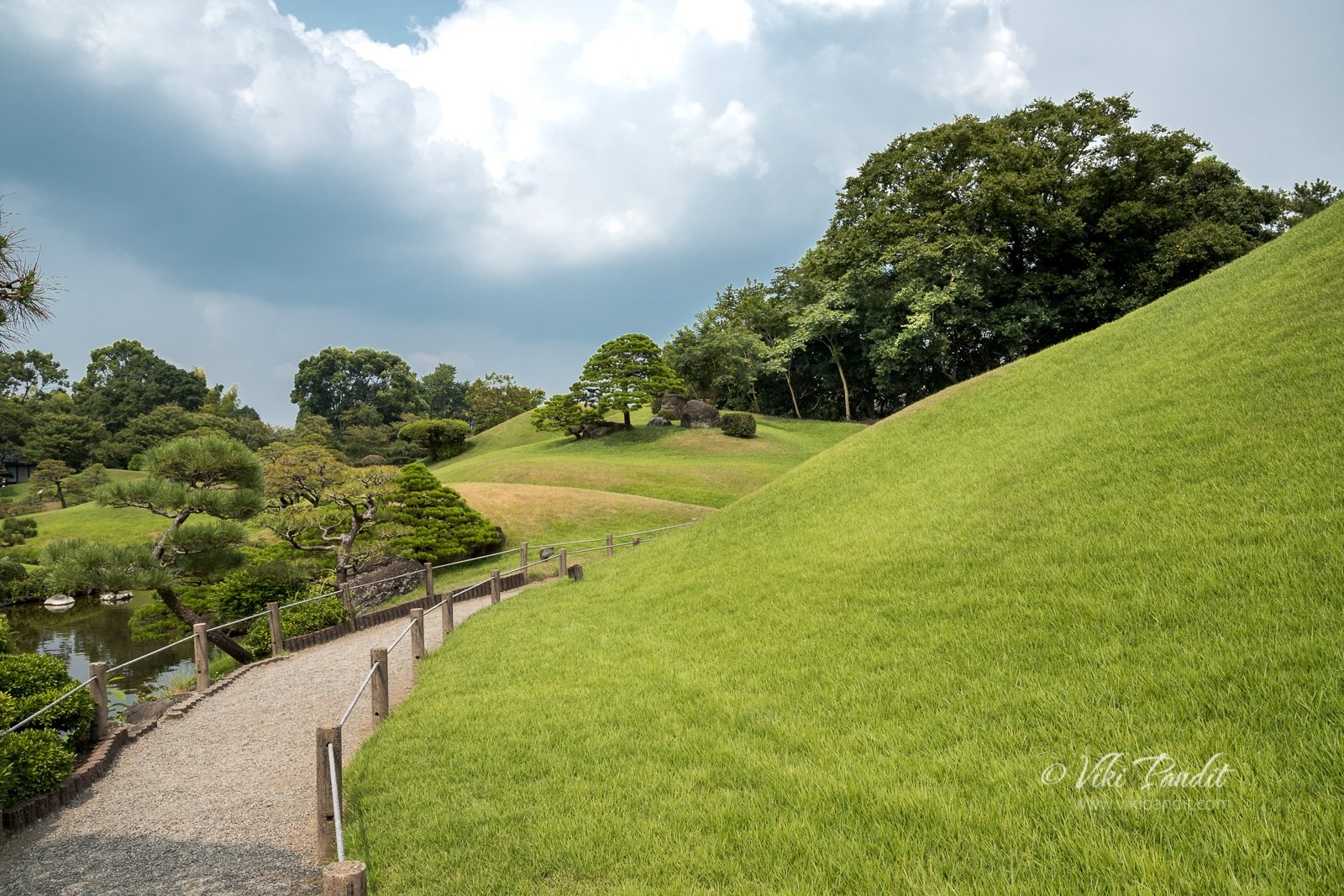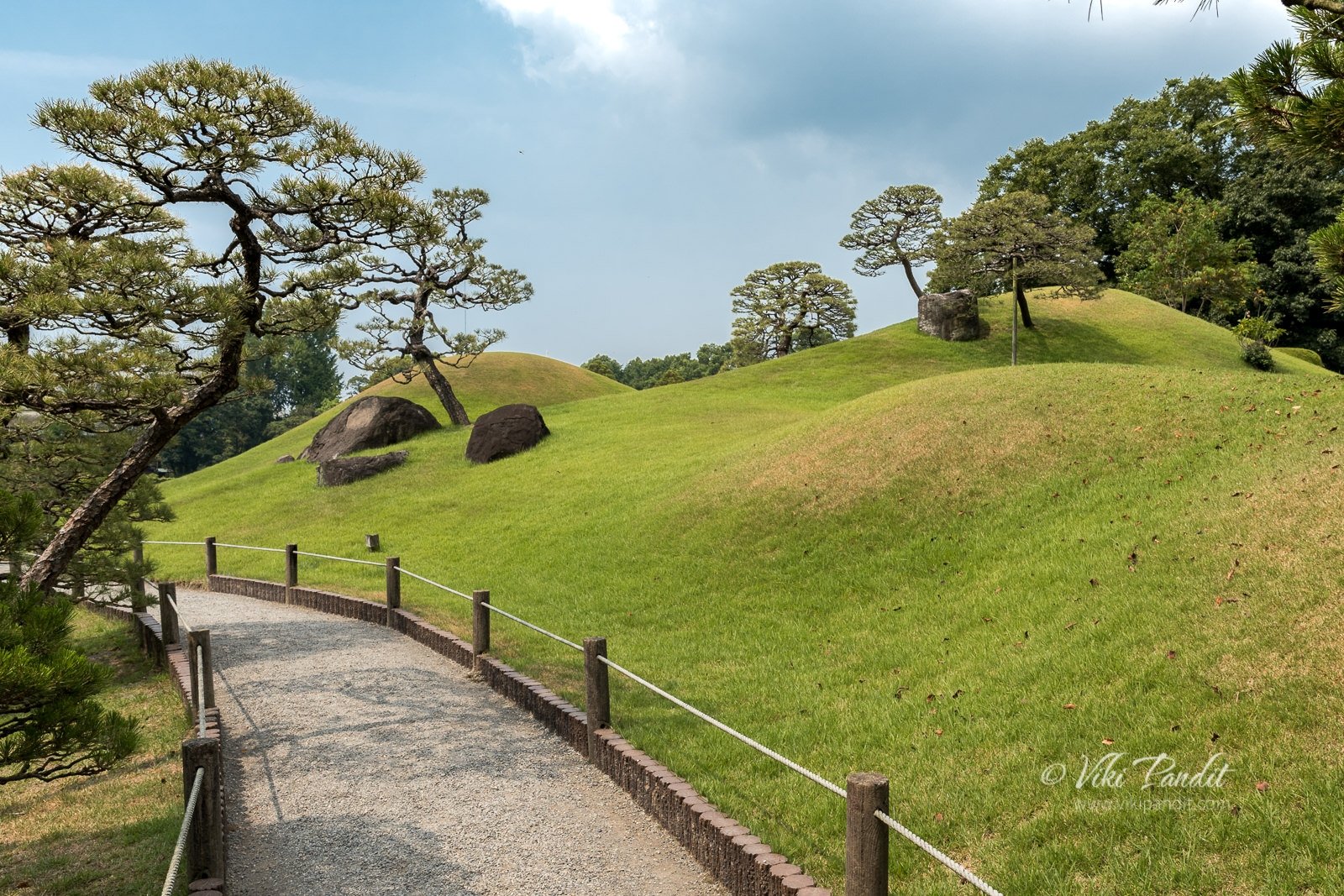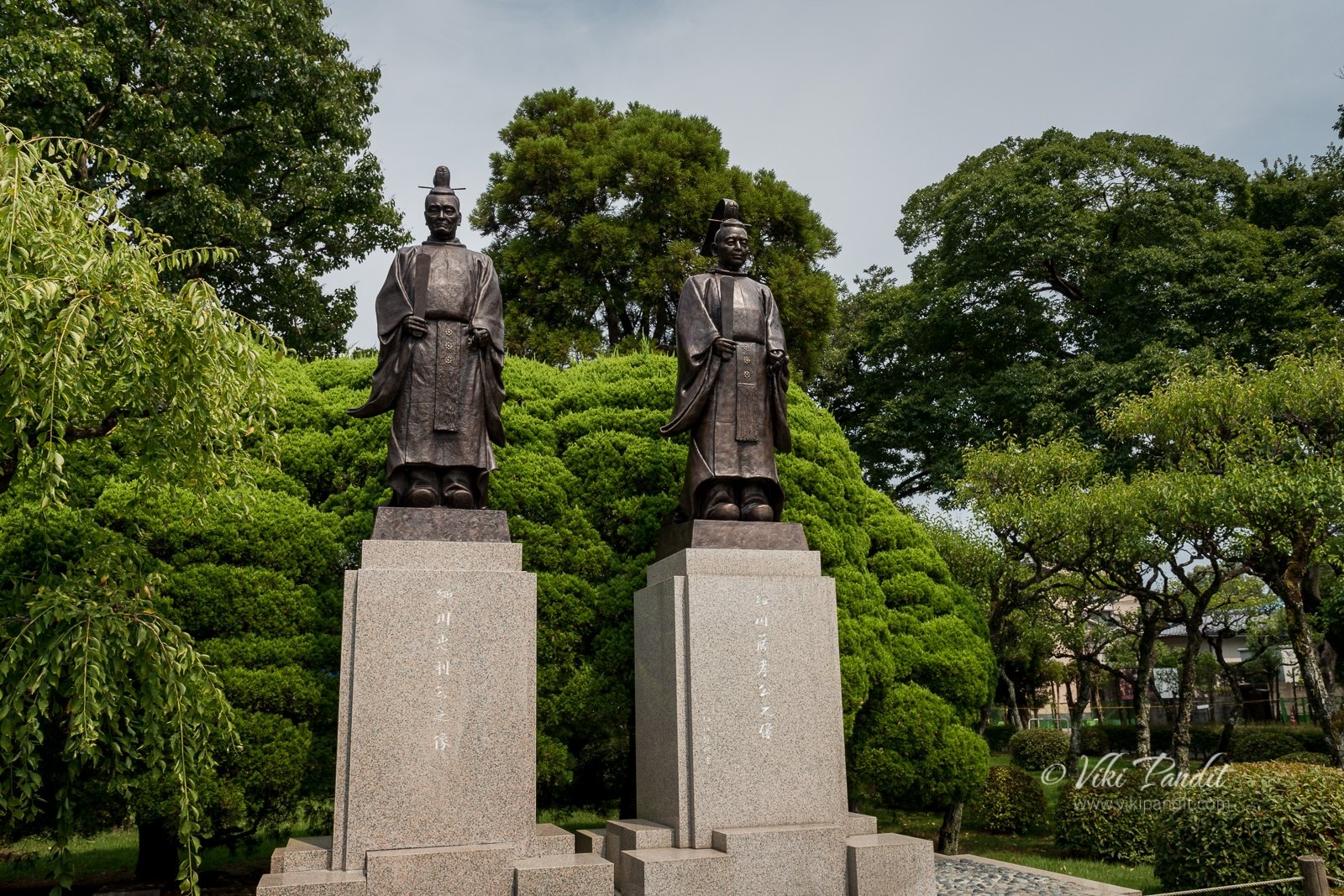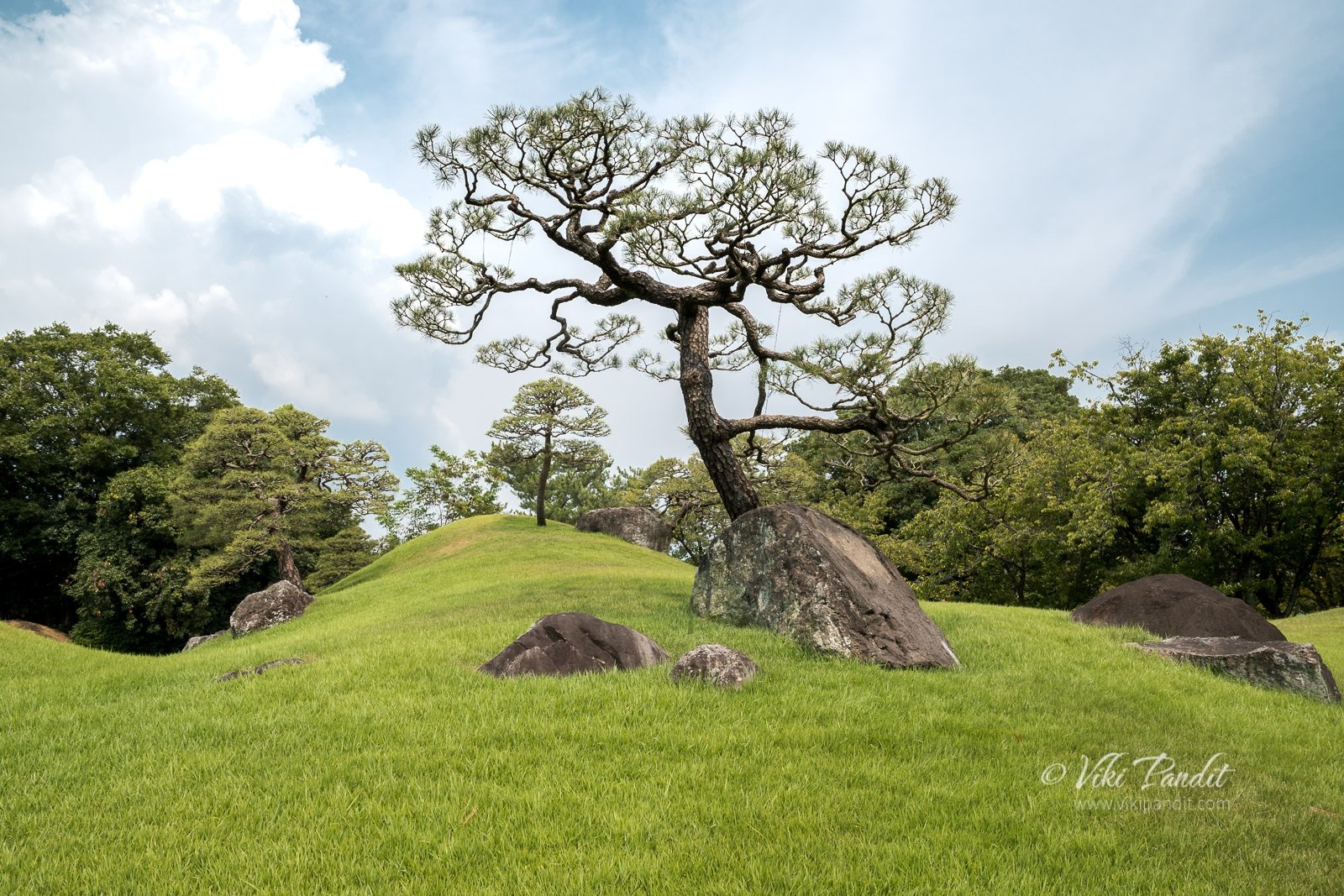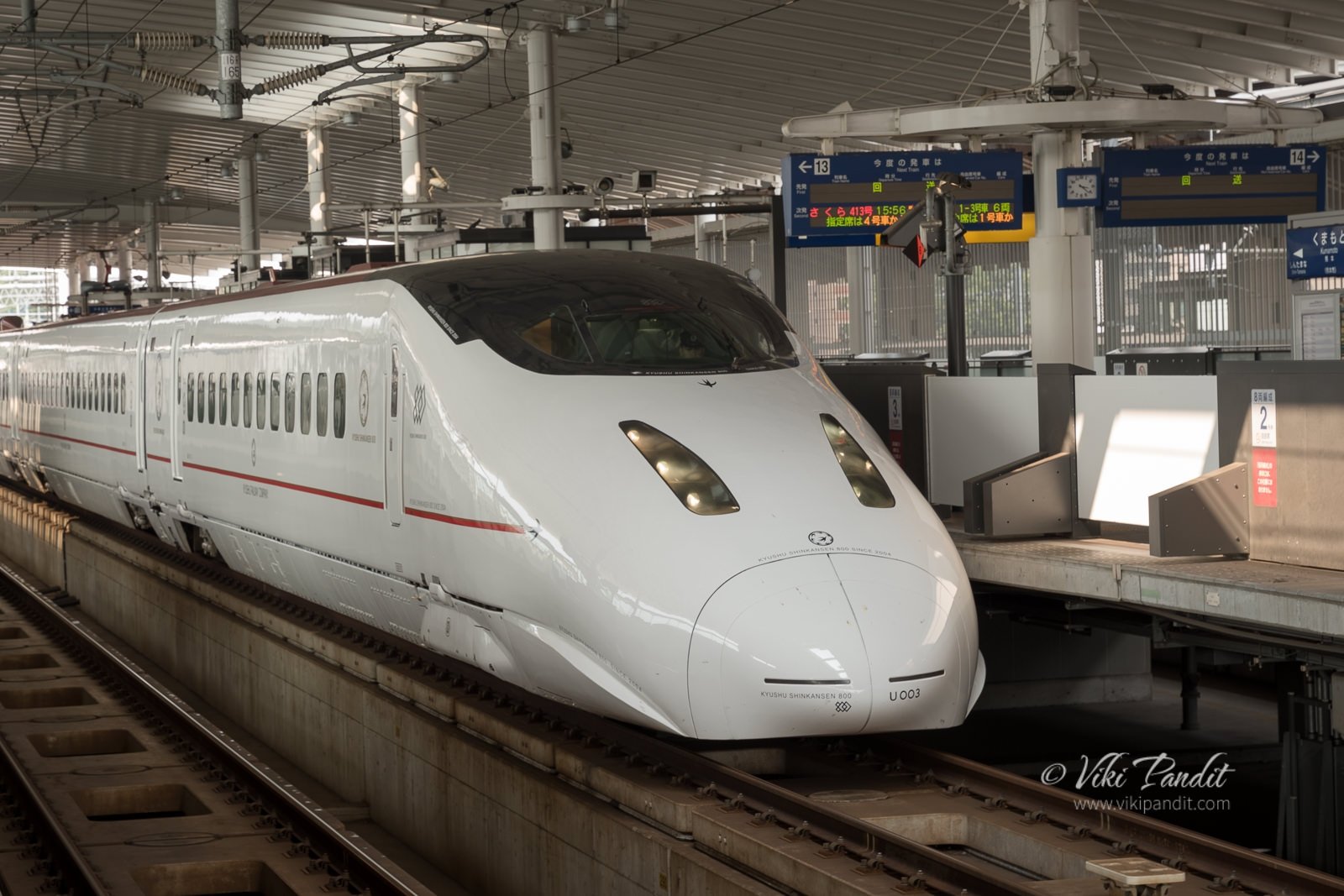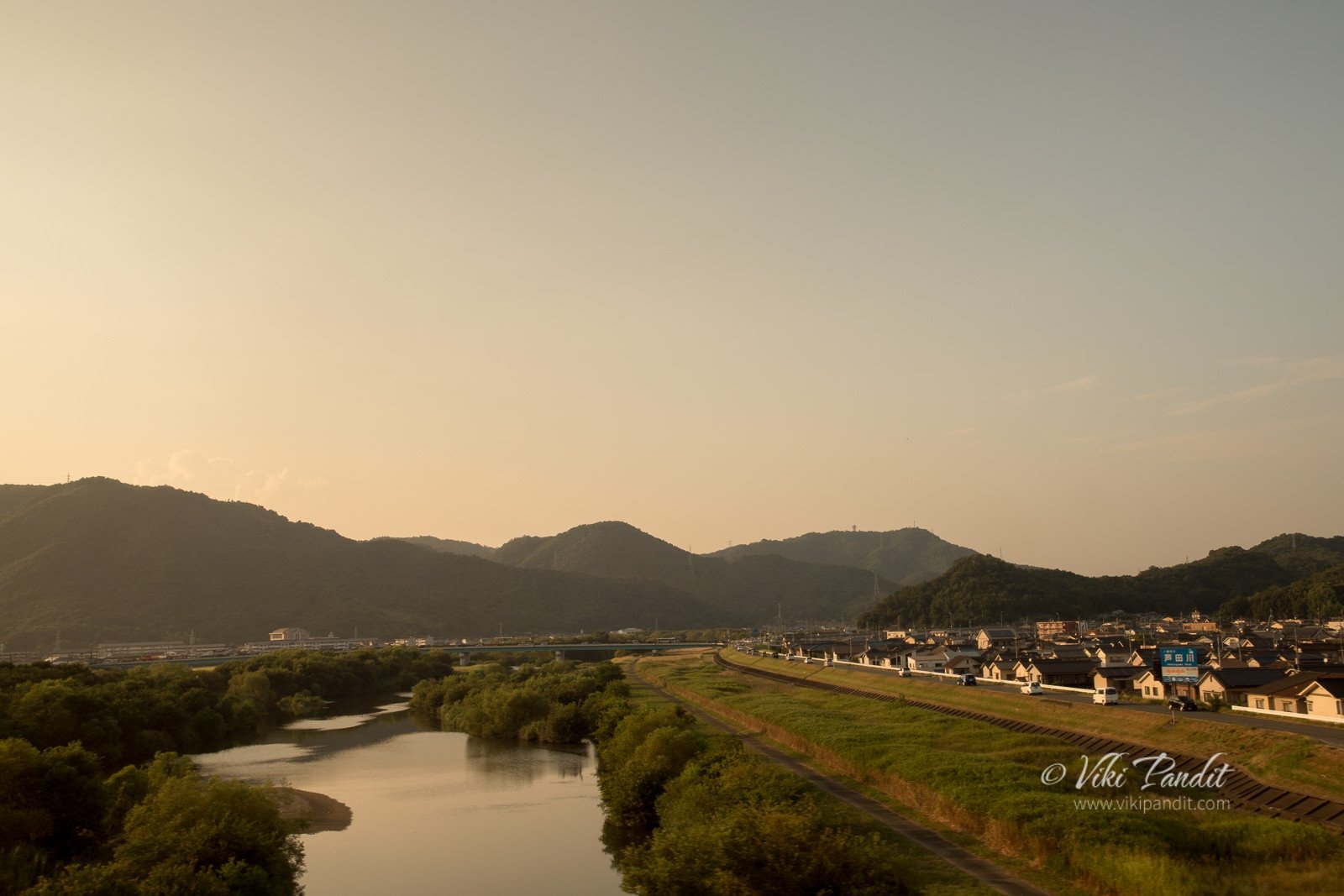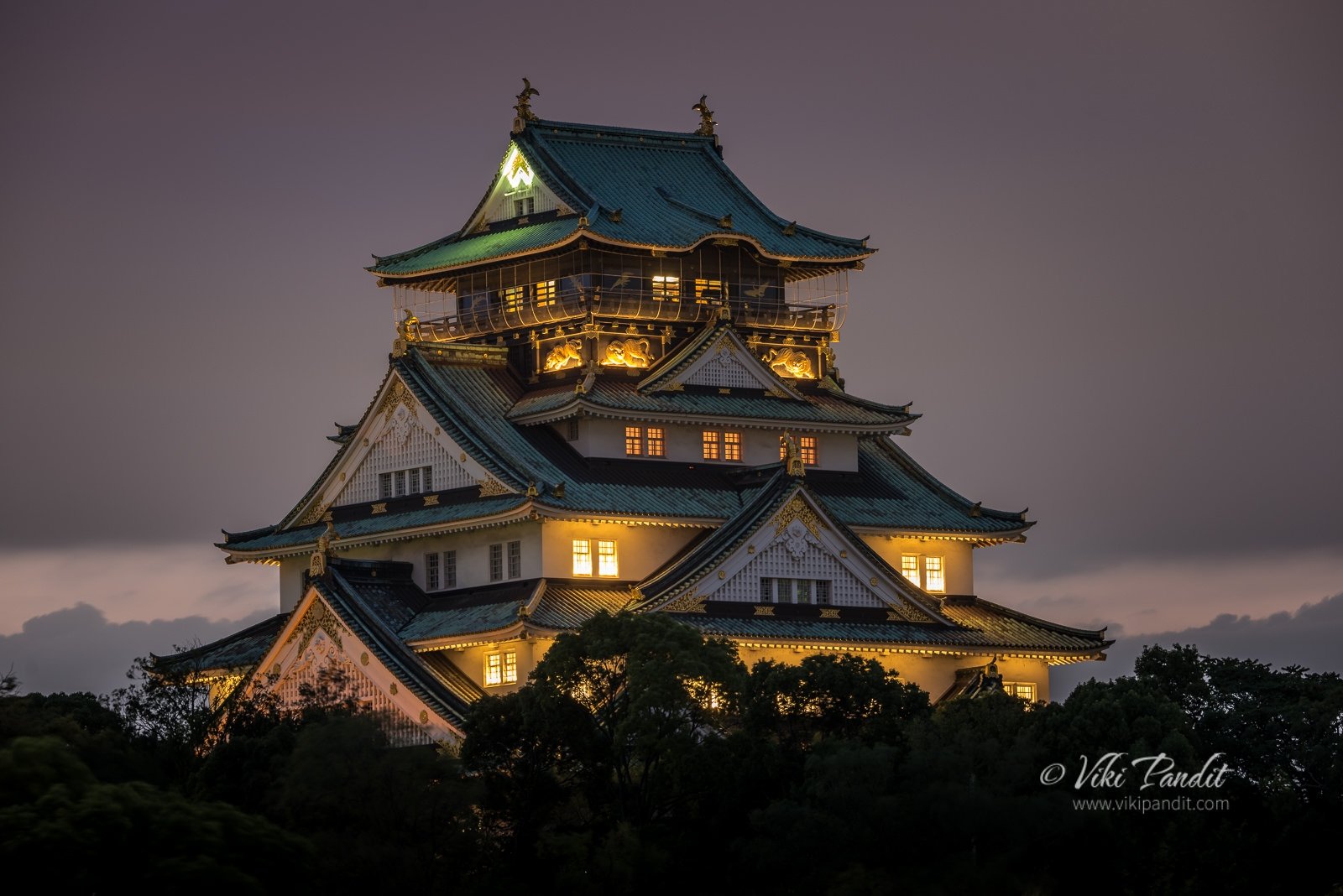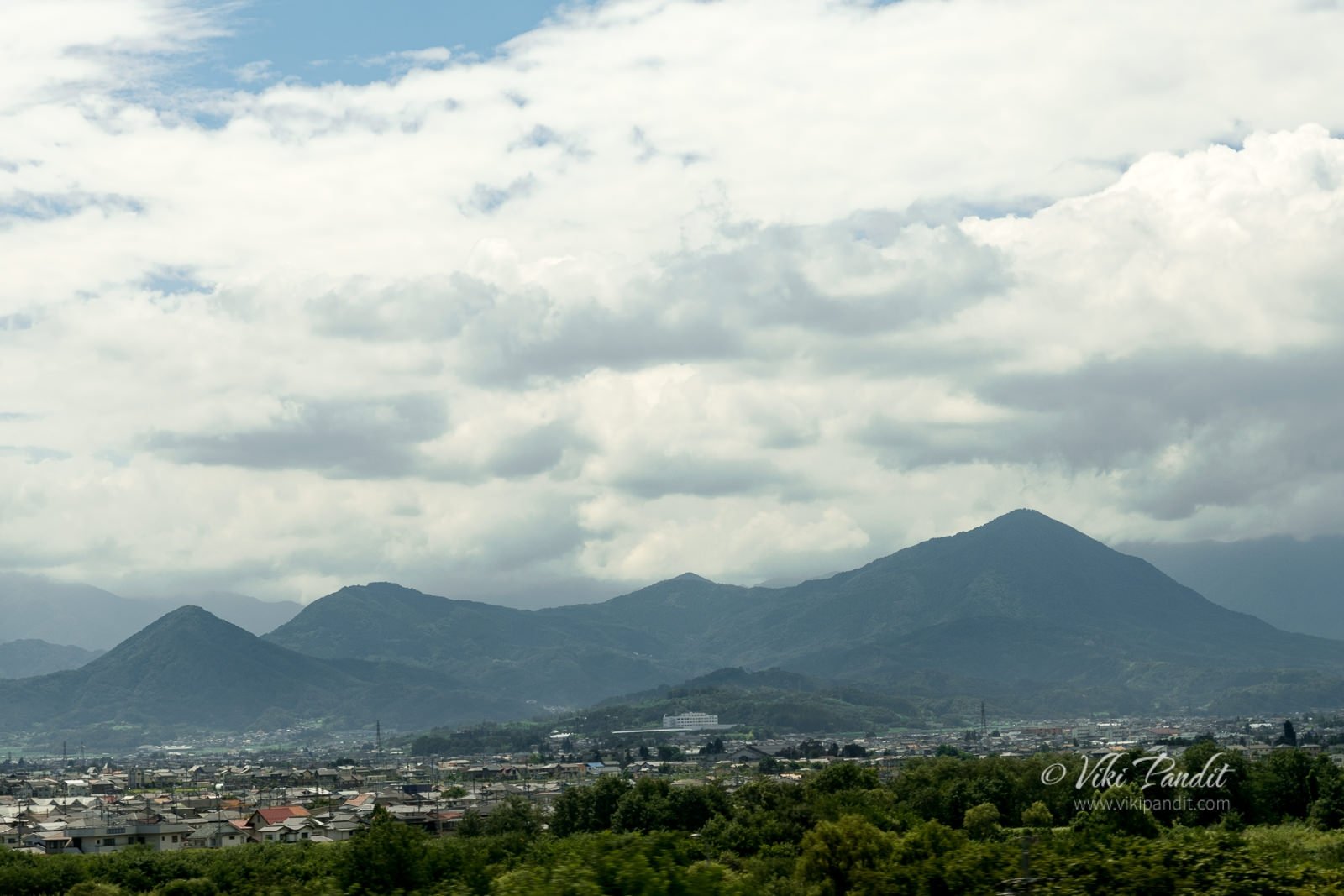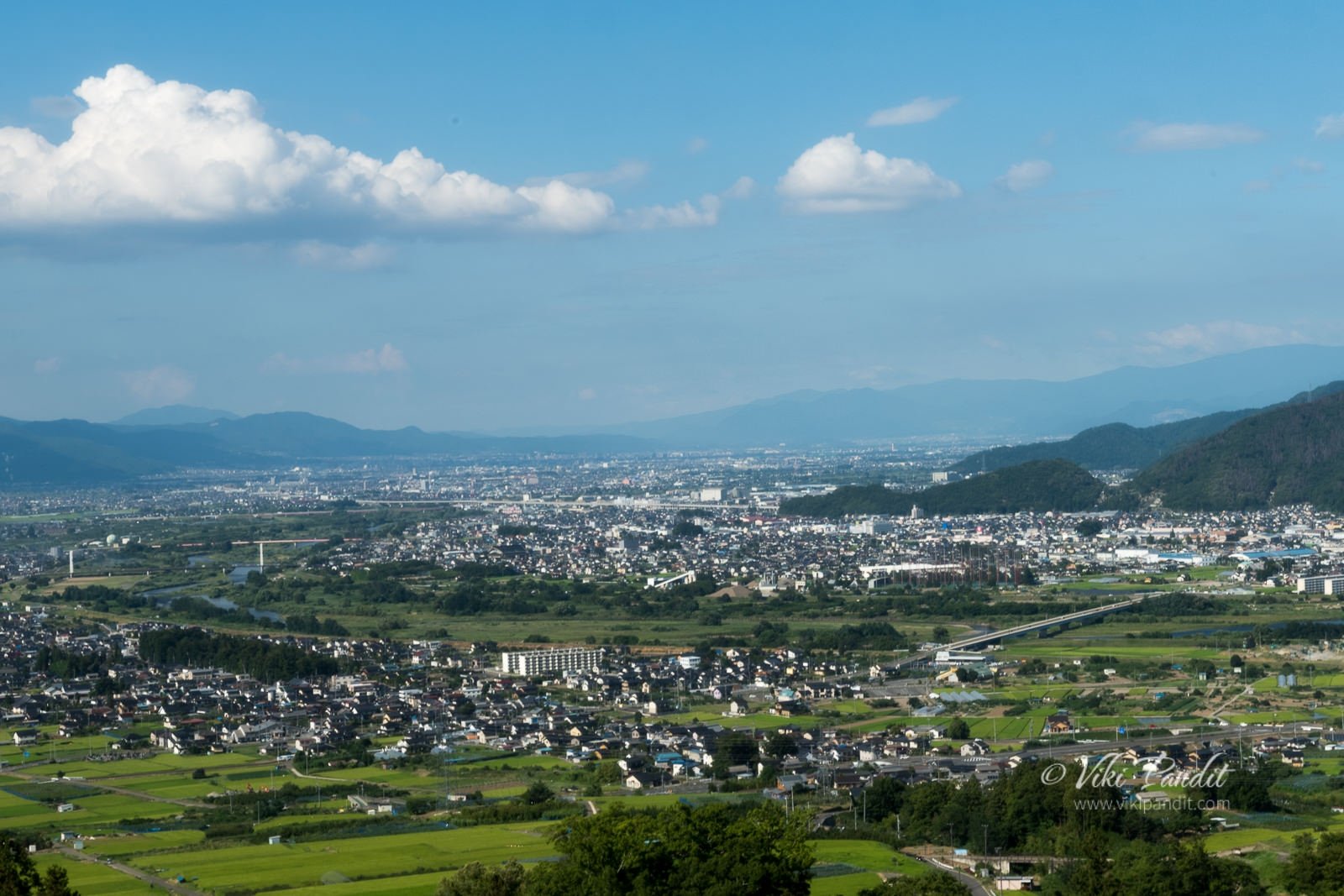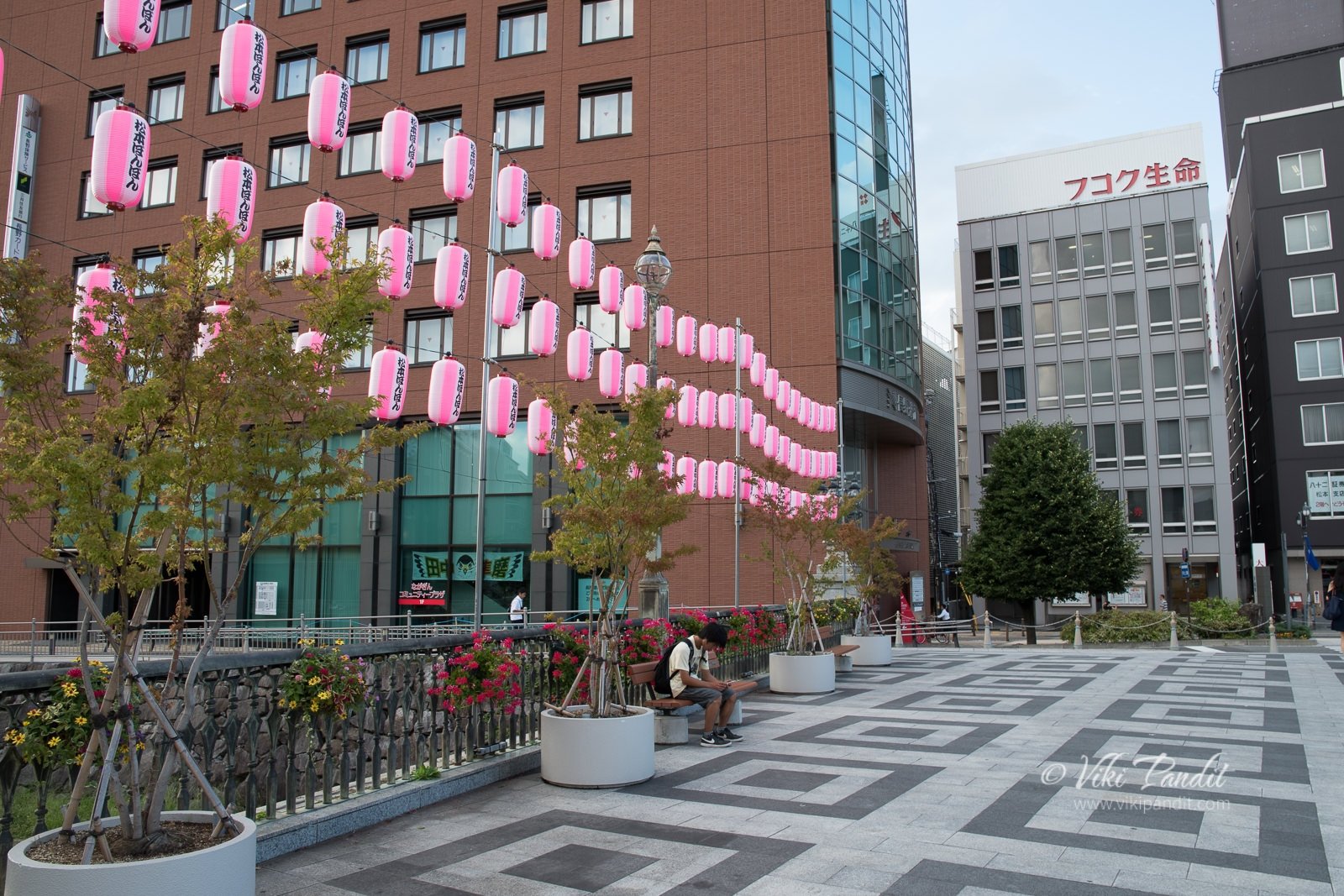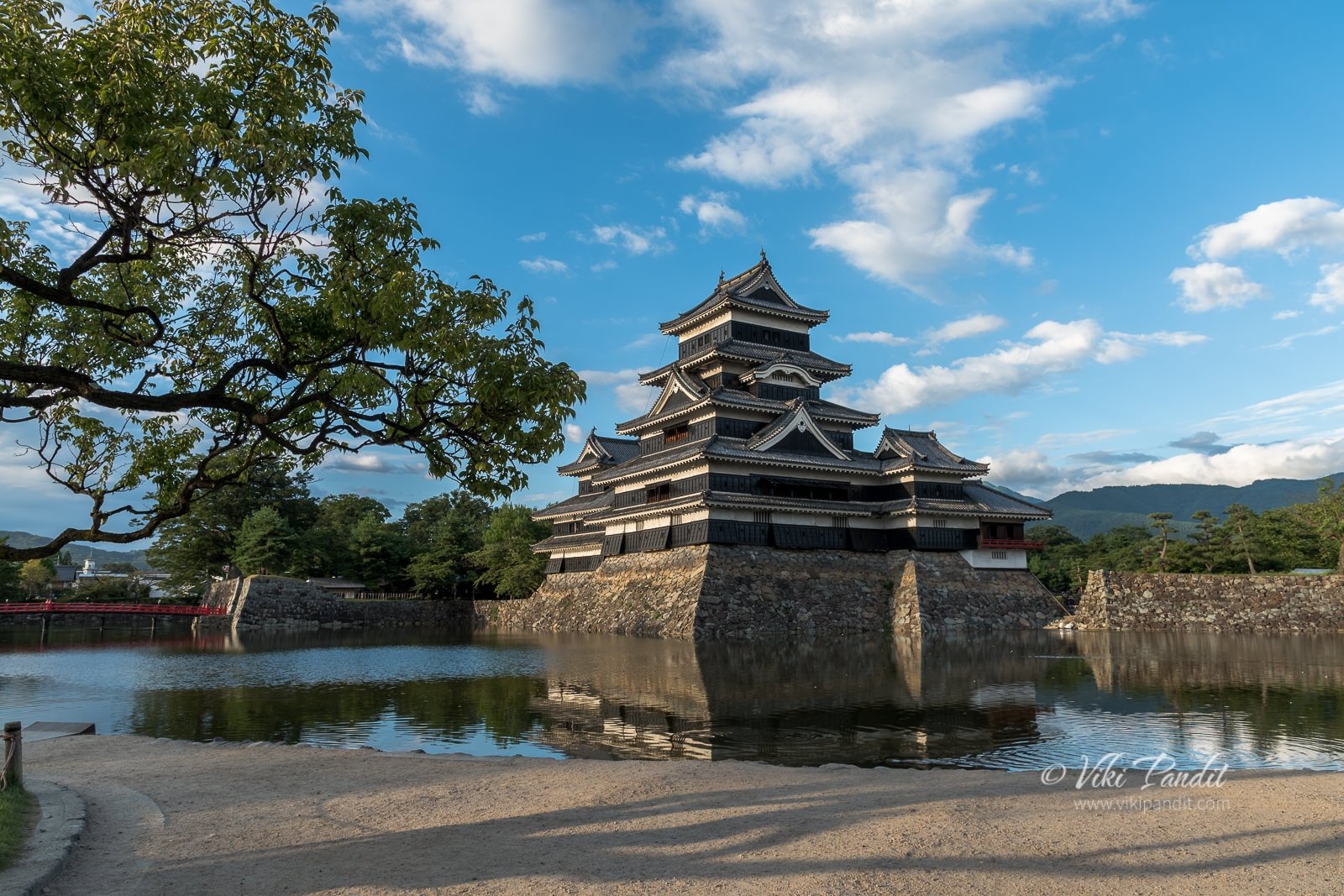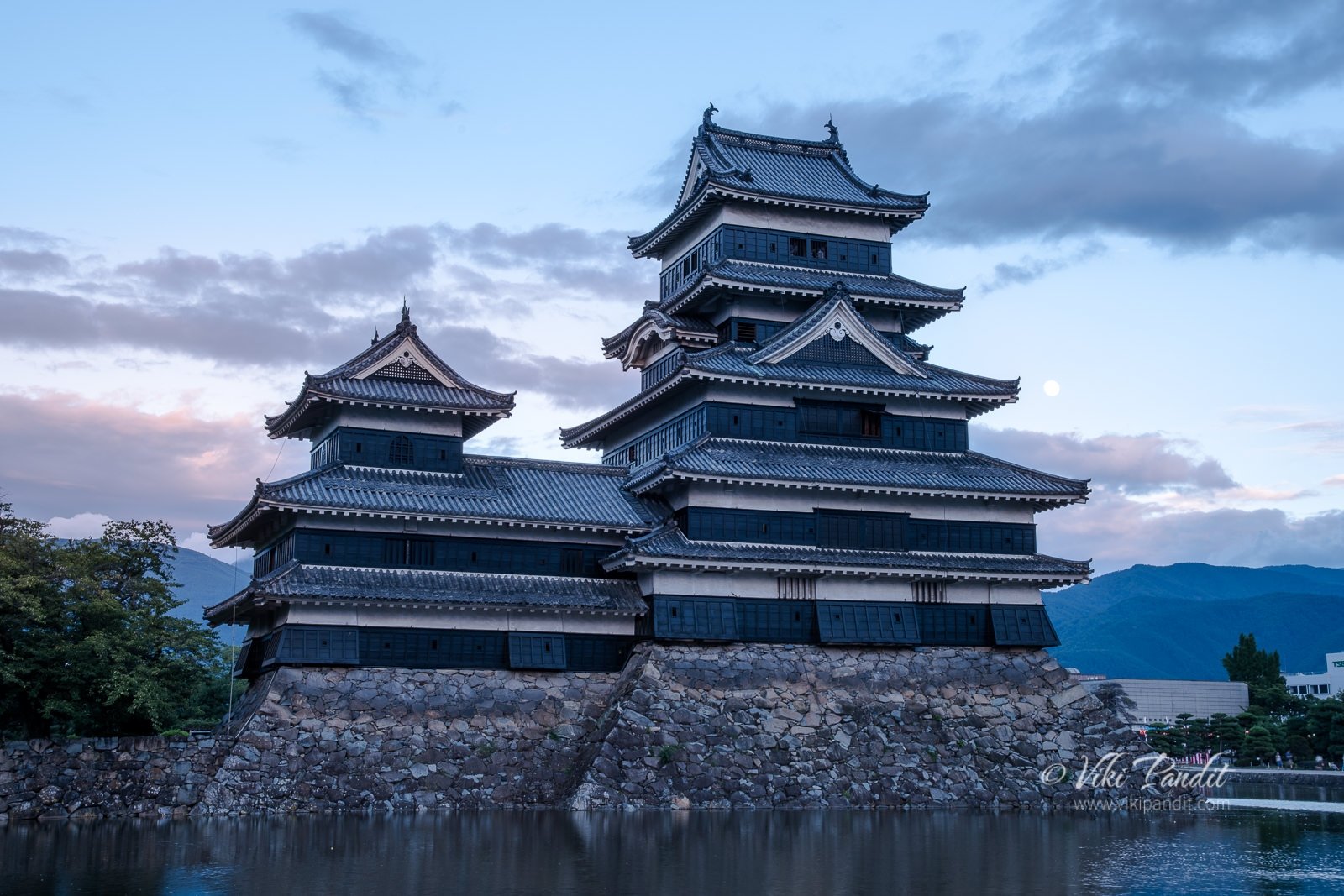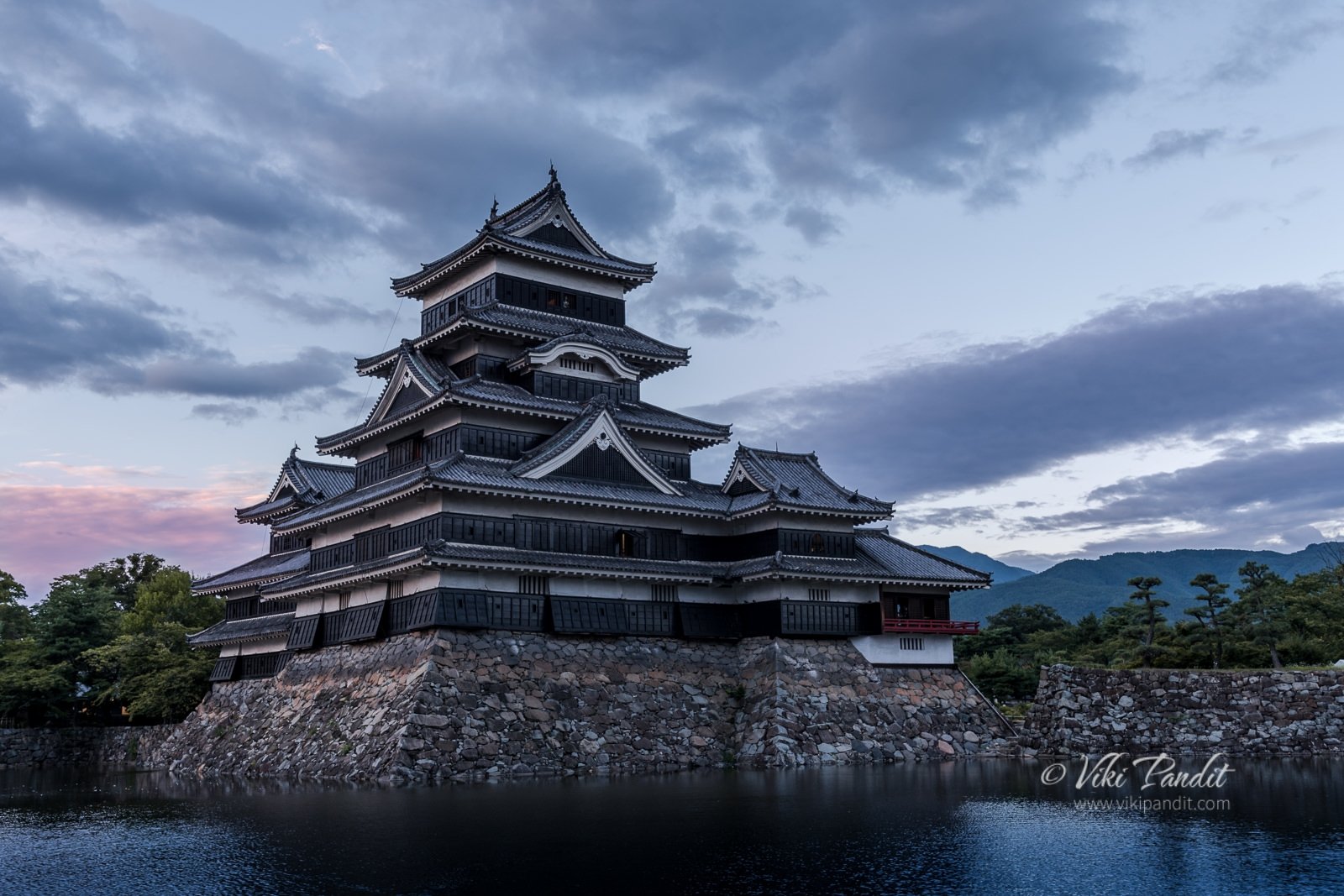On our autumn break, we were heading to the Rann of Kutch. The Great Rann of Kutch is a salt marsh located in the Thar Desert in the Kutch District of Gujarat. Kutch derives its name from its resemblance to a tortoise which is pronounced as “Kachabo” in the local Gujarati dialect. Kutch used to be a desert sporadically populated with small tribes. The first known mention of Kutch occurs around 300 BC. when a holy man, lost in the forests of the north-western Kutch, cleared the wildlands using celestial fire so that he could find his way home. It is said – from those ashes sprang crops of grass so rich that large numbers of pastoral tribes from neighboring areas moved in making it their new home.
Bangalore to Bhuj
There are many convenient ways to get to Bhuj but to save time I choose to take the flight from Bangalore with a break of a few hours at the Mumbai airport. This choice, however, was largely forced because my waitlist queue on the inbound train to Bhuj never moved a place in over a month.
As we landed in Bhuj, the flight intercom alerted us to abstain from taking photos of the airfield, on account of it being near the army base. The International border is not very far away and we don’t really have cordial relations with the Pakistanis.
Bhuj is the principal town of Kutch in Gujarat. The Kingdom of Kutch was founded around 1147 CE by Lakho Jadani of the Samma tribe who had arrived from Sindh. The walled city is built around a lake dominated by a fortified hill. As we stepped out of the Jet Airways plane, an army fighter took off from a nearby field. No wonder, the military doesn’t want tourists posting pictures of this area.
We had reservations at the Click Hotel in Bhuj. Taxis, few in numbers were asking for an astronomical amount of Rs. 500 for a three-kilometer ride to the hotel. With a little bargaining, I was able to convince an auto driver to drop us off at the hotel for Rs 200.
Click Hotel is one of the most lavish hotels in the city. It also helps immensely that they are located right next to the Bhuj railway station. The room and facilities at the hotel were beyond expectation. I would really recommend this hotel just on the basis of its amazing location.
After a shower, we dropped into the hotel restaurant on the ground floor. In Gujarat, come prepared to eat vegetarian. After lunch, we hopped into an auto-rickshaw also known as the Tuktuk, towards the local market. We were searching for some ethnic costumes to wear on our days at the Rann festival.
The Waniyawad market is about 15 minutes away from the hotel and it didn’t take us long to find a decent store that sells local handicraft items.
After obtaining a lovely Ghagra/ choli with lovely mirror work for my wife and a Kurta in Rabari embroidery for yours truly, we hired another auto-rickshaw to take us to the ruins of Royal Chhatardis of Bhuj. The “Chhatris” complex is a popular cenotaphs complex in the outskirts of Bhuj, not more than a 15 minutes ride from the town center. It preserves the tombstones belonging to the Jadeja rulers of Kutch.
The ruins of Chattardi of Bhuj
The sun was already saying its goodbyes by the time we reached the Chattri ruins. As the tuktuk dropped us off, you can tell there is no massive gate announcing an important heritage site. The entrance is so narrow that one can easily miss it. The “Chhatris” complex in Bhuj was constructed sometime in the 18th century to glorify the cenotaphs of the Rao’s of Kutch.
Most of the buildings have almost disappeared into rubble piles as a result of the earthquake of 2001. Still, the remaining pieces of history were enchanting enough for me. A few local visitors were sitting on the broken pedestals, enjoying the beautiful sunset. It was getting dark fast, so I decided to come down the next day at sunrise.
Reaching Chattardis of Bhuj
Even though I was exhausted from the two flights of the day before, I was also bubbling with excitement, to visit the final resting place of the kings of Kutch. I woke up at 5 am when the stars were still illuminating the sky. Bhuj being one the westernmost towns, the sun rises quite late in these parts at around 6.30 am.
It was still dark as I went around the back of the hotel towards the auto-rickshaws parked near the railway station. The Chattardi complex is located at a distance of about 5 km from Bhuj Railway Station, situated to the southwest of Hamirsar Lake. By the time the auto driver dropped me off in front of Chattardi complex, a soft glow of dawn had already appeared over the horizon.
History of Chattardis of Bhuj
I still had a half-an-hour lead over the sunrise. The revolving gate at the entrance was unmanned and I quickly made my way towards the damaged ruins. The Chhatris in Bhuj were commissioned sometime in the 18th century by Jadeja ruler Rao Lakhpatji.
Kutch was ruled by the Jadeja Rajput dynasty of the Samma tribe from its formation in 1147. The rulers had migrated from Sindh into Kutch in the late 12th century. The Jadejas in all probability could have been one of the Sindh tribes who, in the tenth century, were converted to the tenets of the Karmatians. When the leading branch of the Sammas adopted the orthodox form of Islam, the Jadejas kept to their Hindu faith. Some historians point to 1185 when Jam Jadaji became king of Sama Nagar, Sindh. He had no sons. So he adopted two sons of his Younger brother Veraji; Lakhaji and Lakhiyarji. So The names of Lakhaji and Lakhiyarji were changed to Lakhaji ‘Jadeja’, which means son of Jadaji. Thereafter all descendants were named ‘Jadeja’, which means sons of Jadaji.
Interestingly, the genealogy of the Jadejas is still maintained today by the respective Jadeja branches and every single person in their clan can trace their ancestry through to Rato Rayadhan.
The pure Jadeja rule started sometime near 1365 CE. Though considered a new name, they rose into prominence after the conversion to Islam of the Samma rule, that immediately precedes them.
The name Jadeja means “Belonging to Jada” in the Sindhi and Kutchi language, and is pronounced as “Jaa day jaa”.
The construction of cenotaphs or chhatris by the Royal families of erstwhile kingdoms in Gujarat and nearby regions had been in vogue for many centuries. These umbrella-shaped dome structures, built in memory of royals can also be found all over the nearby regions of Rajasthan and also in some parts of Madhya Pradesh which were connected to the Rajput lineage. Kutch was ruled by the Jadeja Rajput dynasty until 1948 when it acceded to the newly formed Republic of India.
The cenotaph complex was deserted at this early hour and I went about taking shots of these collapsed masterpieces. There are no official markings and it is impossible to assign any of these to a particular ruler.
Inside the complex, there are many different types of Chhatris. I really loved the detailing on this tombstone. It is the most detailed surviving structure. Floral designs are the most common patterns found on these tombstones. Apart from floral patterns, hexagons, octagons, and stripe patterns can also be seen across the walls of the structure.
This was in all probability another tombstone of a Rajput king, but it is impossible to say who is depicted on the tablet. Over the years these ancient Chattris – the tombstones of fallen heroes, and stones erected in memory of their heroism and chivalry became their recognition. The person on the horse is supposed to depict the king surrounded by his wives.
Further up, I found another similar tablet. It was much simpler compared to the other ones. This one didn’t have the depiction of the king’s wives surrounding it.
As I moved from one cenotaph to another I found myself in front of the largest and the finest tombstone, that of Rao Lakha built in 1770 CE. This cenotaph is particularly famous as it was shown in a Hindu movie. The movie was released years back and at that point in time the heritage structure still had its roof.
The story of Rao Lakhpatji
Maharao Lakhpatji, born in 1717, was probably the most influential of all the rulers of Kutch. Also known as Lakhaji, he was the Rao of Cutch, who ruled the princely state of Cutch (Kutch) as a regent from 1741 to 1752. He later succeeded his father Deshalji I in 1752 and ruled until his own death in 1760.
Rao Lakhpatji was a pivotal figure in the development of Kutch and his reign which started in 1741 saw the arts of Kutch introduced to the rest of India.
Please be careful while exploring these structures as you can see the main gate is just about hanging somehow.
Unlike Maharashtra, which is almost entirely covered by the basaltic lava flows of the Deccan Trap, the Bhuj landscape comprises sandstone and shale. Built of these red sandstones, the Chhatri of Rao Lakhpatji is situated on the northern side of the Chattardi complex. The main Chhatri used to be supported by decorative pillars, a fine specimen of Kutch architecture. Once you enter Rao Lakhpatji’s cenotaph you will be amazed by the semi-damaged beautiful sculptures of the deities and people in local costumes.
Designed by Ram Singh Malam, an architect and craftsman from the 18th century Kutch region, the cenotaph is polygonal in shape with balconies. There used to be a blue dome with jeweled work strongly influenced by Turkish architecture. His technique of enamel work is now known as ‘Kutch work’. The depictions in stone of Rao Lakhpatji chhatri suggest that 15 of his wives gave up their lives at his funeral pyre.
Ram Singh Malam is celebrated as a maritime folk hero and songs written on him are still sung in coastal regions of Gujarat.
Constructed in 1770, this cenotaph had many individual balconies. The structure used to be covered with a roof with intricate carvings but currently they lie scattered around the tombstone. In the center of all these lavish constructions sits the tablet of the king himself with 15 of his consorts. The tablets used to sit under the central dome, where it is also said, lies the ashes of Rao Lakha.
Raujputana history is rich in historical romance and chivalry. During my research, I read there are other tombstones dedicated to Rao Rayadhan, Rao Desai, and Rao Pragmal, but without any proper guide, it is hard to tell which one is which.
After taking a few shots in the early twilight, I waited for the Sun to show up, reading up on a bit of history behind the most influential ruler of Kutch – Rao Lakhpatji.
Sunrise at Chatteri
The sun took its time showing itself. The sky was already bright all around by the time I saw it peeking from behind the forests. I took my tripod to the opposite side of the sunrise so I could catch the silhouettes of the tombstones in an artistic way.
I was soon basking in the golden rays of the winter Sun. The square pavilion below was a standout among all other dome-shaped tombstones
In some articles, I have read that the Chattri with a blue dome with jeweled work strongly influenced by Turkish architecture is also dedicated to Rao Lakhpatji. Mind you, with some exceptions, Chhatris are basically tombstones that do not contain the mortal remains of that person and they were built as a tribute to their greatness.
The Chattris of different clans display variations of the umbrella form, in a way conveying its extra-ordinariness. The earlier cenotaphs memorialized their ancestors with Chhatris that took forms appropriated from temples built in the region. During the times of the Raos of Kutch, diplomatic relations with the Mughals imparted their own unique flavor to this structure.
By this time, a couple of local residents had made their way to the complex for their morning exercises. The golden light was perfect to capture the details of these tombstones so I went back around the structures that were comparatively less damaged to capture closely the details in these walls.
A distant view of these structures is very pleasing and yet a closer examination of the designs and intricate carvings engraved on the tombstones reveals a wealth of data about the social history of the region. Some walls bear floral patterns while others bear figurative depictions of equestrians and weaponry such as shields and spears.
On the southern side of the compound, there is, what seems like an active temple where people still come to say their prayers. The Jadejas, themselves were followers of Hinduism and worshiped Ashapura Mata, who is the kuldevi of the Jadeja clan and also the State deity. The main temple of the goddess is located at Mata no Madh.
Just in front of the temple, the square pavilion was lit up beautifully in the soft golden rays of the Sun. This tombstone is the only square-shaped tombstone on the premises and appears to be tilted towards the chaukhandi type of architecture, much more prevalent in Sindh, now in Pakistan. Well, let us just say not everyone loves circular domes.
Restoration of Chattardi
It was 8 am already and I had to go back to the hotel to get ready for my ride to the Rann Utsav. The structures have been severely damaged by the Bhuj earthquake of 2001 and some are currently being renovated though at a very slow pace.
The Kutch region is underlain by a Mesozoic rift system. Faults within such rift systems are known to have the potential to generate large earthquakes. Earthquakes have visited this district of Kutch repeatedly over the centuries. The last great earthquake of 2001 has taken a huge toll on the enigmatic buildings from the 18th century. The area is so rich with cultural heritage, and the earthquake was particularly cruel to many of these architectural relics that embody that heritage.
Walking through the boulders I found stone tablets depicting royalty as well gods and goddesses, some of them exquisitely carved. With no security around the compound, I wonder how difficult it would be for someone to just pick up one of these extremely valuable decorative slabs, either to sell in the gray markets or simply in order to decorate their own drawing rooms. I greatly appreciate the restoration work already done, but the concerned authorities must arrest this decay and destruction of these valuable pieces of our heritage and restore them to their original splendor.
Best time to visit Bhuj
Thanks for reading. Please leave me a comment if you liked the post or follow my story as I visit the White Rann.
The best time to visit Bhuj is between November and February. These are the only times when the harsh sun isn’t beating down on the desert district.
It is open 24×7. I didn’t see any guards and morning joggers use the place freely.
admission is free

